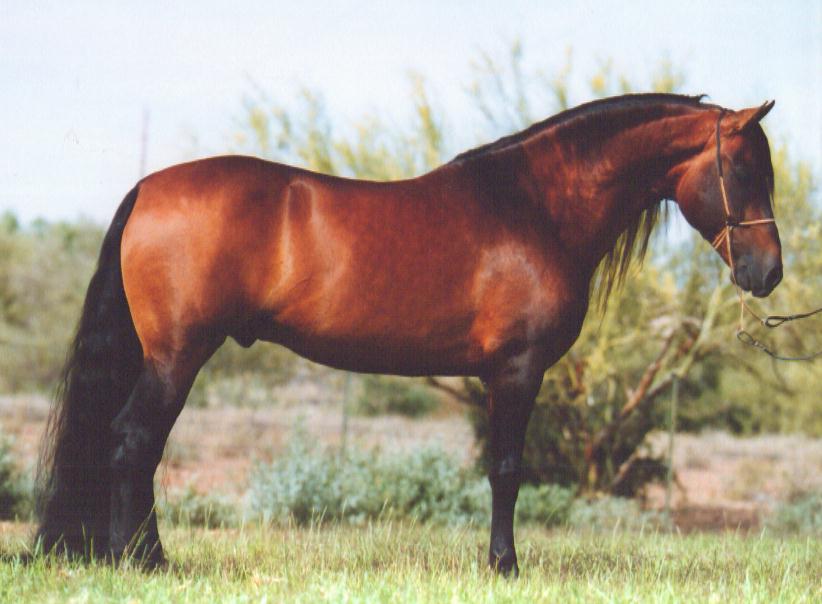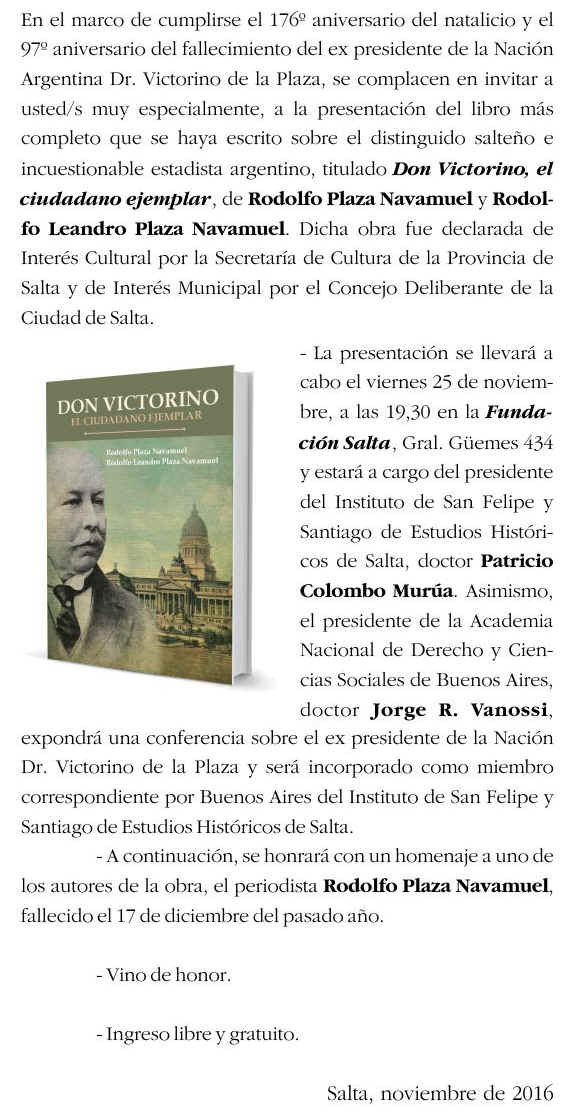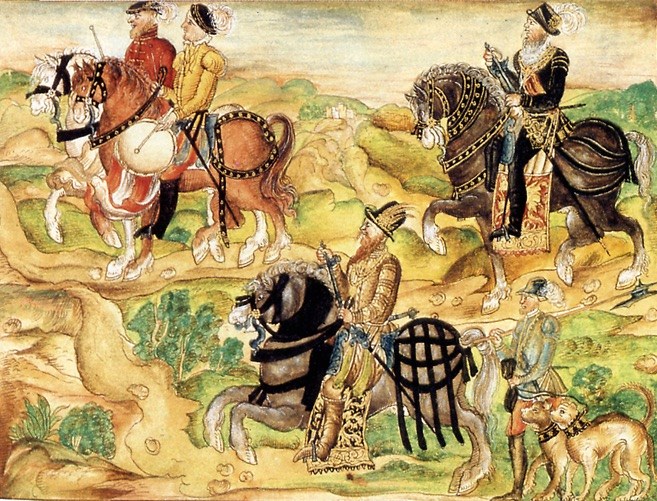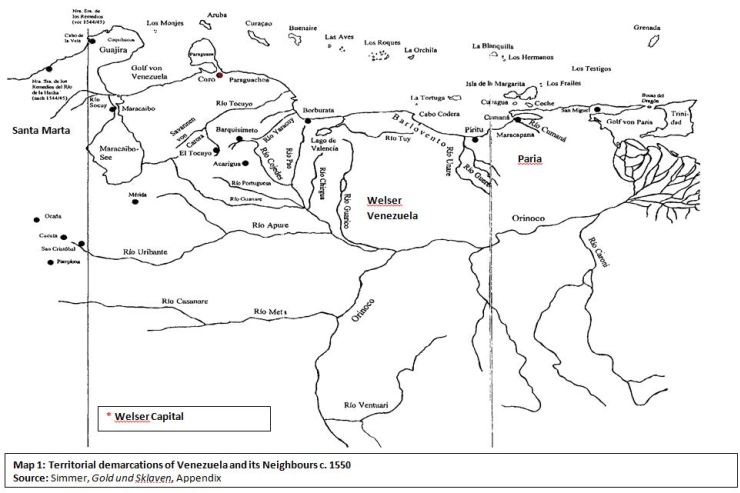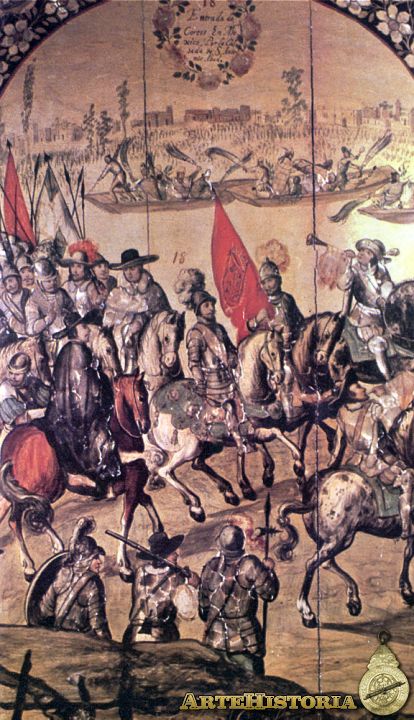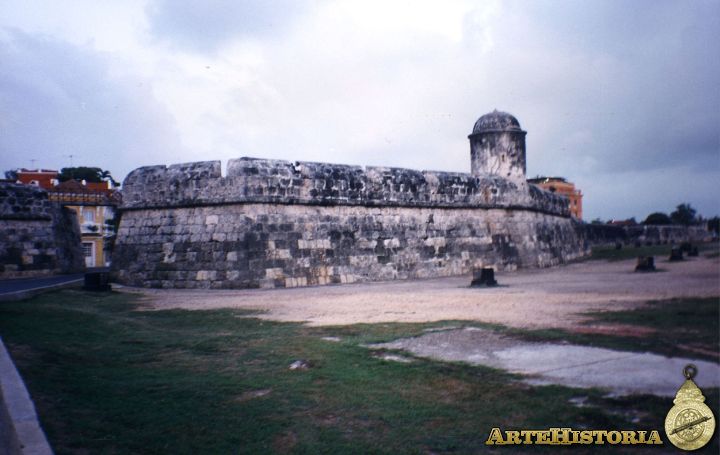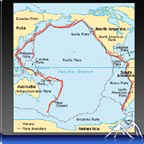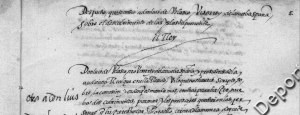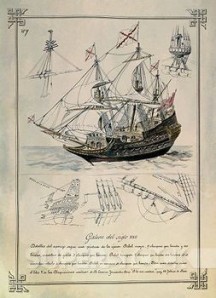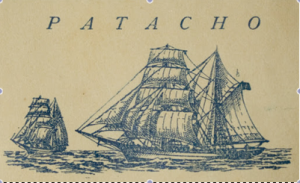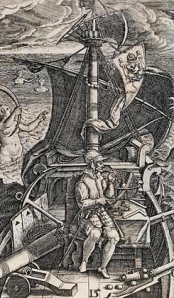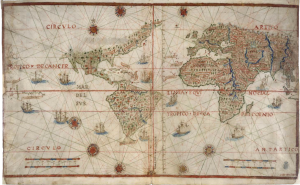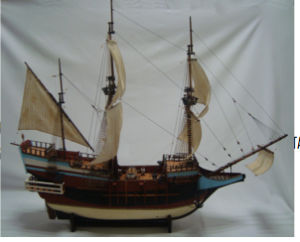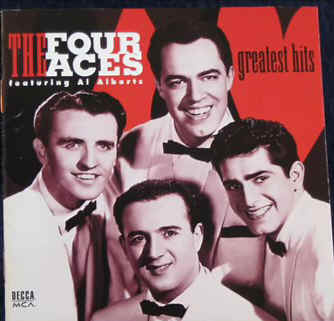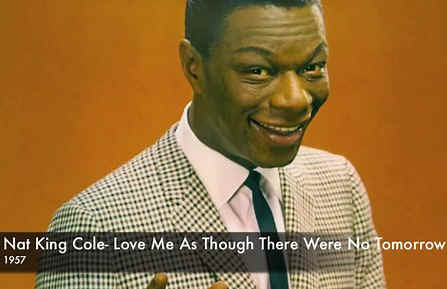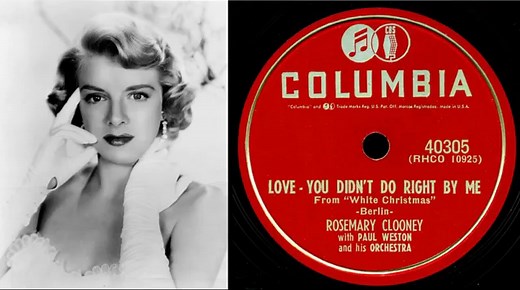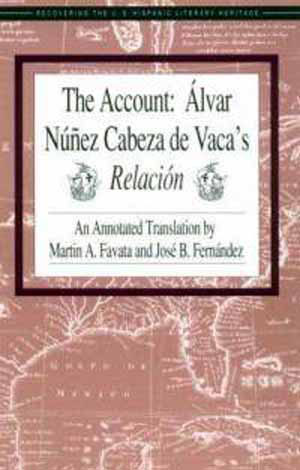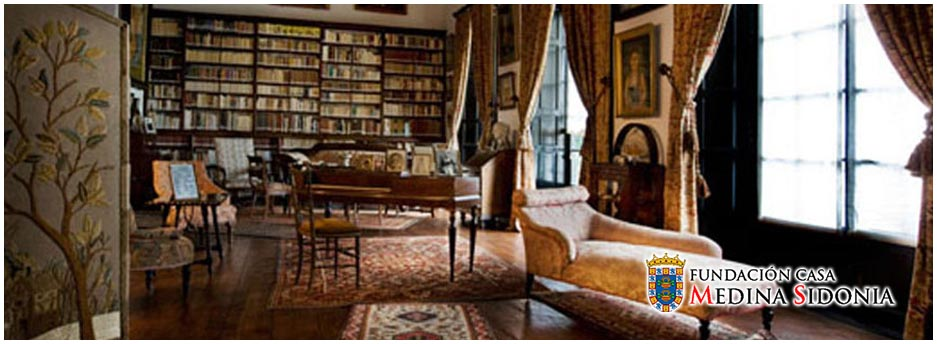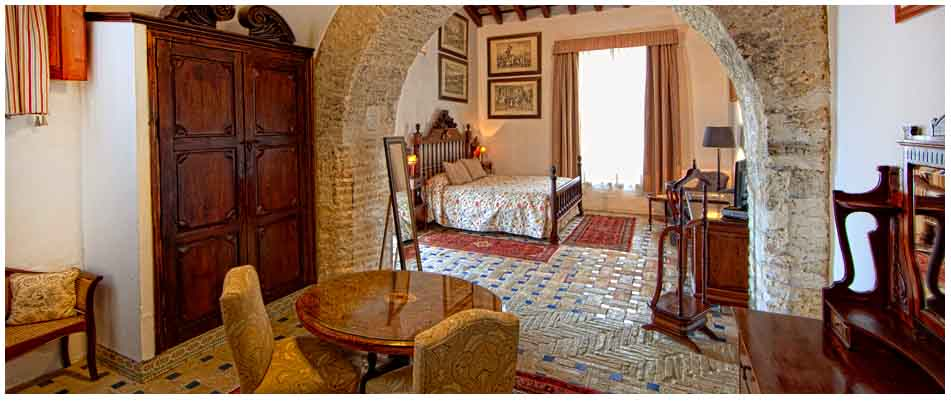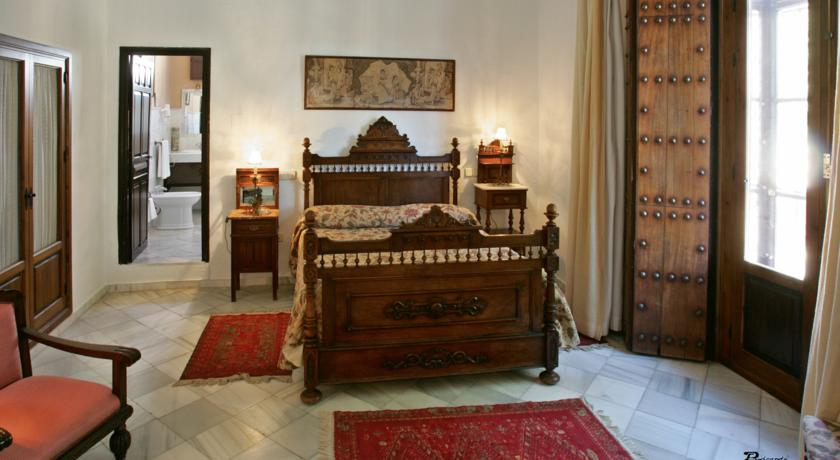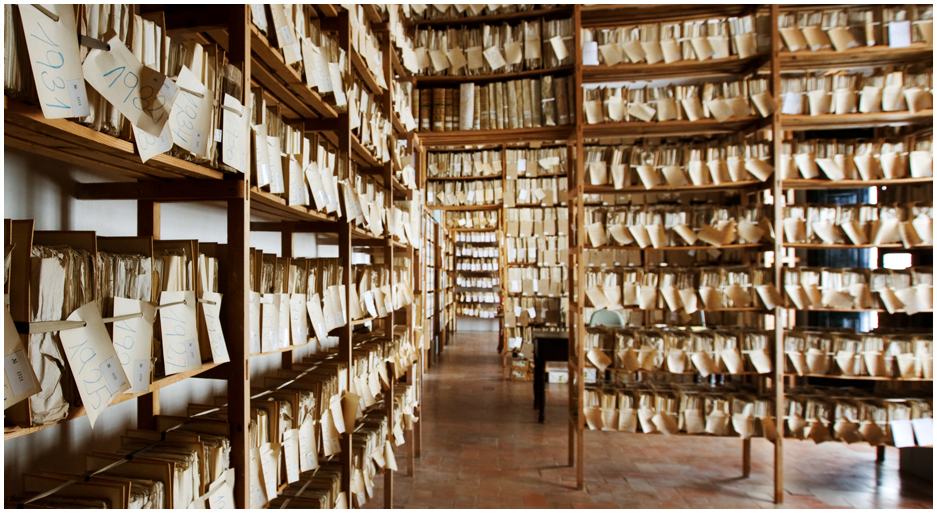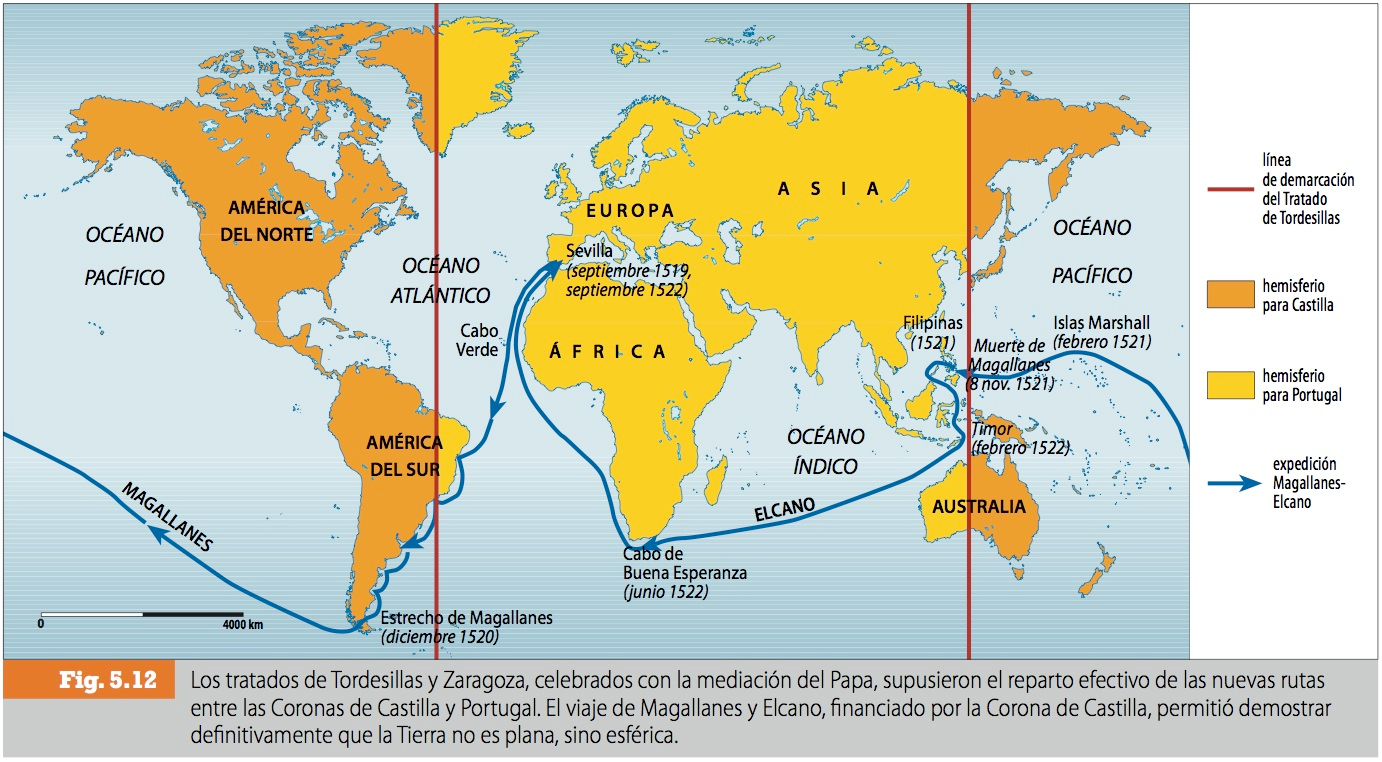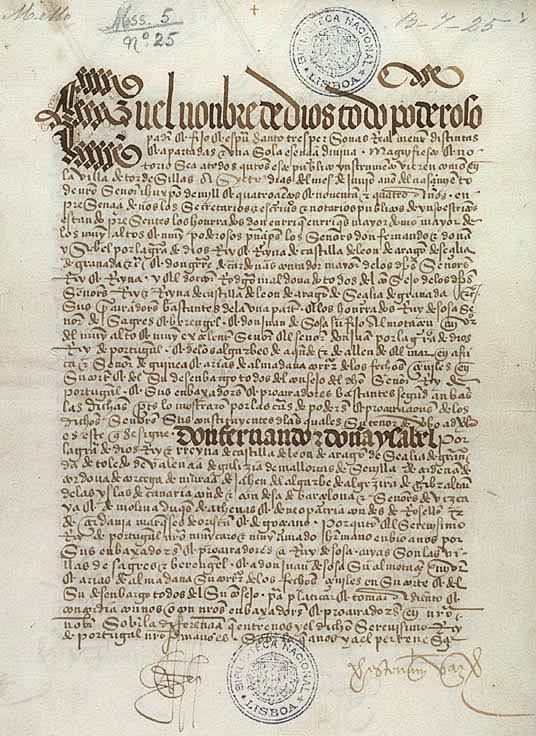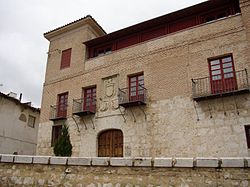This is a story about a Christmas in China after World War II and
how the world changed for me as a consequence of that Christmas.
Hard to believe that almost six decades have passed since VJ Day
(Victory in Japan, August 14, 1945) and the end of hostilities for
World War Two.
By
Christmas of 1945 the war had been over more than four months, just
after President Truman had authorized dropping a 20 kiloton atomic
bomb equivalent to 12,500 pounds of TNT on Hiroshima on August 6 and
a 5 ton atomic bomb equivalent to 22,000 pounds of TNT on Nagasaki
on August 8.
We
did not learn about the atomic bombs until some days after the
bombings when we read the news in the Stars and Stripes, the
Pacific edition of the daily newspaper published by the Armed
Forces: the first bombLittle Boywas dropped on Hiroshima
at 8:15 a.m. on August 6 by the Enola Gay, a B-29 bomber piloted by
Lawrence Tibbett; and a second bombFat Manwas dropped on
Nagasaki the night of August 8 by a B-29 bomber from Tinian piloted
by Charles Sweeney.
August
6, 1945 was not a particularly portentous day. The battle for Iwo
Jima in the winter of that year (February 19) and the assault on
Okinawa later that spring (April 1) were still fresh in memory. The
full force of President Trumans decision to drop nuclear bombs on
Japan would not impact the American conscience until much later in
the future. In August of 1945, however, Americans and, particularly,
American troops in the Pacific welcomed the news that armed conflict
with Japan had come to an end with its unconditional surrender.
That
August American GIs were poised in the Pacific awaiting orders
for a massive assault on Japan. Though weary, American troops were
ready for the last campaign starting with the island of Kyushu
in Operation Downfall led by General Douglas MacArthur and
Admiral Chester Nimitz.
A million men were reportedly massed for that operation in which
President Truman and American military leaders expected more than
250,000 deaths and 500,000 maimed or wounded. By comparison, the
battle for Iwo Jima cost 5,300 American lives and 16,000 wounded;
the battle for Okinawa ended with 7, 300 American dead and 32,000
wounded. The total loss of American lives during World War II was
405,000.
The
atomic bombs saved us from what would surely have been an
Armageddon to vanquish Japan unconditionally. We had been
spared the last campaign. The United States had been at war 44
months; and I had served for more than half that time. I would serve
a little longer before accumulating enough points for discharge.
No American and, perhaps, none of the scientists who worked on
the bombs had any idea of the biological and genetic devastation
potent in their creations, though J. Robert Oppenheimer (father of
the bomb) is reported to have said I am become death when he
heard the news.
In
the Fall of 1945, however, the moral imperatives of life (and of
war) seemed clear and simple. Good had triumphed over evil, no
matter that the victory (like Pandoras box) had unleashed dark
cosmic forces upon the earth.
Many
of us had little comprehension of the awesome power of those bombs.
Later we would understand that the world had entered the Atomic Age.
And later we would also learn about the Manhattan Project and Los
Alamos. But on that August day when we got the news about Japan
surrendering unconditionally, we thanked God.
Of
course, theres regret for the havoc wreaked by the
bombs--140,000 deaths at Hiroshima; and 70,000 deaths at
Nagasaki. What human would not mourn the loss of such life? But
theres also regret for the lives lost at Pearl Harbor, and the
lives lost in a string of atrocities committed by Japanese military
forces in their murderous march across Korea, Manchuria, China,
Burma, Malaya, the Philippines, and a host of islands that dot the
expanse of the Pacific Ocean.
I felt ancient at wars end. War has a way of maturing youngsters,
growing them up quickly. There is also a mantle of invincibility
that cloaks the young, woven of equal parts of arrogance and
ignorance, strands of curiosity, and large patches of naiveté.
Its a wonderful time of life: full of joy one thinks will last
forever; full of agony that seems interminable.
I
was a Sergeant of Marines then, filled with the exuberance of
victory marking the end of a life and death struggle between the
forces of good and evil, a struggle that claimed 50 million lives
world wide.
I
was 19 years old that August and the fates had kept me from harm
thus far. Just two years earlier, on my 17th birthday, I
had enlisted in the Marines, during the dark, grim days of the war
when victory appeared implausible and the fate of democracy hung in
the balance.
The San Antonio of 1941, where a branch of my
mothers family settled in 1731, was a place of brown blood and
white laughter as I wrote in a poem years later, remembering the
citys segregated schools and its English-only rules. Though the
war transformed the city economically, a different kind of war
would vanquish the barriers that had made San Antonio a divided
community and strangers of Tejanos in their own land.
At
war, Tejanos showed their mettle, Boys became men. The League of
United Latin American Citizens (LULAC) suspended its annual
conferences for the duration. On the home front, Mexicana Americans
built planes, subs, and gliders; handed out donuts and coffee to
Americas youth training at Fort Sam Houston, Kelly, and Lackland
Air Force bases in San Antonio. Many became air raid wardens. On the
West Side, Tejana mothers placed gold stars in their windows.
On
the day of infamy, I wondered if I could pass for 17, hoping the war
would wait for me. I tried to enlist in the Army in 1942 but was
turned away because I was too young at 15 for military service they
told me even though the country was desperate for troops. I got as
far as the physical before I was found out and turned away with an
admonishment veiling a smile and an encouragement to try again next
year. Did I know, they asked, that I had flat feet? By next year, I
thought, there would be no glory left. But I waited, toughing out
the 9th grade of school. I should have been a Junior but
instead I was a highschool Freshman, two years older than my
classmates because I had repeated the 1st
grade and had been held back in the 4th. I started
public school as a speaker of Spanish in segregated schools and
didnt improve until I made it to the 5th grade.
In
January of 1943 I tried enlisting in the Navy but was rejected
because of color blindness, not because of my age. When I
turned 17 that year, I tried the Marines, color blindness, flat feet
and all. They accepted me, and after boot-camp at Parris Island,
South Carolina, I was assigned to the Marine Air Station at Cherry
Point, North Carolina, from where I was sent to the 8th
and I (Eye) Marine barracks in Washington DC. From there I was
ordered to the Marine barracks at Air Station Quantico, Virginia,
from where I shipped out to the Pacific. After a stop at San Diego
and Oahu in the Hawaiian Islands, I was part of the tail-end of the
last campaigns in the Pacific.
When Japan surrendered, American GIs in the Pacific were grouped
into those who had earned sufficient points for immediate
return to the states and a victors welcome, and those who
didnt. Wartime service was after all for the duration and
the war was not officially over until December of 1946 even though
the fighting had ended more than a year earlier.
Troops
not returned to the states were massed into a force of military
occupation for Japan and those headed for mainland China as an army
of liberation to disarm the Japanese troops in China and to oversee
their evacuation. China
had been occupied by the Japanese since the 30's and at the outbreak
of hostilities had interned the 4th Marines who had been
stationed in Shanghai. China would be freed at last.
The
hop from Okinawa to Shanghai was short. On that rain-washed day I
did not know my journey to China would mark the beginning of my
search for America.
An
early day harbinger of Battlestar Galactica, the ragtag
fleet of American ships trailing up the Yangtze River toward
Shanghai was heralded with cheers of jubilation and gratitude by the
Chinese. Ding hao! they shouted. Ding hao!
Good, good! But that mood quickly soured when the hive of sampans
crowded the spaces between the ships and the Chinese smiling held
out their hands for some token of largesse signaling our arrival.
What
turned the scene ugly was when the Captain of the U.S.S. Monrovia
ordered the fire-hoses turned on the Chinese clambering up the sides
of the ship trying to get on deck. The Chinese were eager to greet
us, but that greeting was met with disdain by those Americans who
saw the Chinese as nothing more than gooks and could not
differentiate them from the Japanese.
The
force of the water hoses sent the Chinese back into the mass of
sampans, some of them falling into the water through the spaces
between the flat dugouts. The scene became a melee when the sailors
decided malevolently to aim their hoses at the people on the
sampans. The Chinese were bewildered. Why would a liberating force
treat them that way? Chinese women screamed as their babies were
flushed out of their hands by the force of the water from the fire
hoses.
What
should have been a celebration became a melee of confusion and
grief. That was not our finest moment. Those images have remained
with me ever since. Little wonder we lost China to Mao Tsetung in
1948, forced to take our troops to Korea. I was gone by then. I left
China in 1946.
But
the specter of that moment did not deter me from savoring the
experience of being in China, the land of Cathay, of Marco Polo and
Genghis Khan. The Yellow Sea washing against a land already ancient
when the sailors of Colon flitted from fleck to fleck looking for
Cipango (Japan) was not yellow but emerald green in the time of my
youth when all my dreams were green. Years later I would realize
what a profound effect that experience in China had on me.
My stay in shanghai was brief. My outfit
moved on. I was assigned to temporary duty with the 6th
Marines in Peking and Tient-sin. I was posted to duty with Marine
Air Group (MAG) 24, First Marine Air Wing at Tsing-tao, a key
airfield in the Japanese occupation of the Shantung Peninsula just
across from Korea.
Tsing-tao
is a port city and at wars end was once more bustling with the
hum of international trade. In Tsingtao (which sounded like Ching-doh)
I was looked upon with puzzlement. Was I an American Chinese? A Migua
Chinee? They had never seen a Mexican American before. Yes, I
nodded, good-naturedly. Ding hao, ding hao! Good, good!
the Chinese responded with smiles of approbation.
Was
I the first Chicano in China? No. Twenty-five years later in El Paso
I would meet a Chicano, Cleofas Callero, who had been a China Marine
in the years between the World Wars. There were probably others
before him.
Some
30 years later, Carlos Guerra, the journalist from San Antonio would
travel to China. So would Patricia Roybal of El Paso and her
husvband Chuck Sutton, heir of he publisher of The Amsterdam News. And in the 80's Rudy Anaya, the Chicano
novelist, from Albuquerque, New Mexico would venture to China and
record his impressions in a work entitled A Chicano in China.
My affection for the Chinese was regarded with mischief as word
spread that the Sarge was a Chink-lover. Fortunately, hierarchy and
rank are powerful investitures in the military, especially the
Marines. The troops may have disliked my affection for the Chinese
but they took orders from me, like them or not. Everyday I dressed
down some troop for dissing the Chinese. They were not our beasts of
burden, though we employed them on the air base as if they were.
In China, American forces rode roughshod over the Chinese,
acting more like Alexanders Macedonian soldiers than emissaries
of freedom. The Chinese quickly saw me as a friend. I was invited
into their homes. I became good at ping-pong. I went everywhere with
confidence.
American
troops in China, as almost everywhere else, did not carry currency.
Instead we were issued scrip paper money backed by the U.S. armed
forces. Chinese money was out of the question. With inflation,
Chinese money was almost useless. GIs collected it as souvenirs
or for prospective wallpaper.
The
brothel of white Russian women in Tsingtao preferred goods
for their services. Cigarettes were most preferable. Chinese
merchants accepted scrip which they exchanged for currency. In
Peking, Chiang Kais hek was struggling to stabilize the monetary
woes of the country.
One evening, not long after I arrived
at Tsingtao, the base responded to a fire alarm in the city. The
British Officers Club had caught fire and needed help in putting
out the blaze. The fear was that the fire would spread into the city
and become harder to control. From the airbase, three runway fire
trucks with foam screamed into the night roaring toward the glow of
the fire in the distance.
As
NCO of the day, I was responsible for dispatching the fire trucks.
The old China Marines used to tell stories about Chinese fire drills
which I didnt understand until the night of that fire in Tsing-tao.
What
confronted us was both risible and tragic. Attempting to put water
on the fire were Chinese firemen struggling with old-fashioned
wheeled water pumps. One man pumped while the other directed the
hose barely trickling onto the fire. The Chinese firemen smiled
politely as they greeted us. We ushered them out of the way, and
quickly funneled a sheet of foam over the fire. We had arrived just
in time. Though the Chinese firemen could not have contained the
fire, their efforts had given us sufficient time to get there and to
put the blaze out.
I
recognized that the caricature of Chinese ineptness was compounded
by their lack of available technology. Mao Tse tung recognized that
lack also which is why he launched the Chinese Revolution. China had
to enter the modern age despite its legacy as a victim of
colonialism.
The week before Christmas some of the men in my troop wondered if we
could find a Christmas tree in the hills beyond the air base.
Whadaya think, Sarge?
Sure,
why not? We werent prohibited from going into the hills,
though we were counseled to be careful. The Chinese Communists had
been massing in the North and there were reports that some of their
units were heading south.
I
checked out a truck from the motor pool and with a patrol of men
headed toward the rise of hills some four or five miles west of the
base. Once there, we headed off-road toward a clump of Chinese pine
trees and settled on a good-sized tree that we chopped down quickly
and loaded onto the truck. As we were ready to mount up and head
back to the base, one of the men called out, Sarge, take a
look! Coming out through the trees were a number of platoon armed
with carbines and wearing drab uniforms with no insignia. The one
who seemed to be the leader came up to the truck, surveyed it,
walked around towards the front where I was standing, all the while
with his finger on the trigger of what looked like a rapid-fire
carbine. His men stayed
at a distance but with fingers at
the ready on the triggers of their weapons.
We
had brought axes not weapons. I was the only one with a sidearm. I
beseeched my men to stay calm. I could see they were nervous. But
they were seasoned men. I mustered a subtle smile as the leader of
the hostiles acknowledged me and proceeded to inspect the cab of the
truck. On the passenger side of the cab lay the book in Spanish I
had been reading off and on for some time: La Vida Tragica, The
Tragic Sense of Life by the Spanish philosopher, Miguel de
Unamuno. Picking up the book, the leader of the arm-ed men who by
that time we had all surmised were Chinese communists, asked: Y
este libro, de quien es? Whose book is this? I was startled by the
expression, little expecting a Chinese to speak Spanish, at that
moment and in that place. Mine, I said. Es el mio.
Hm,
he murmured, pursing his lips, studying me intently for a moment. He
put the book back on the seat of the cab and mustering an equally
subtle smile motioned his men back into the anonymity of the woods.
Before disappearing into the trees, the leader turned and with a
most subtle smile, waved. I waved back warmly, relieved that the
incident turned out as it had.
What
was that all about, Sarge? one of the men asked.
I
dont know, I said. I dont know.
Years
later I would know, years after I had acquired a structure of
knowledge into which to fit that experience. One day, an epiphany, I
understood the significance of that moment in North China and the
Christmas tree incident of that December.
By
then the homecoming parades had all been held and the heroes all
properly heralded. The United States was almost back to normal.
Uniforms with plastrons of medals had been hung in closets for a day
when they would no longer fit. I was ready to begin my search for
America.
The roots of that search lay in China
where I saw the others and saw myself in them. Though I had
grown up in a segregated society I had never thought of myself as
the other.
But
the war changed me and the way I was to see myself in the context of
the United States. I learned that no matter that Mexican Americans
had won more Medals of Honor than any other ethnic group in
Americas defense, we would have to fight far fiercer battles to
secure for ourselves and our children the fruits of American
democracy.
Though
I had completed only one year of high school, nevertheless on the GI
Bill I went to college after the war at the University of Pittsburgh
where in text after text I studied I did not find myself nor my
people. I did not find my people in the texts I studied at the
University of Texas either where I pursued the Masters degree in
English. They were also not in the texts I studied at the University
of New Mexico where I completed the Ph.D. in English renaissance
studies, American literature, and Behavioral Linguistics. And
because I could not find Mexican Americans in those texts, my
lifes work became a crusade for their inclusion.
In 1947 the city of Three Rivers, Texas, shamelessly
refused to bury in its municipal cemetery a Mexican American GI
whose body had been exhumed in the Philippines and brought home for
a heros burial. Adamantly the white city power brokers would not
yield from their decision. At that point Senator Lyndon Baines
Johnson approached President Truman on the matter and he directed
that Felix Longoria be buried in Arlington Cemetery among the
valiant of the nation.
Out of that incident emerged the American GI Forum, a separate
organization for Mexican American veterans, an organization I
joined. Since then, numerous like incidents have necessitated
creation of many separate Mexican American organizations. It
didnt need to be that way. Once, we were all brothers-in-arms.
In my search for America, I have often thought of that young Chinese
communist who bade me good luck in a language my country sought to
strip me of. I have thought often of that China of so long ago.
Once, I harbored thoughts of returning to China to look for that
young man who had perhaps read
Unamunos Tragic Sense of Life--in Spanish and who at
that moment may have seen me not as a Migua Chinese but as a
literary kinsman.
Who was he? And how had he come to learn Spanish? Was he
perhaps a child of a Chinese Communist who had participated in the
Spanish Civil War of the mid 30s and was now a Maoist? Hum?
The question has remained pervasive for me during all these years.
Thinking backover the yearsthe gains have been worth
the struggle. Mexican Americans did their part in World War II. And
in subsequent conflicts as well as prior wars.
This is our country,
too, for we are in the land of our ancestors when this part of the
United States was Mexico; and when it has called we have served.
But Im still looking for America, in the nooks and
crannies of those years since VJ Day, the end of World War II, and
that Christmas in China.
Copyright
©2001 by the author. All rights reserved



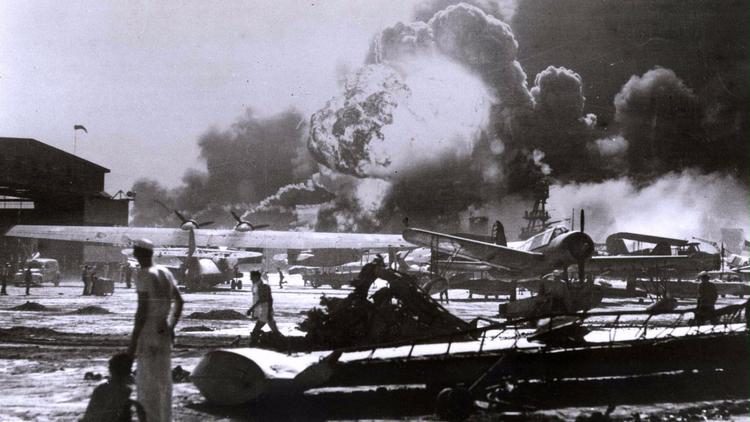
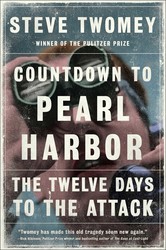
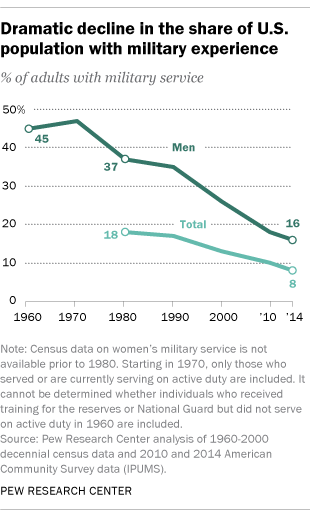


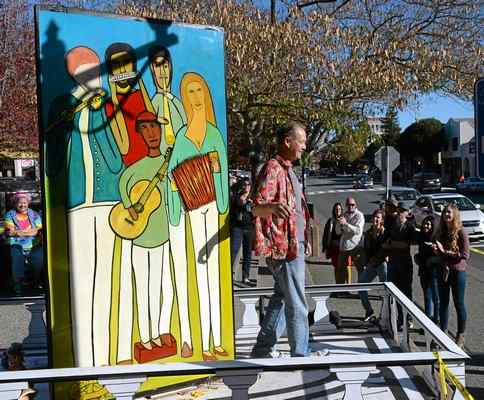
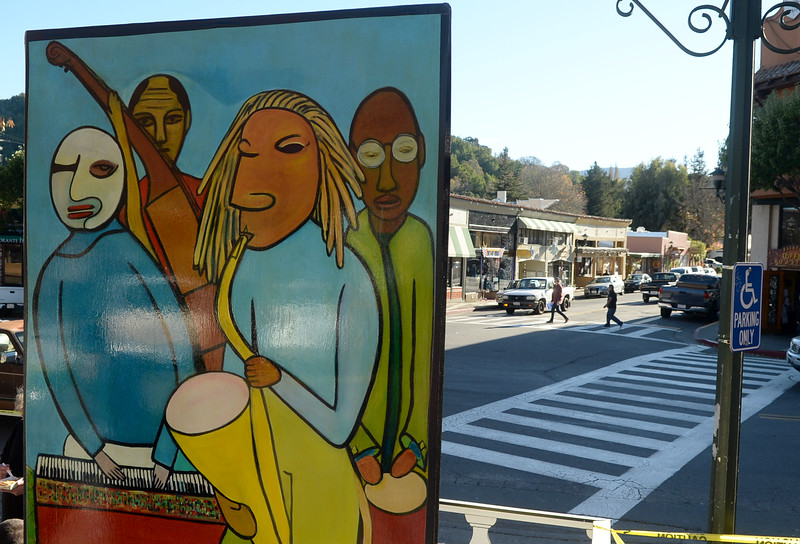
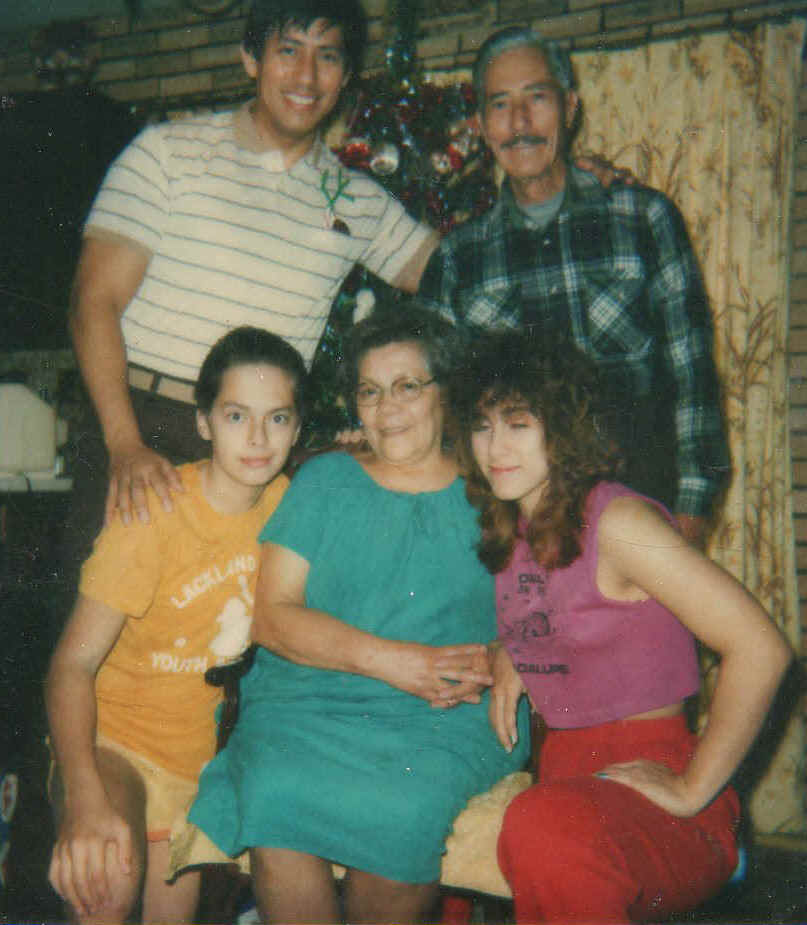
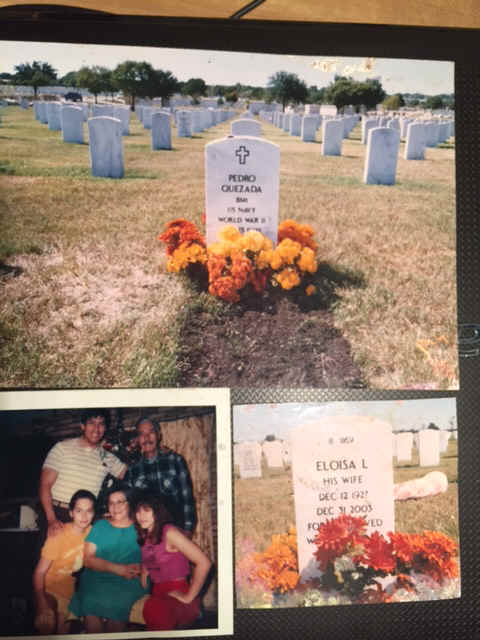
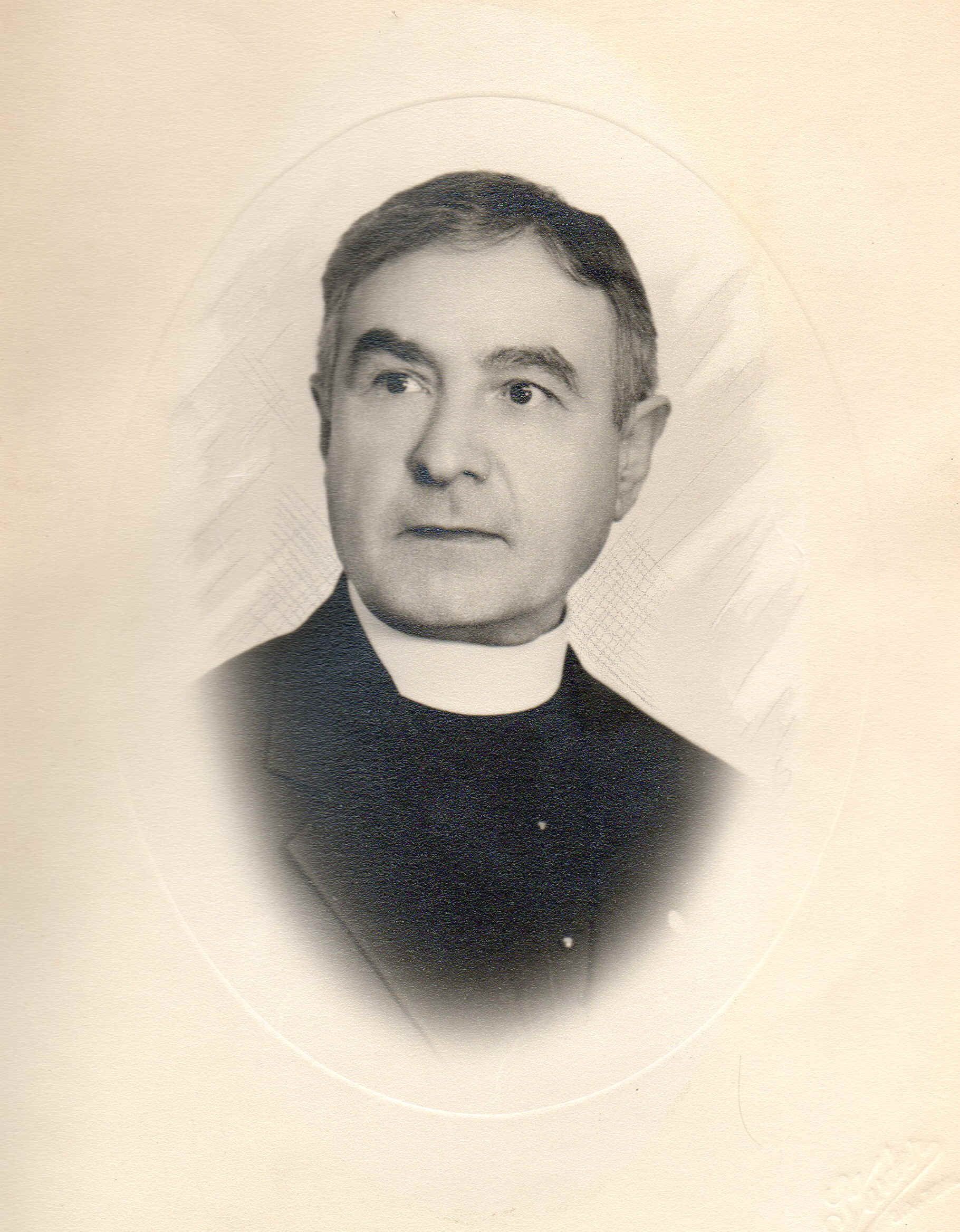
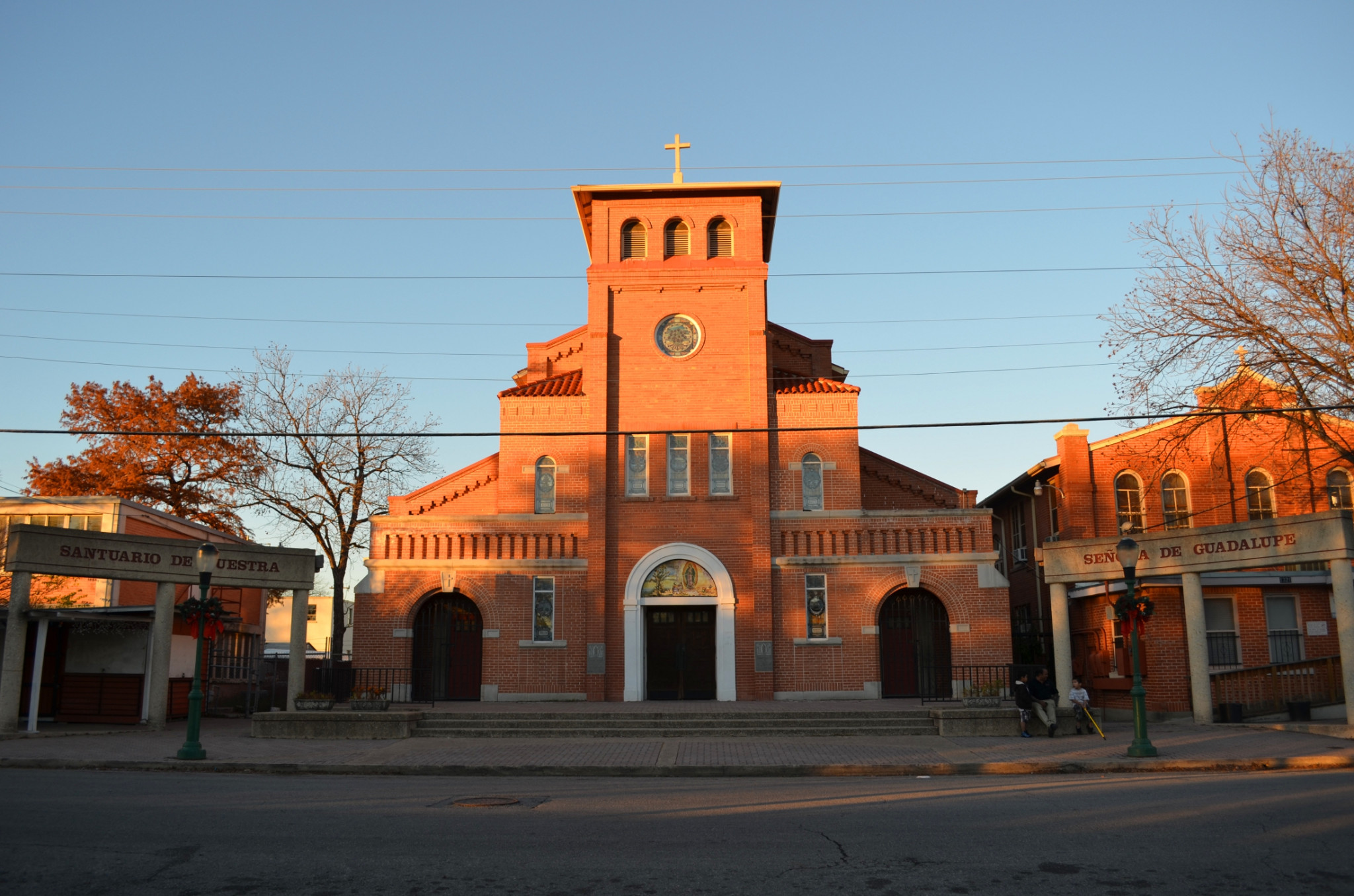
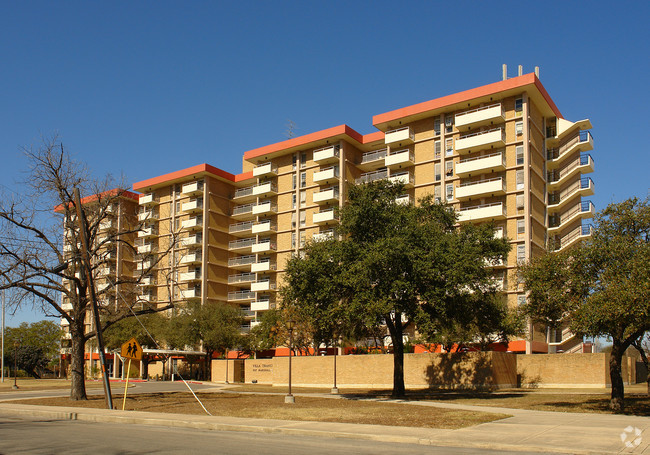 His
tenacious and persistent
His
tenacious and persistent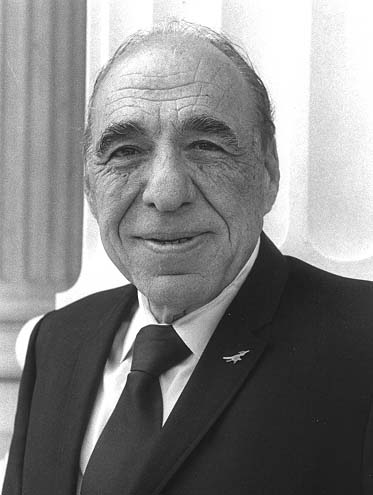
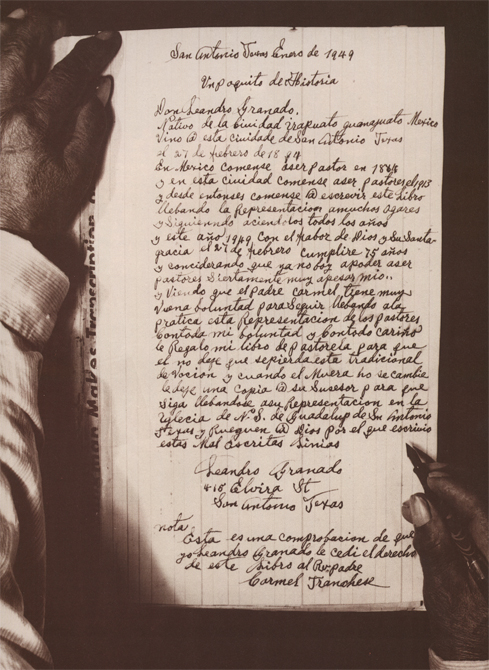
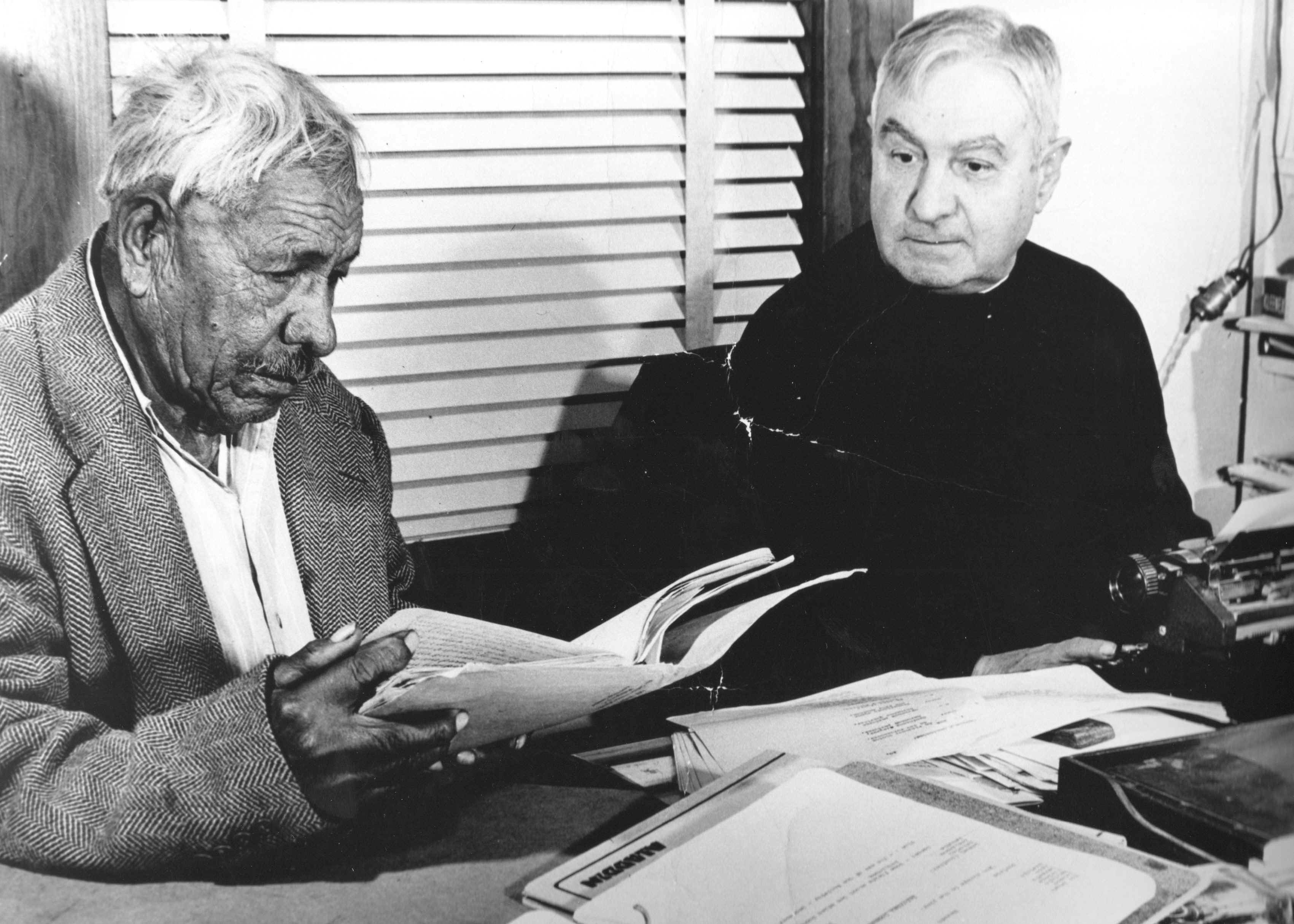
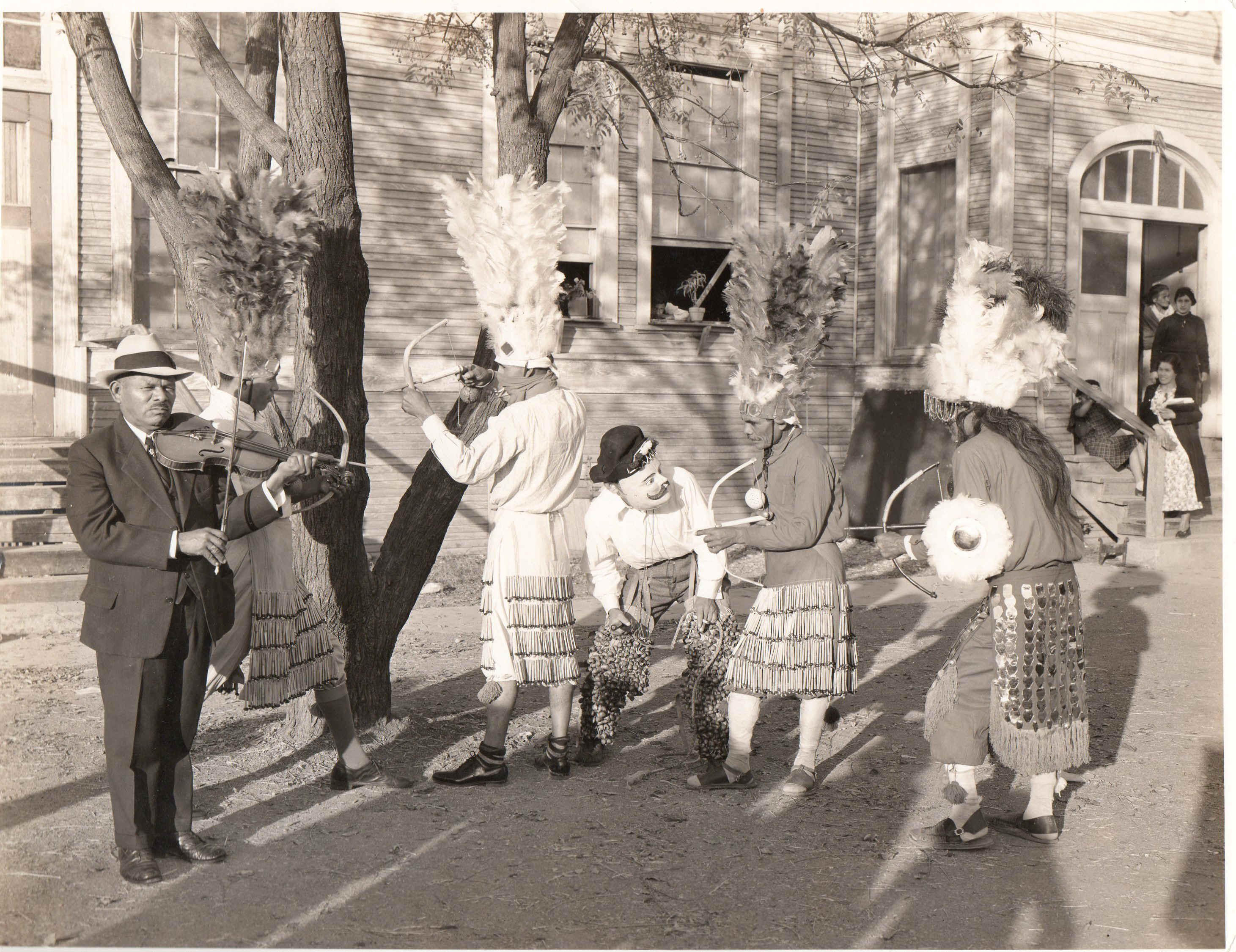
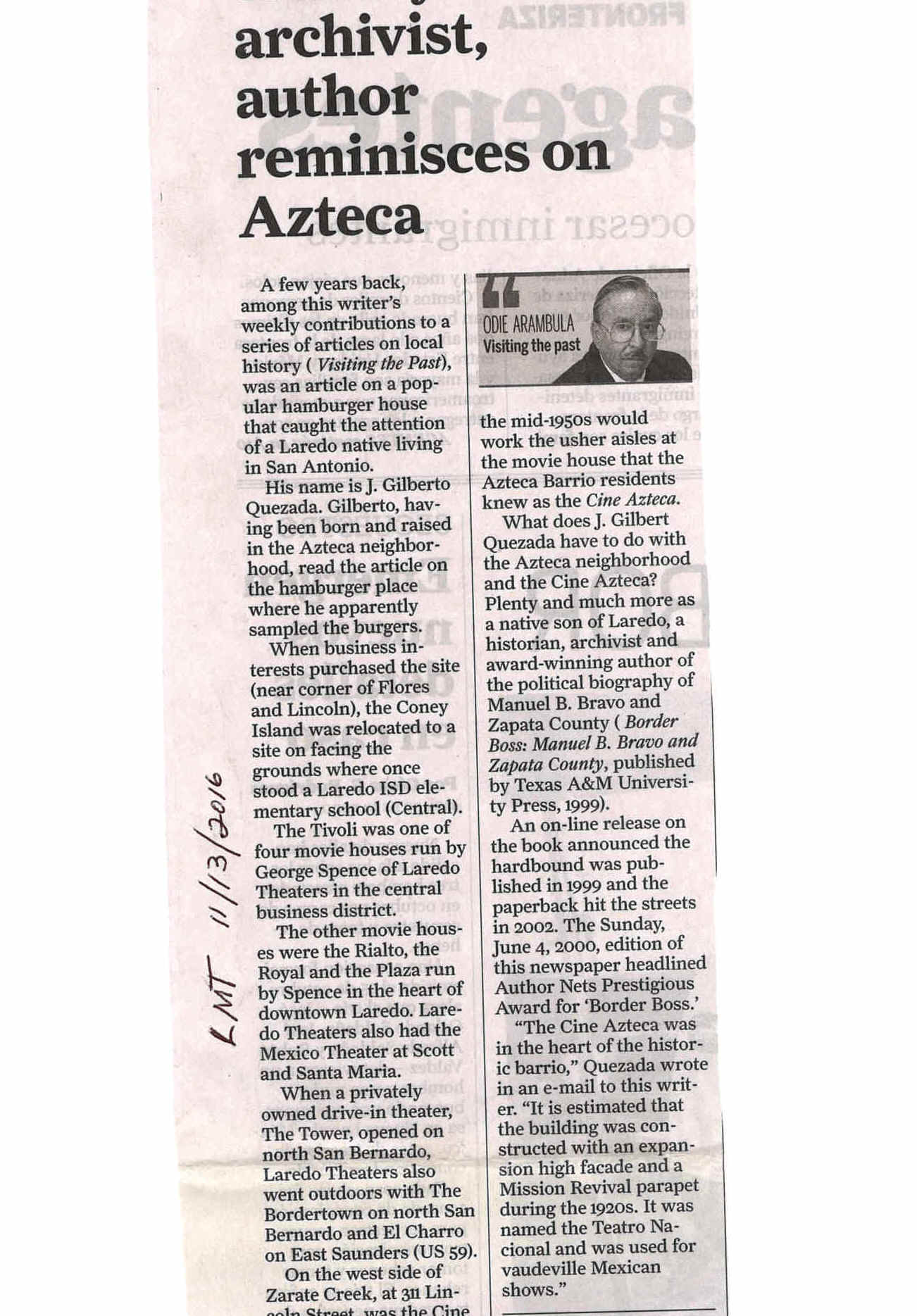

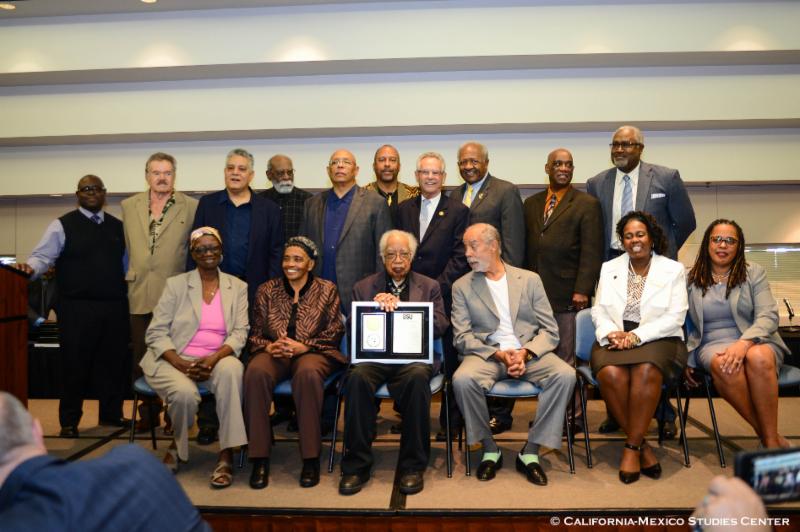
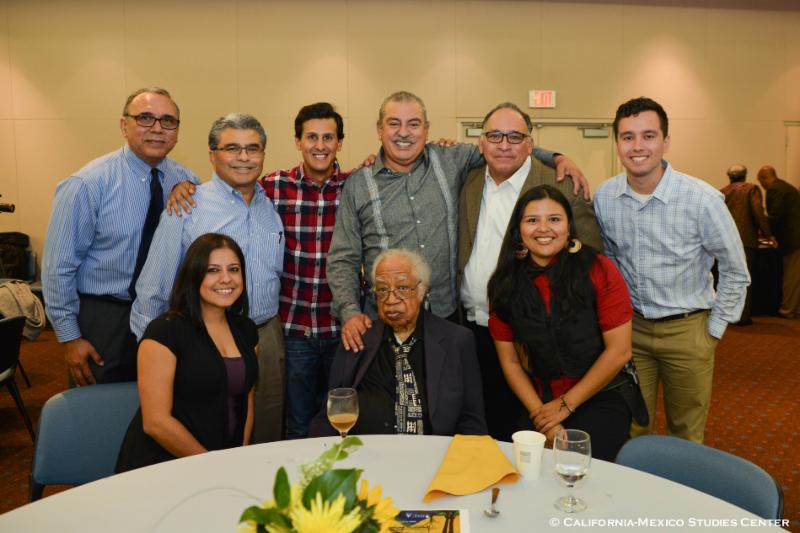

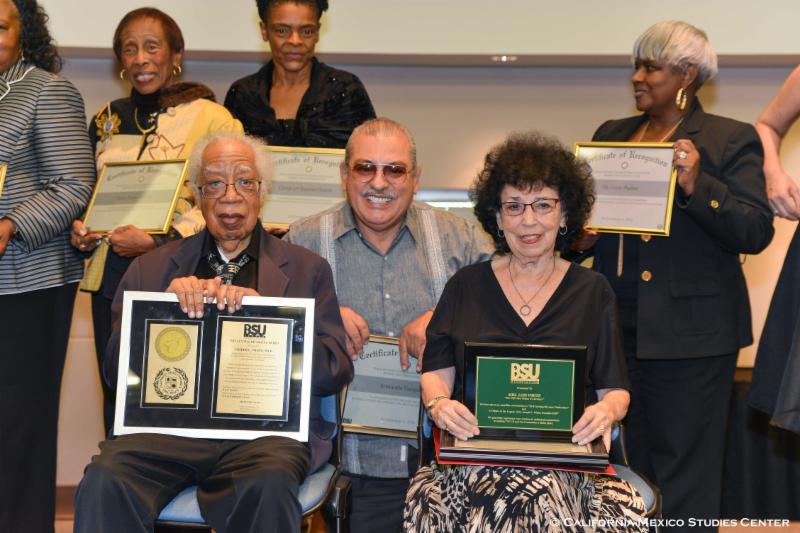
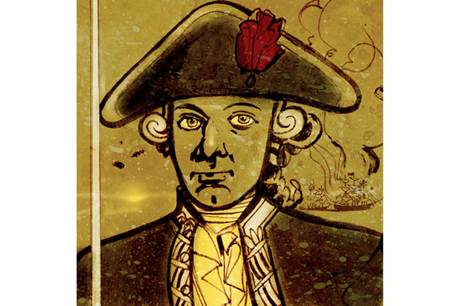
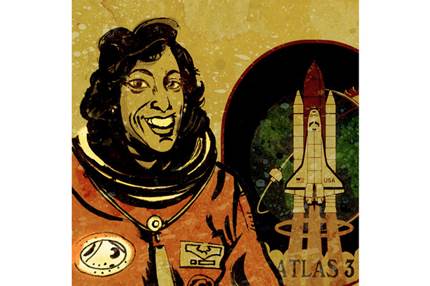

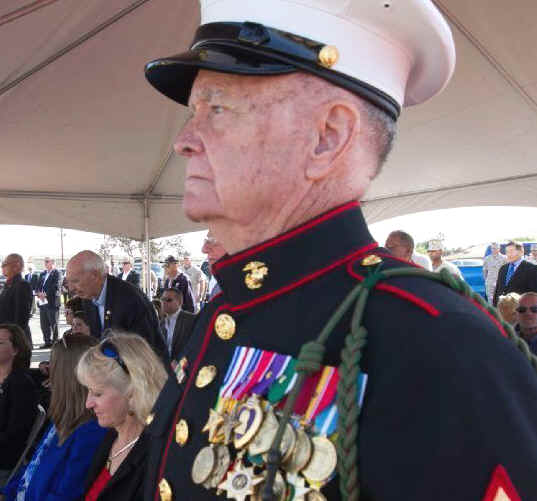
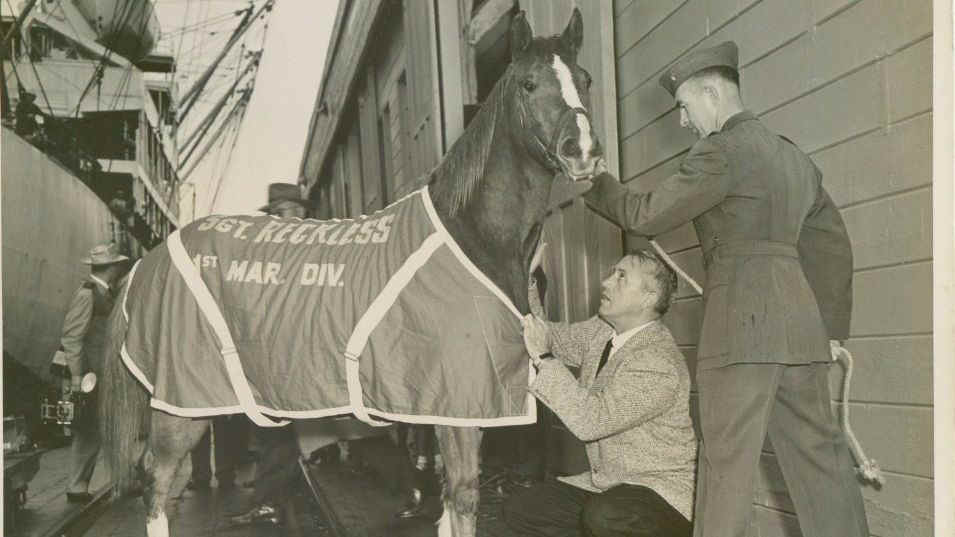
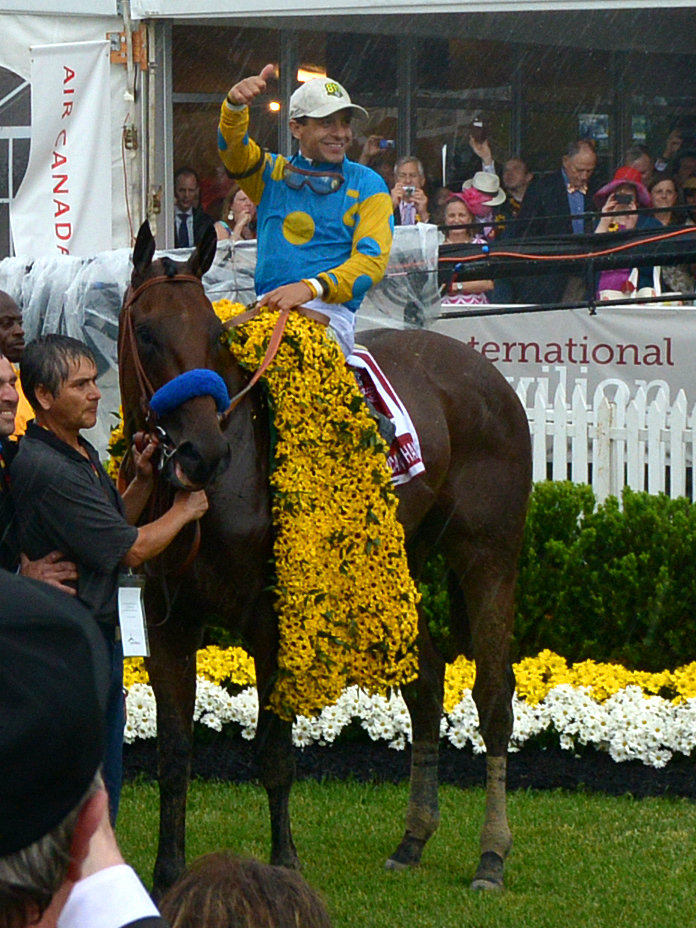
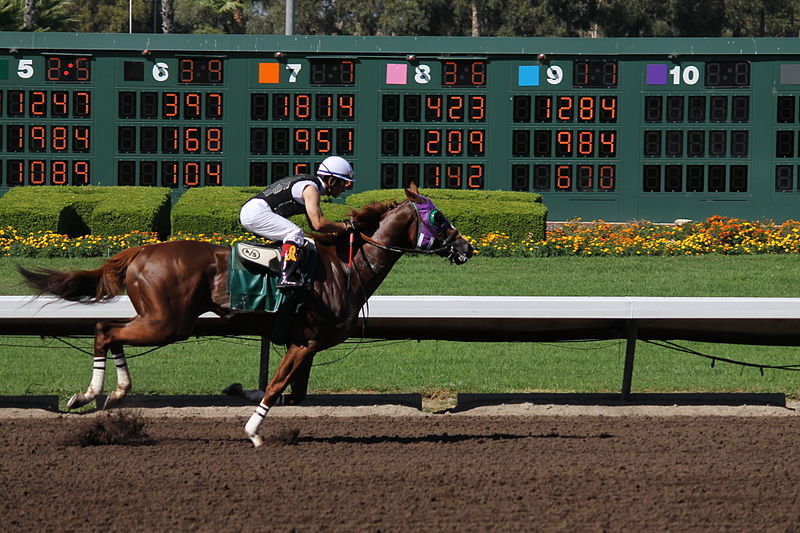
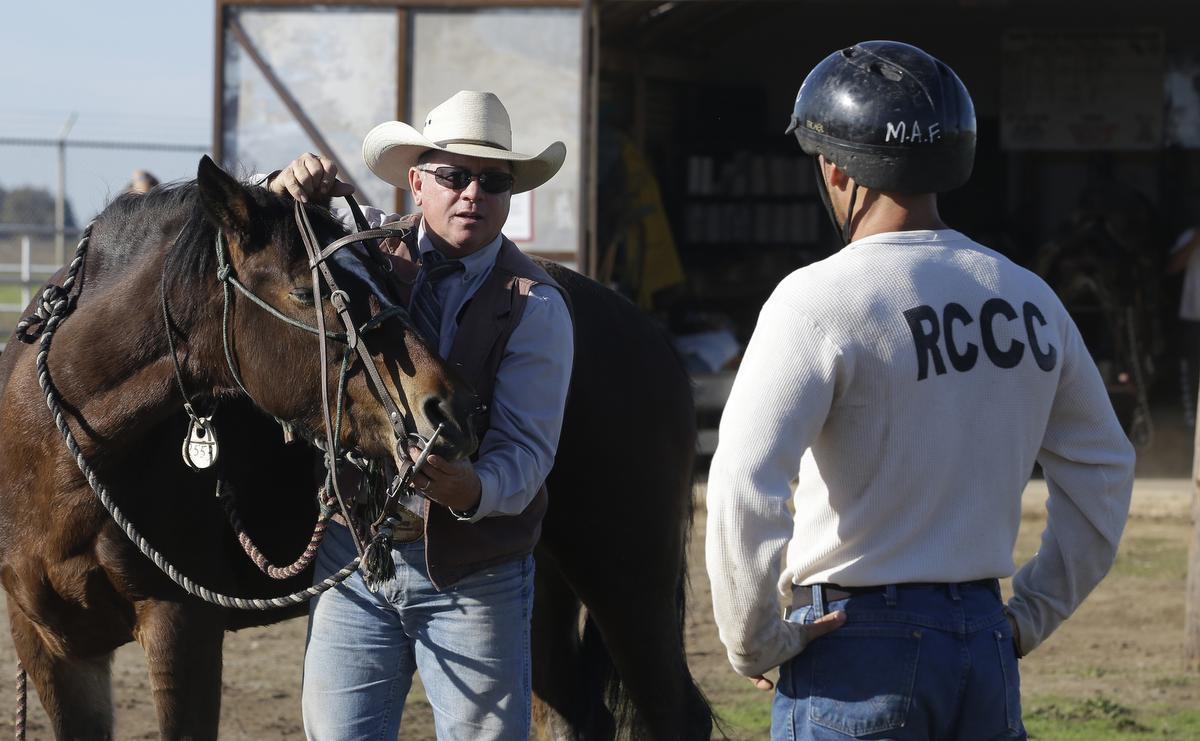
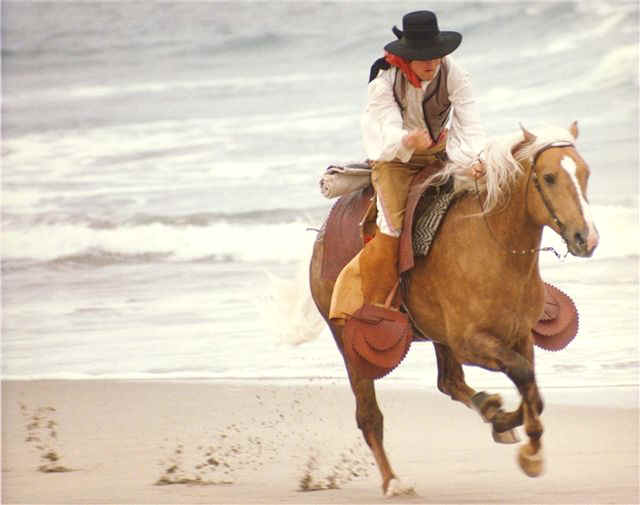
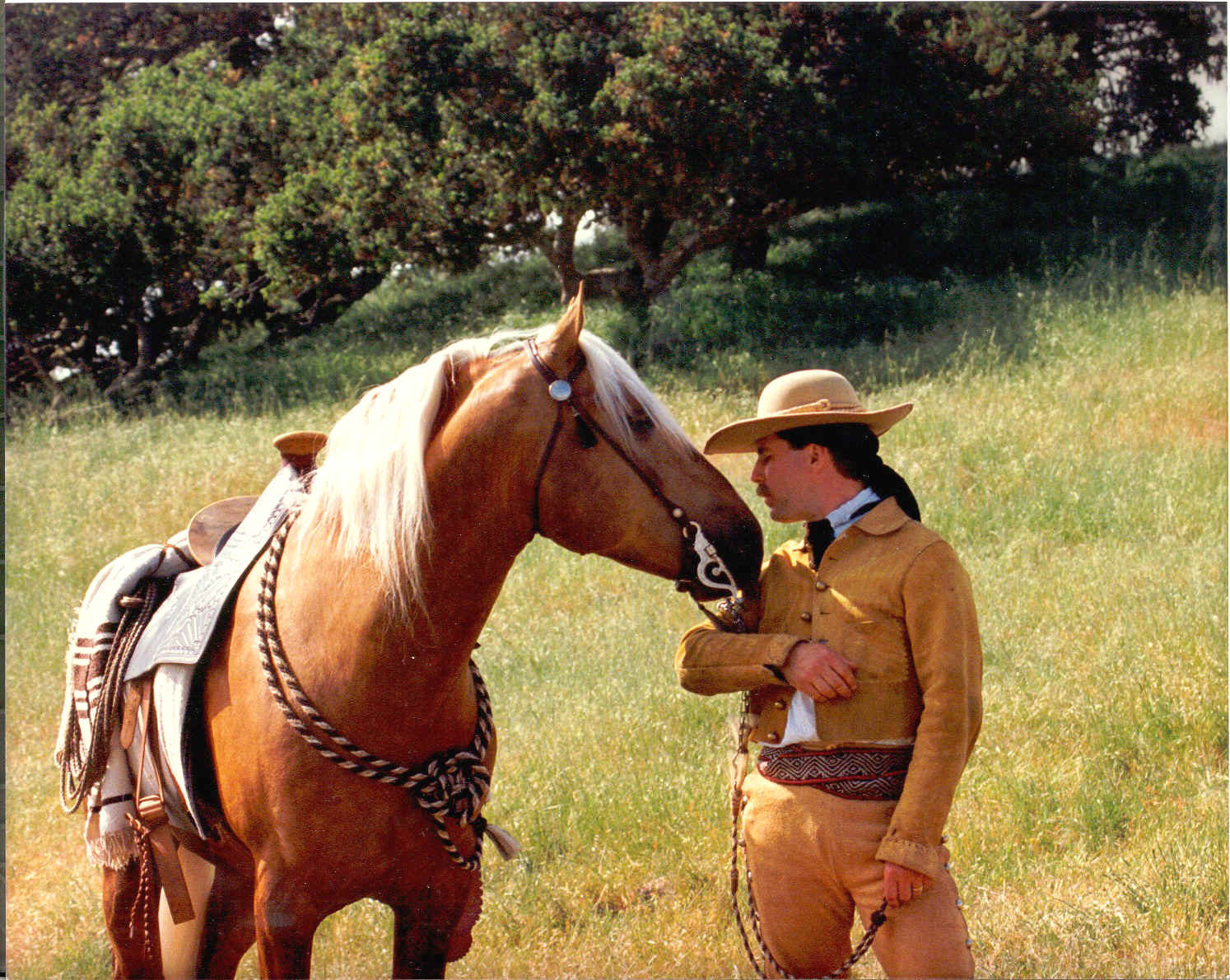
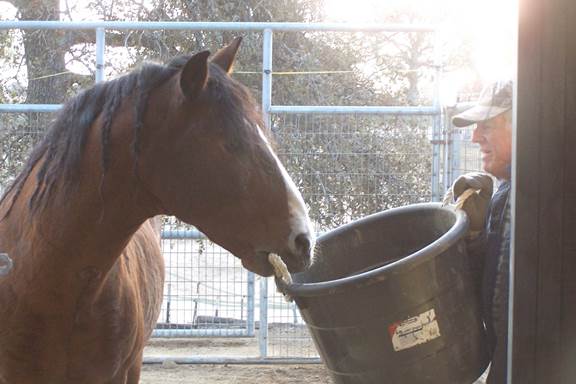
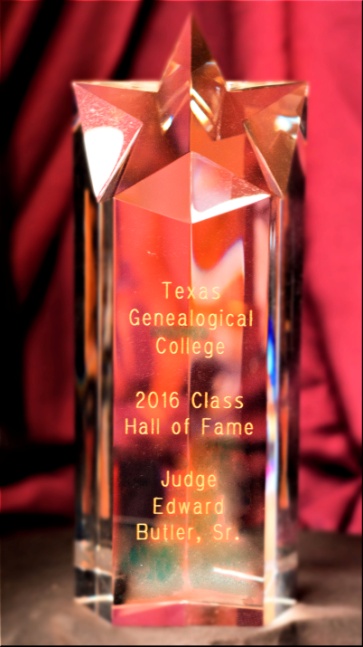
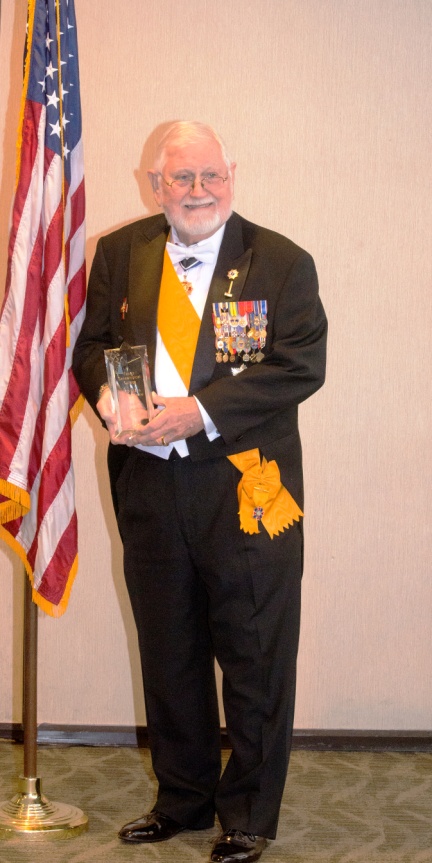 Judge
Edward F. Butler, Sr. a retired federal
administrative law judge, served as President General Sons of
the American Revolution (SAR) in 2009-2010. He was the Founder &
Charter Grand Viscount General of the Order of the Founders of North
America 1492-1692 in 2012-2014. For several years he has been active
in 32 lineage & heritage groups, including service as Deputy
Governor General of the General Society of Colonial Wars and Vice
President General of the General Society of the War of 1812. He also
served as Governor of the Texas Society Order of the Founders and
Patriots of America and state President of both the Texas Society of
the Sons of the Revolution and First Families of Maryland, where he
also serves nationally as Chancellor General. He has written three
family history books, one of which won the Dallas Genealogical Society
Award in 1997. His first history book about the American Revolutionary
War has already won 5 awards and his latest book just came out.
Judge
Edward F. Butler, Sr. a retired federal
administrative law judge, served as President General Sons of
the American Revolution (SAR) in 2009-2010. He was the Founder &
Charter Grand Viscount General of the Order of the Founders of North
America 1492-1692 in 2012-2014. For several years he has been active
in 32 lineage & heritage groups, including service as Deputy
Governor General of the General Society of Colonial Wars and Vice
President General of the General Society of the War of 1812. He also
served as Governor of the Texas Society Order of the Founders and
Patriots of America and state President of both the Texas Society of
the Sons of the Revolution and First Families of Maryland, where he
also serves nationally as Chancellor General. He has written three
family history books, one of which won the Dallas Genealogical Society
Award in 1997. His first history book about the American Revolutionary
War has already won 5 awards and his latest book just came out.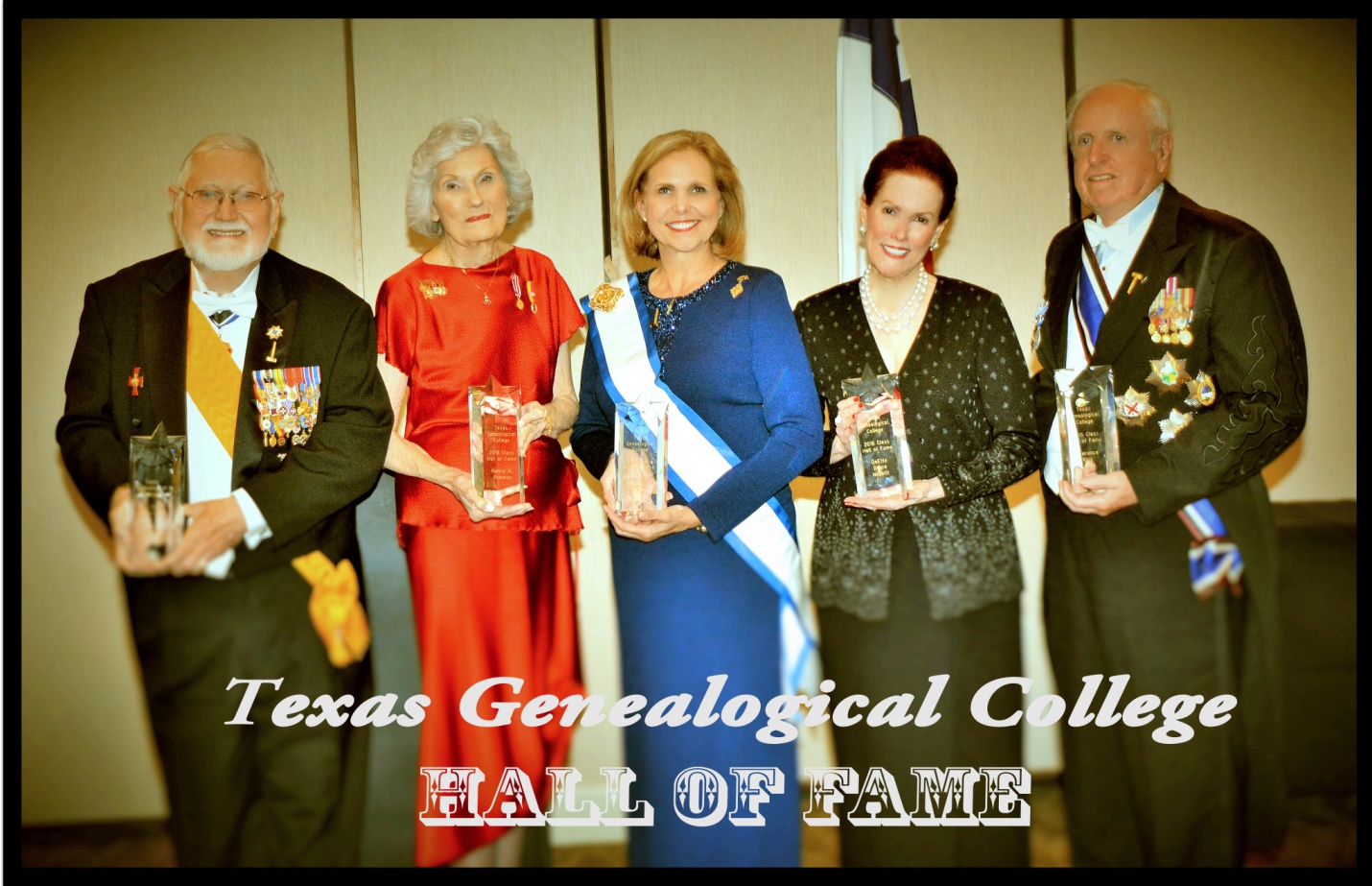
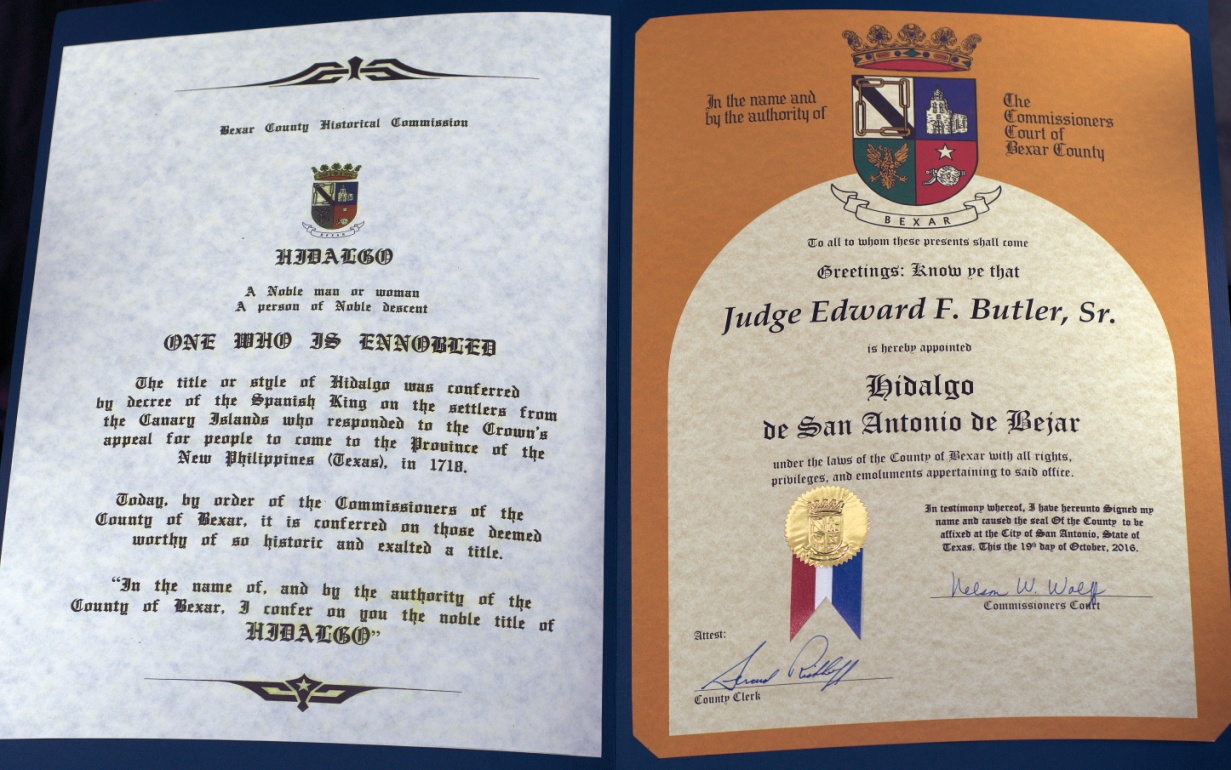
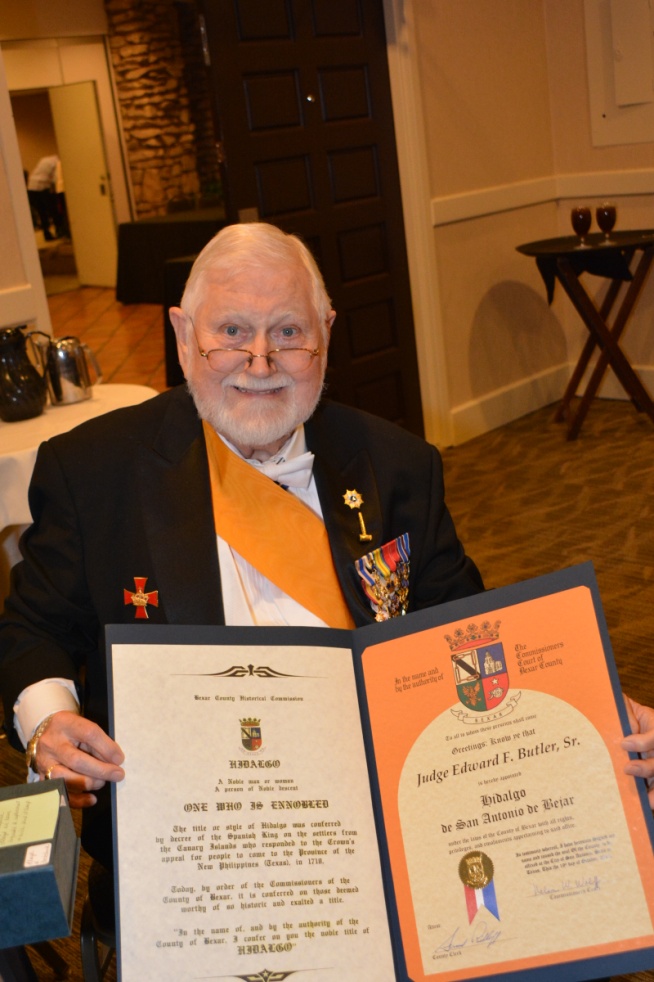
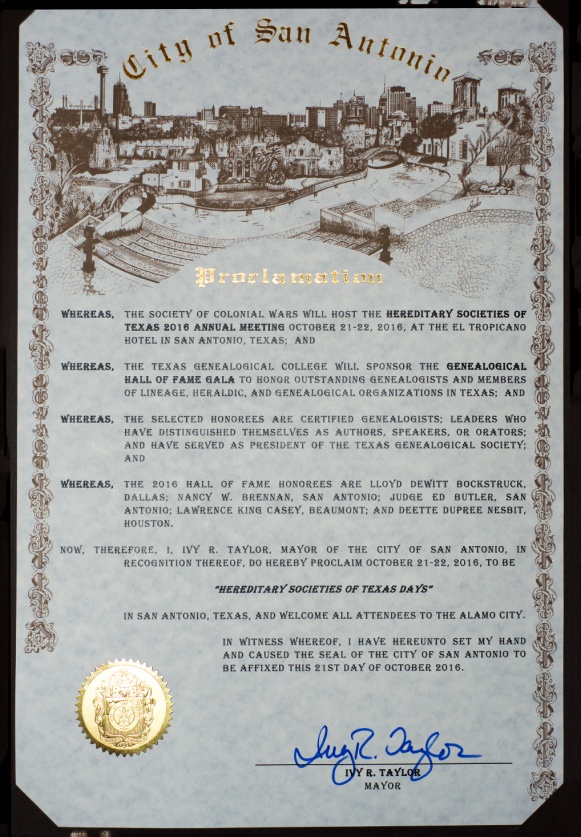
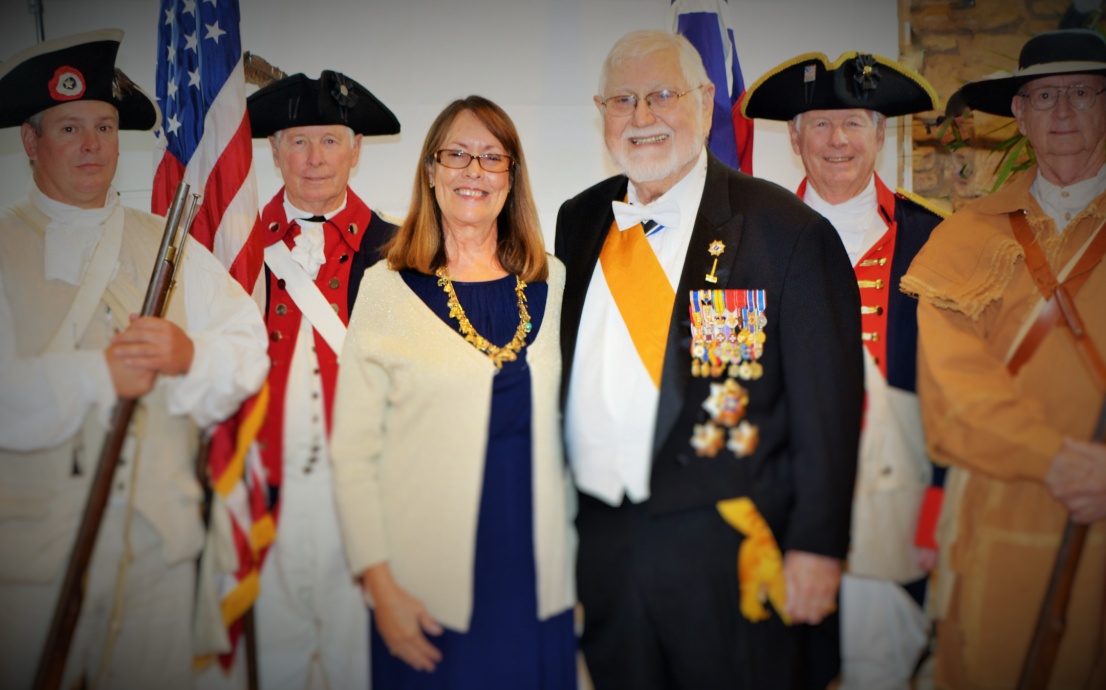
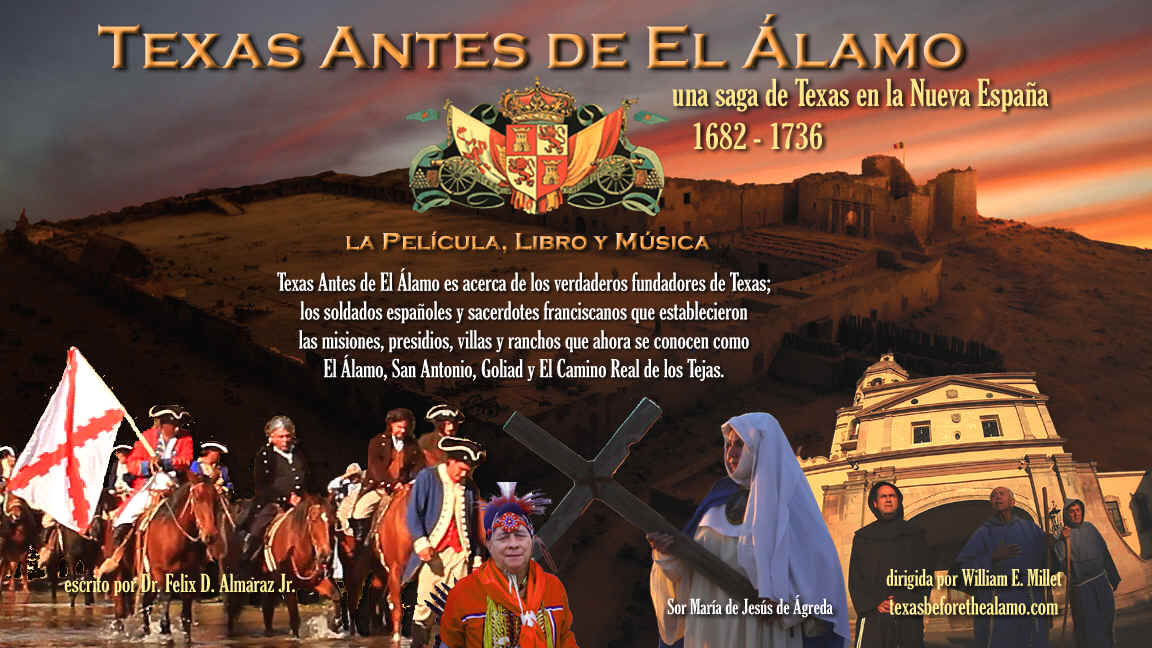

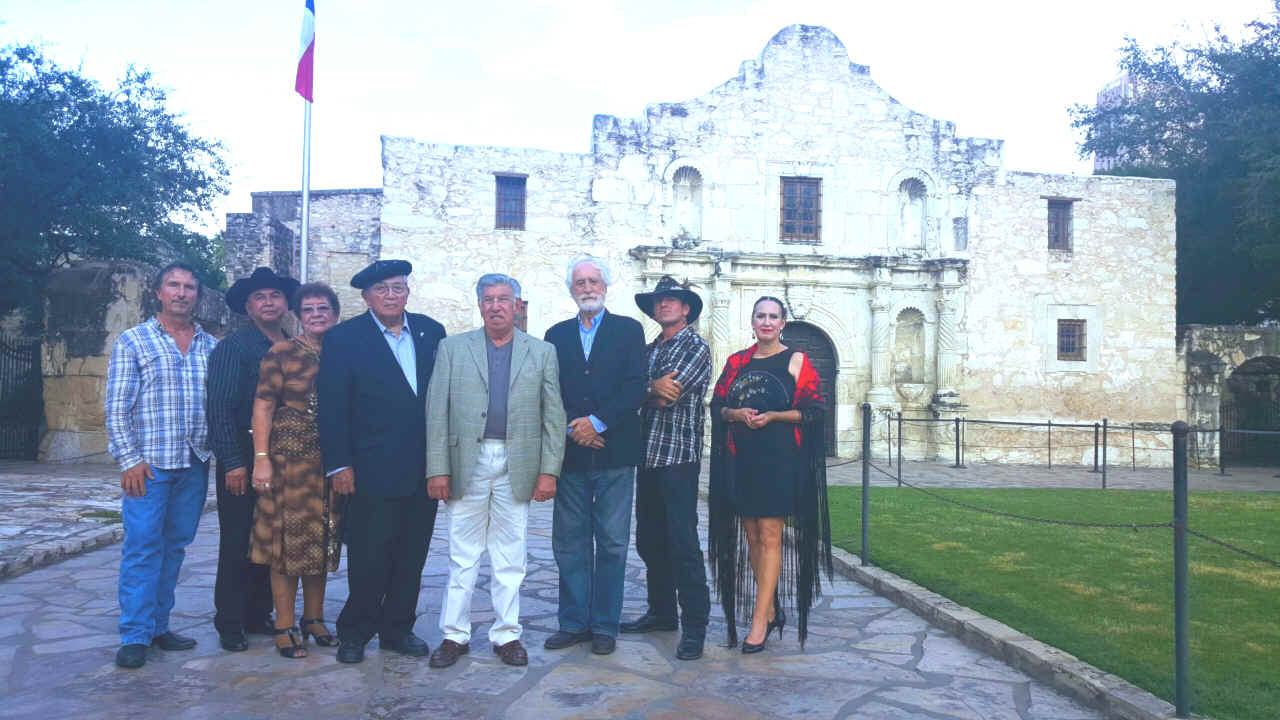
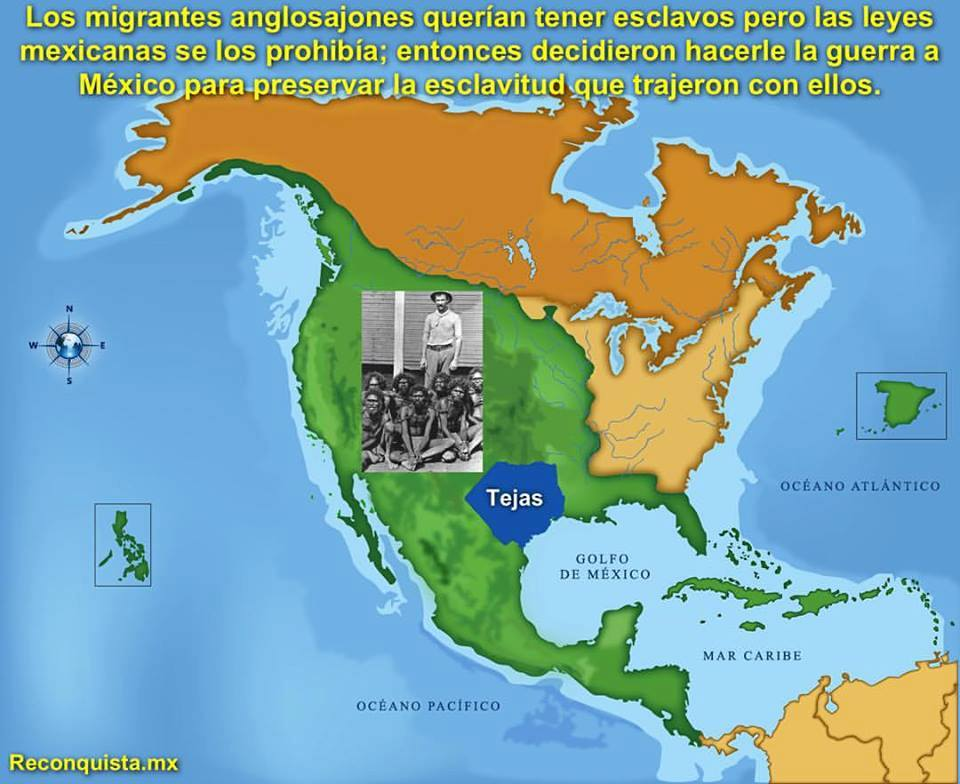
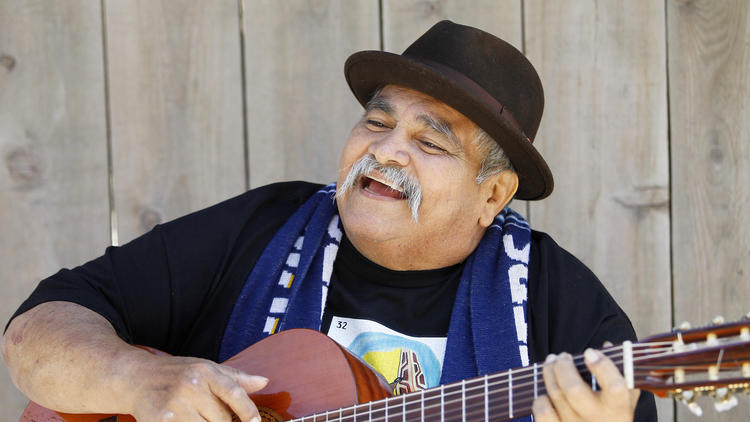
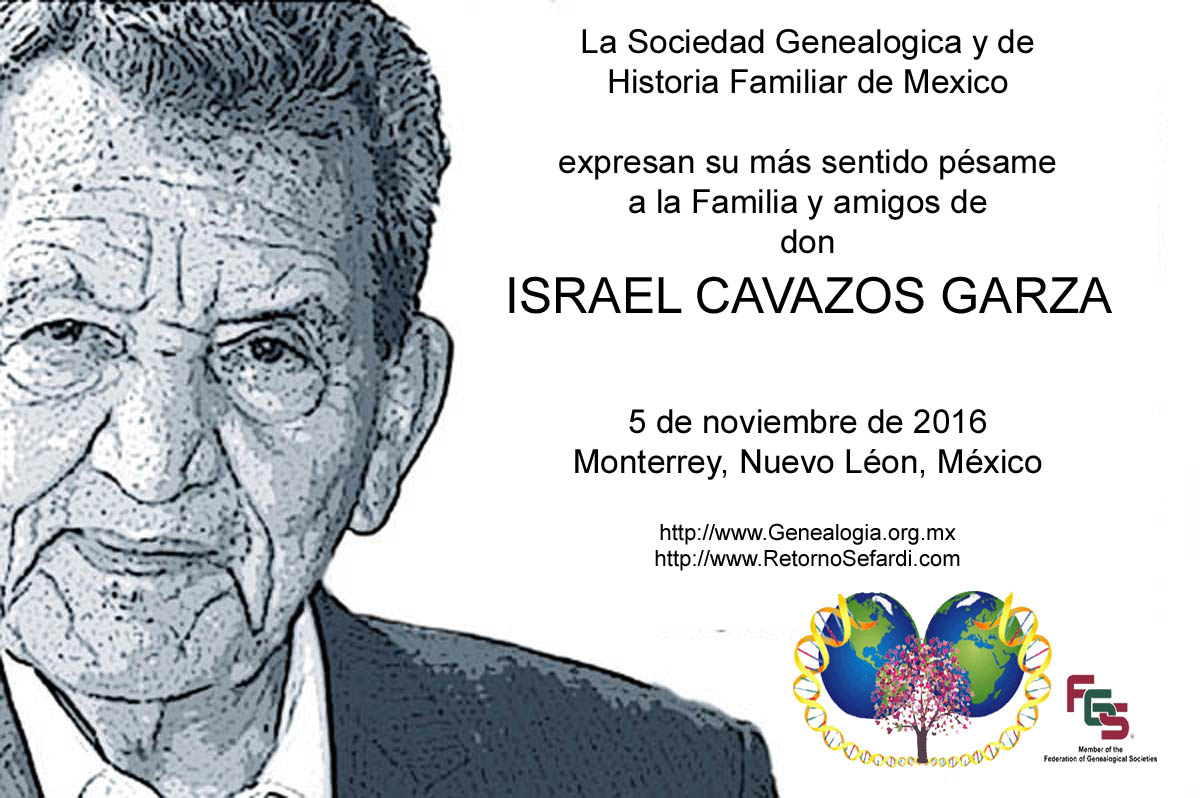
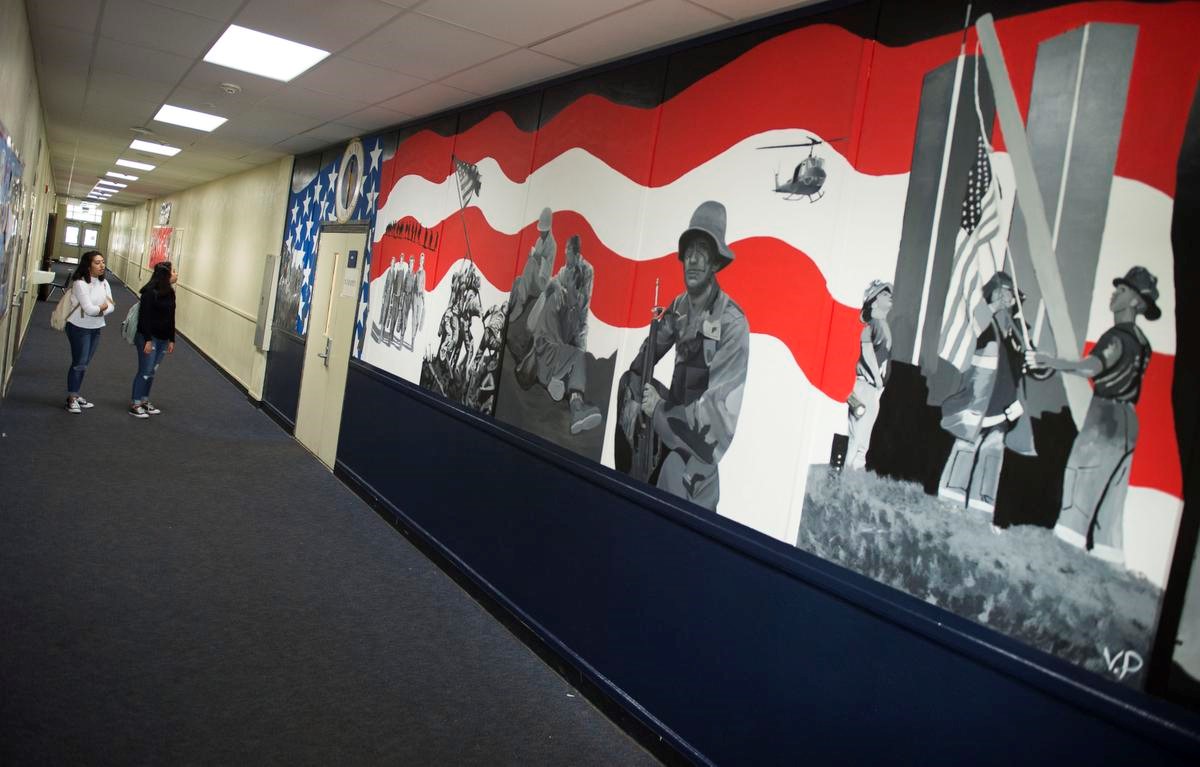

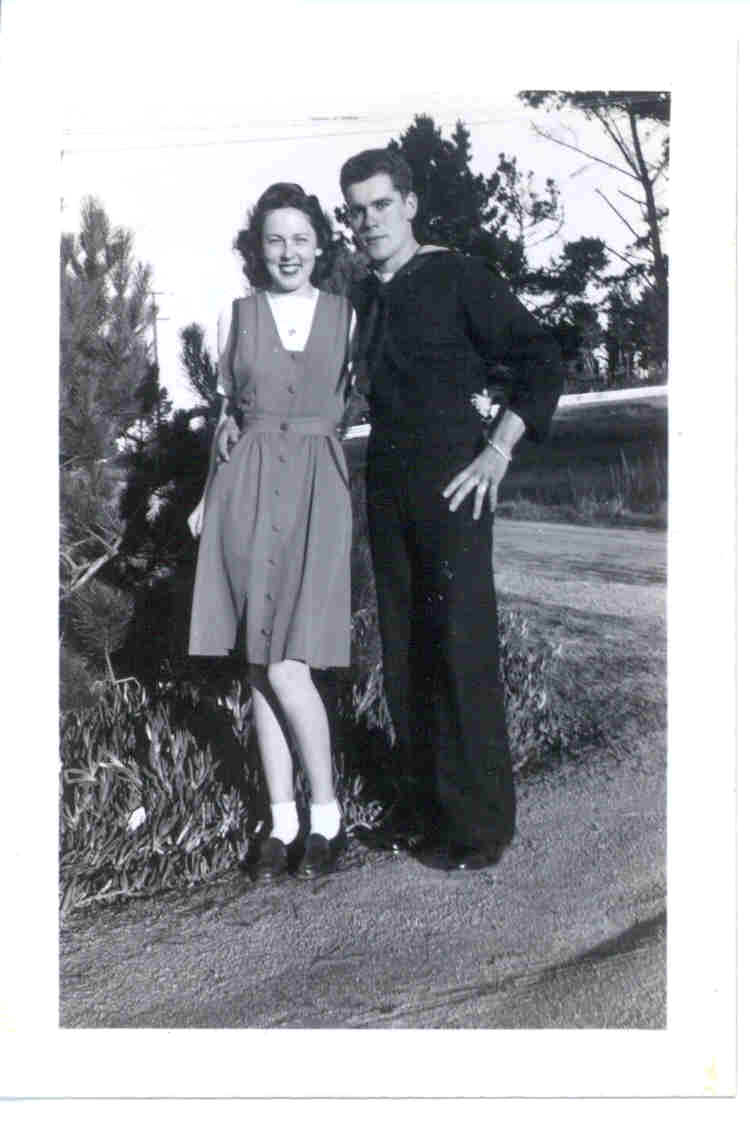
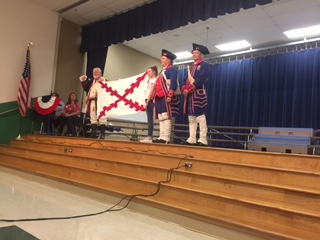
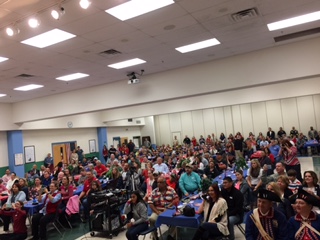
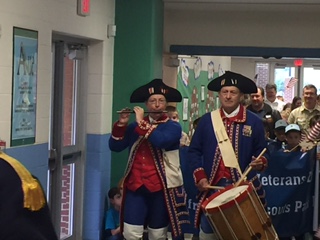
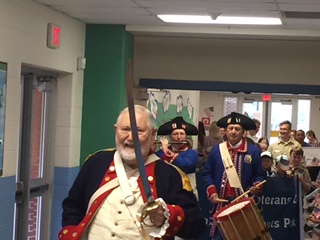
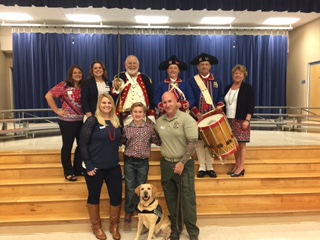
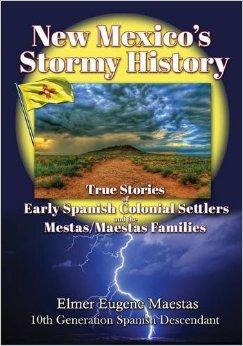
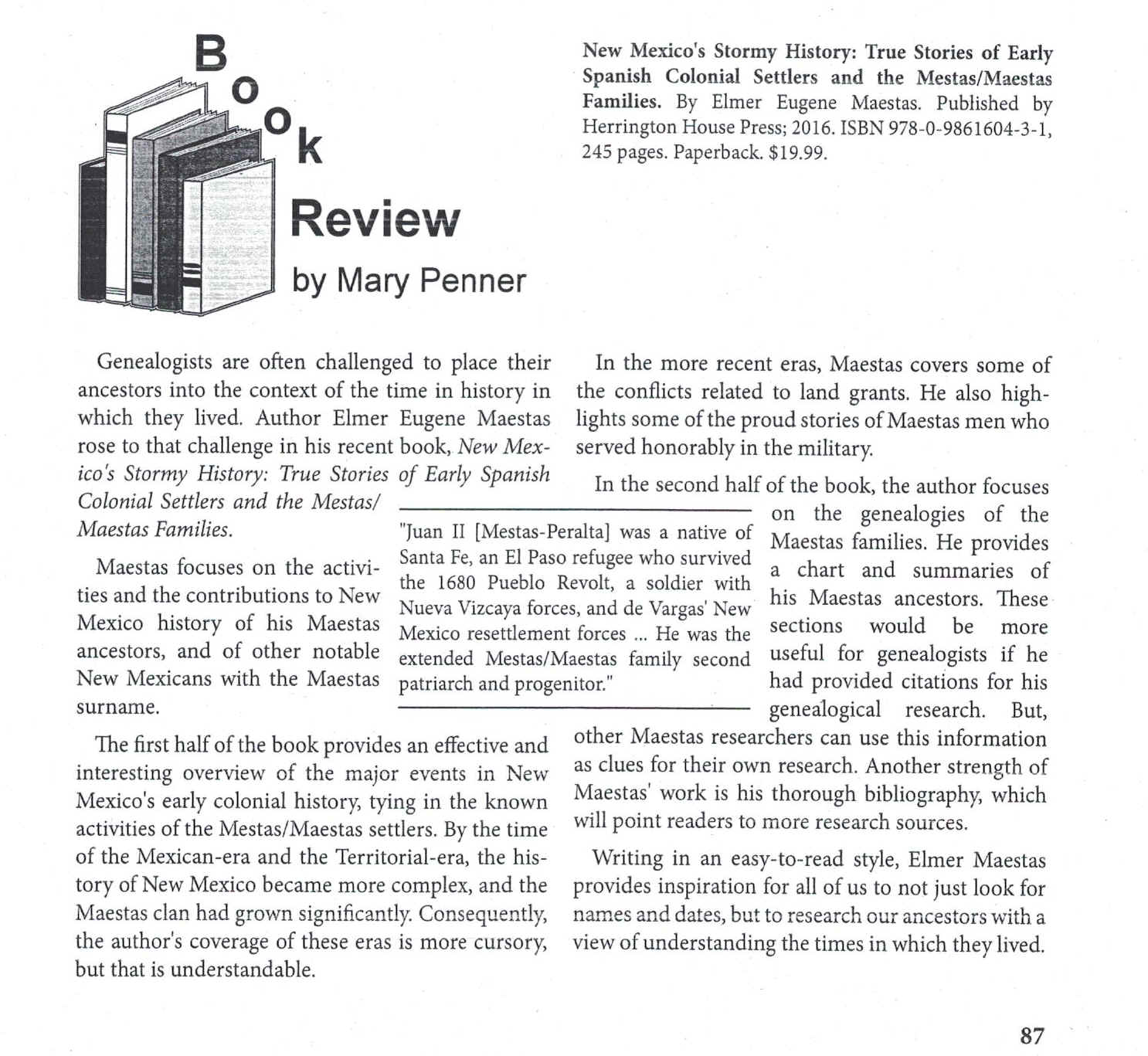

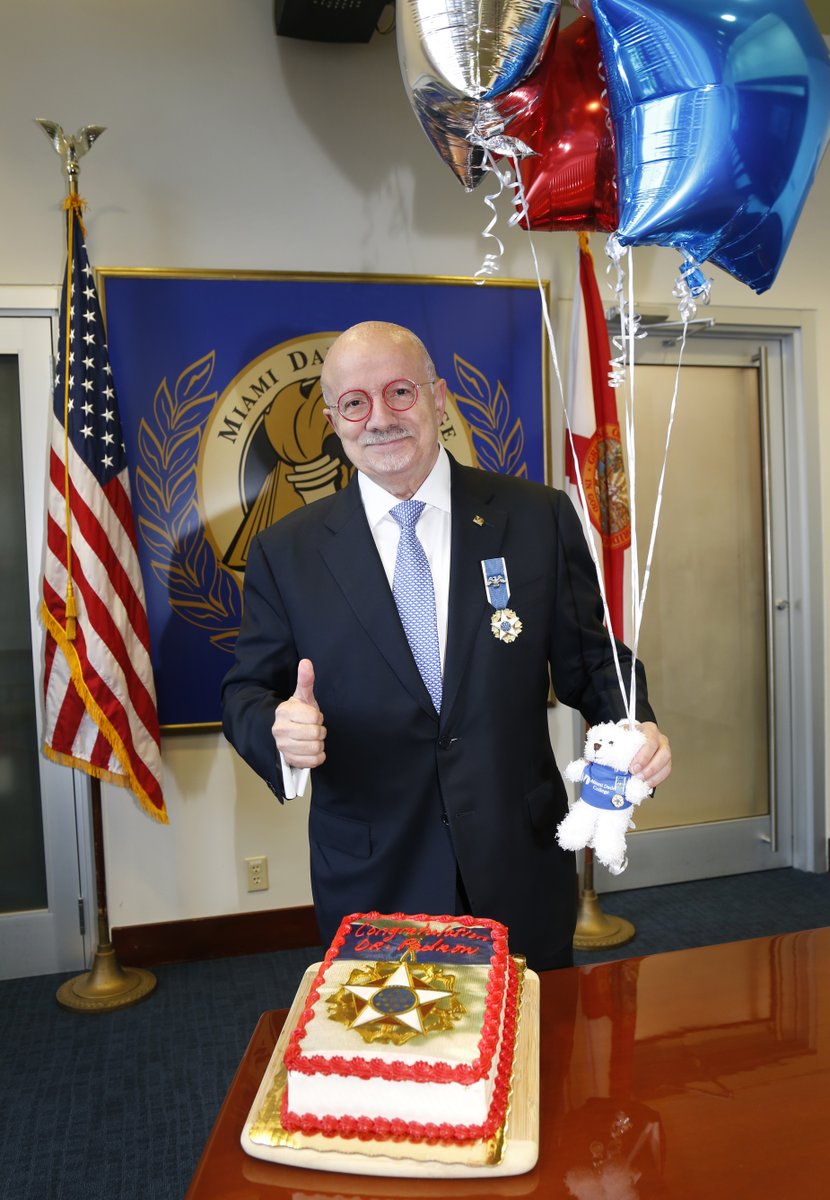
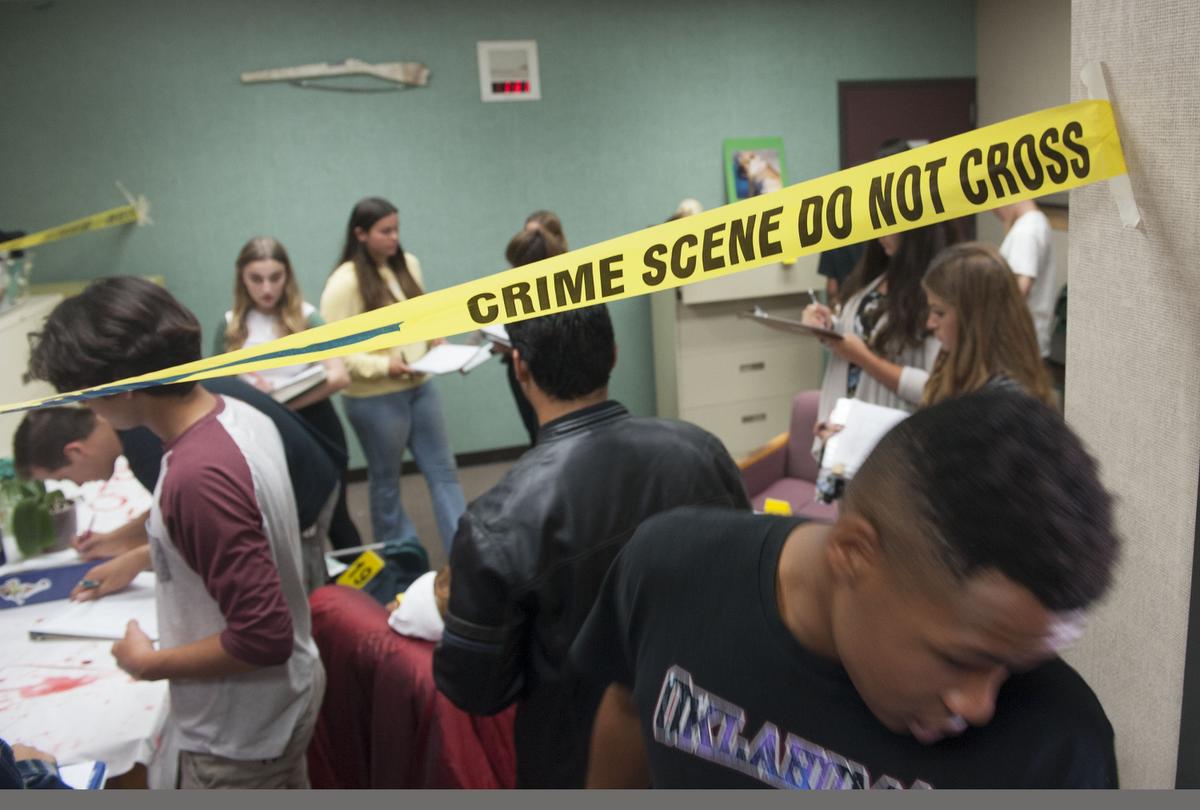
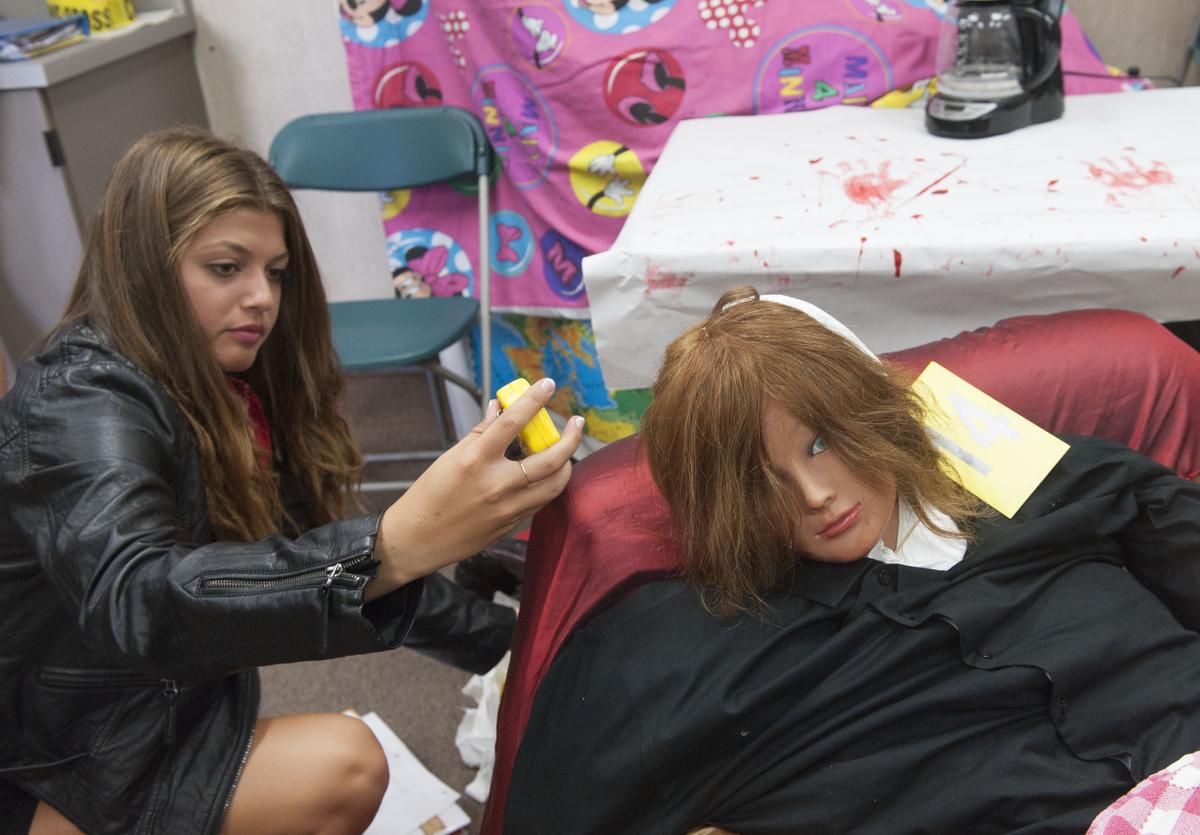
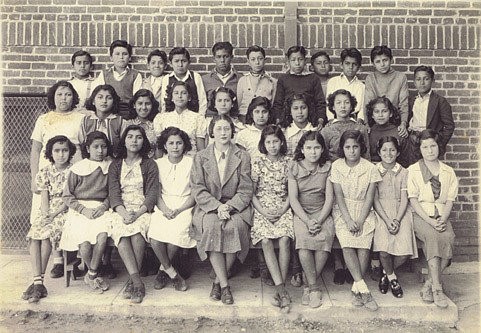
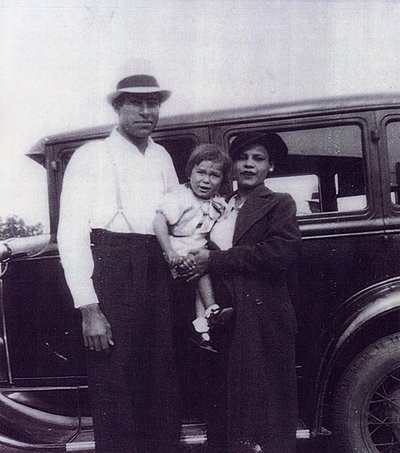
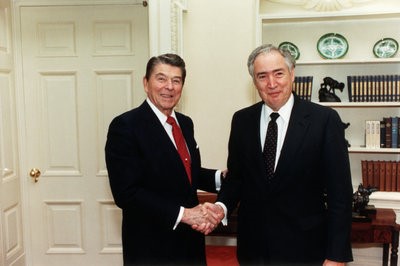
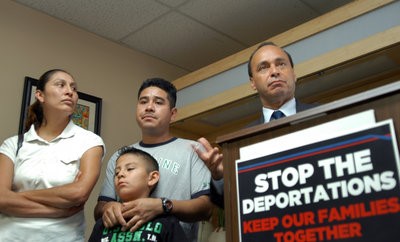
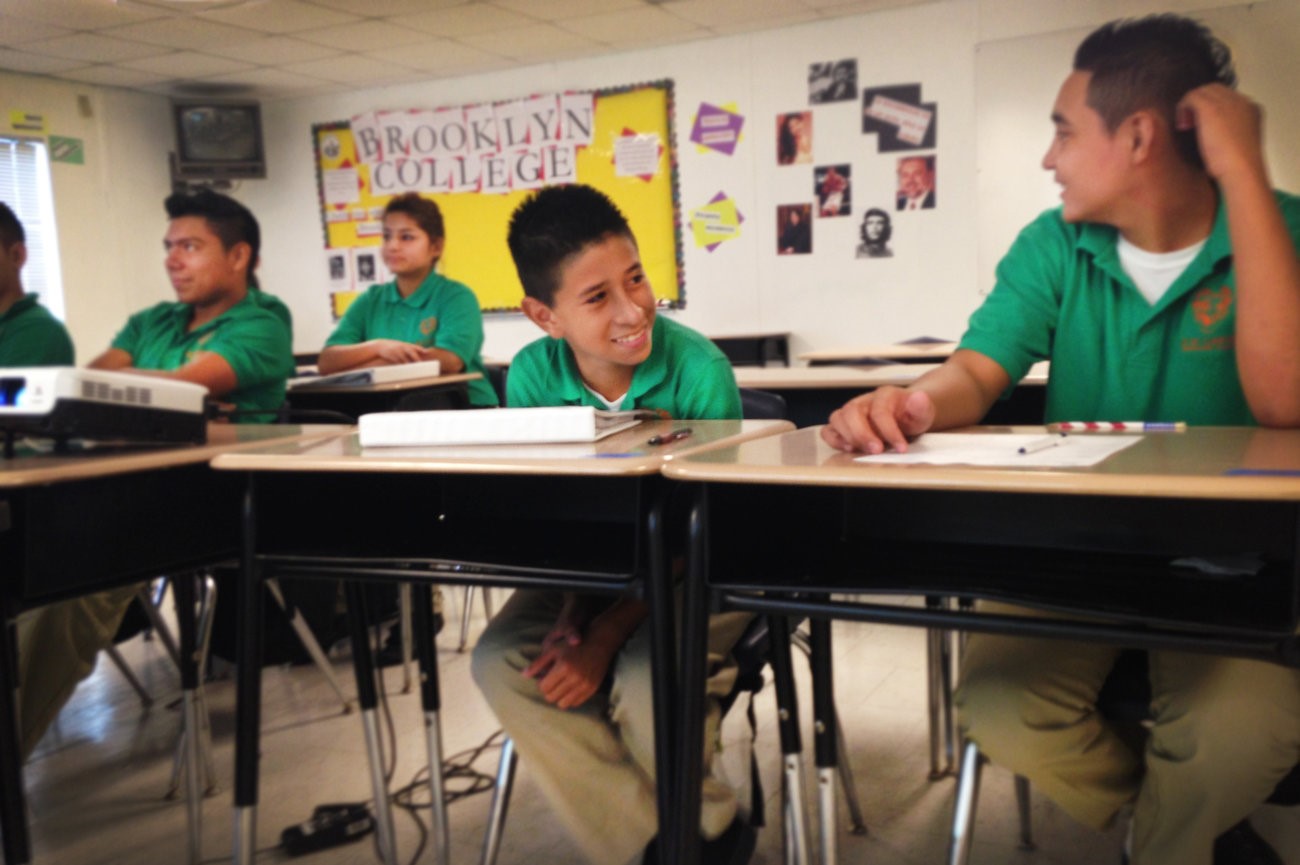

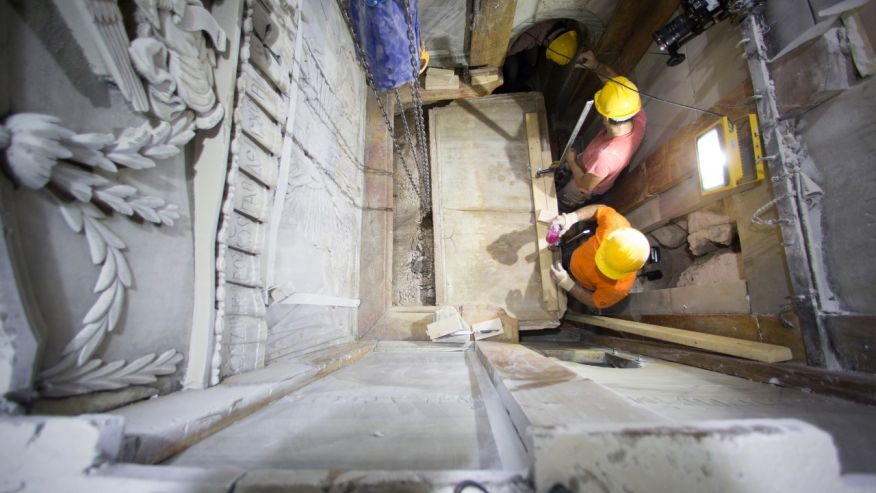
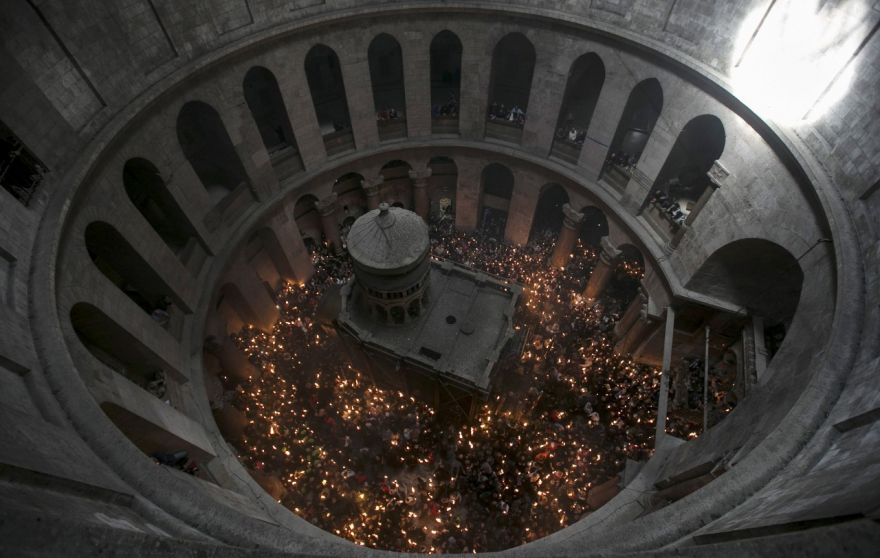

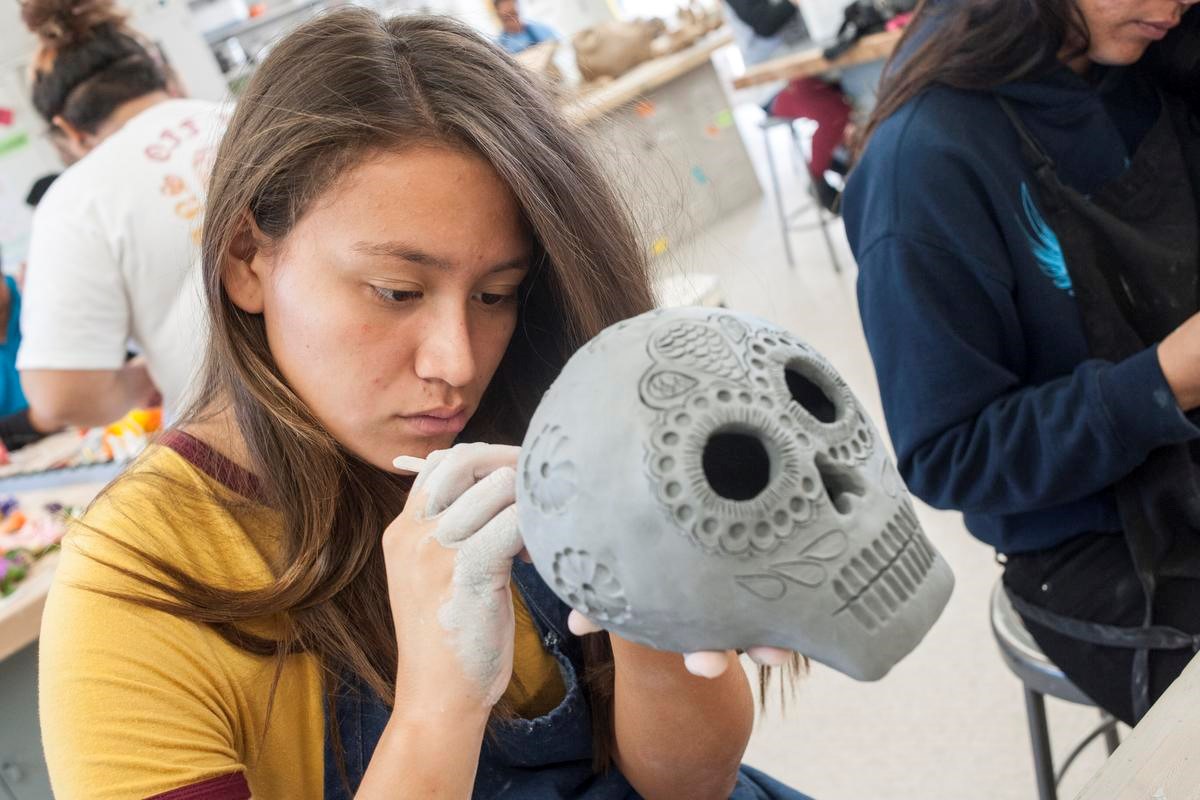
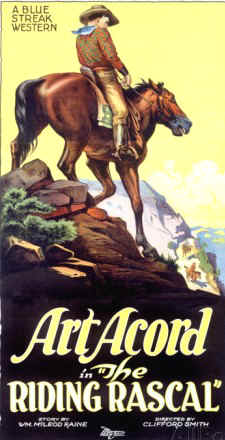
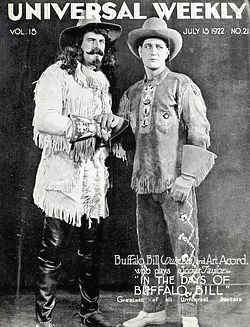
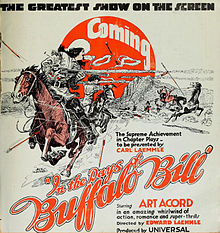
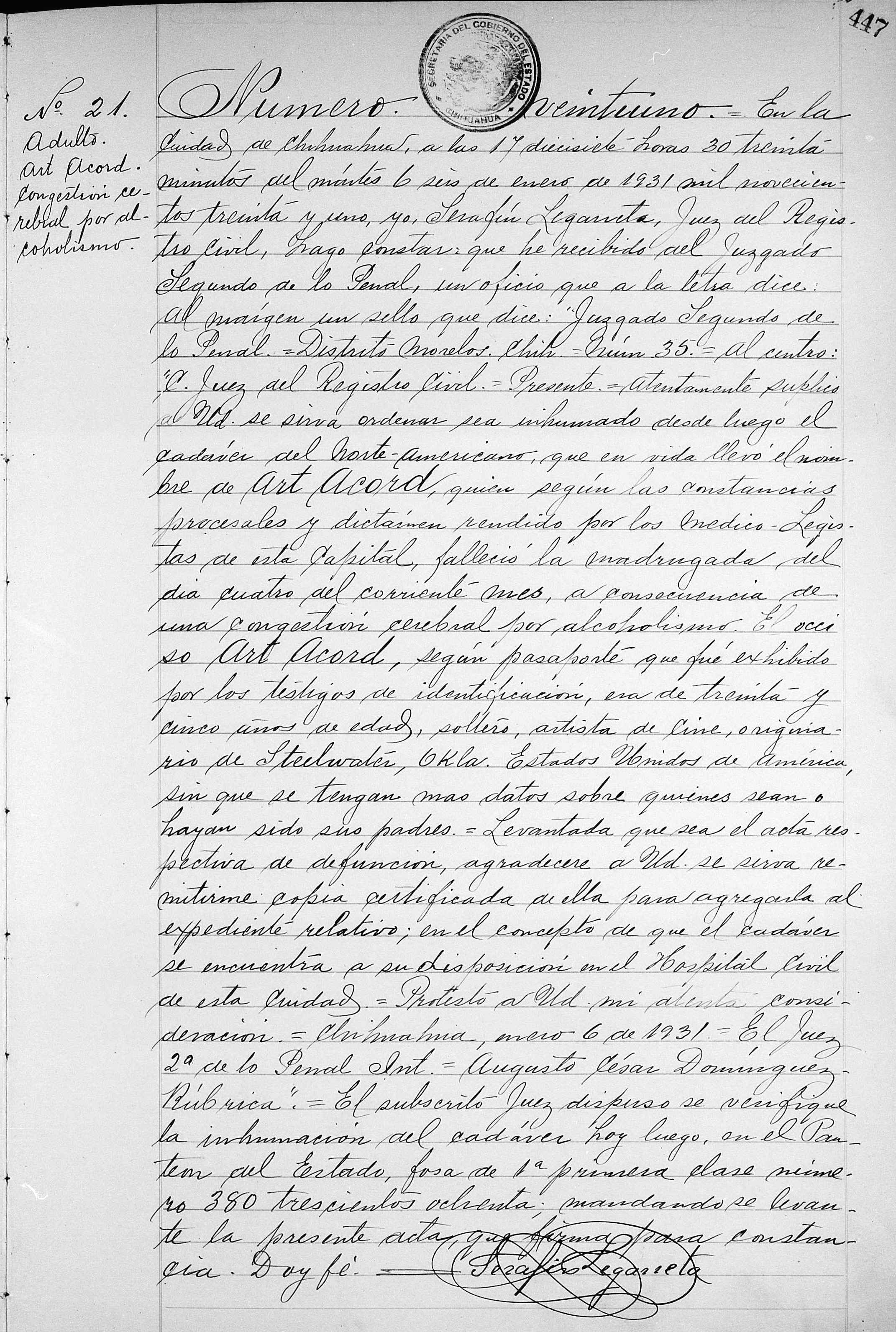
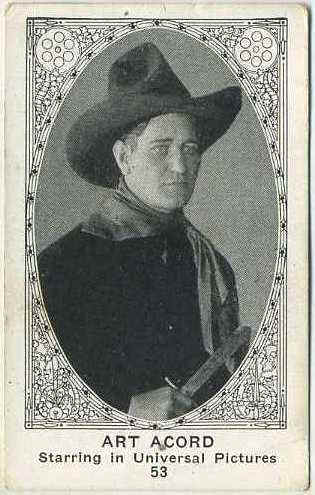 Numero Veintiuno.- En la Ciudad de
Chihuahua, a las 17 horas 30 minutos del martes 6 de enero de 1931, yo,
Serafin Legarreta, Juez del Registro Civil, hago constar: que he
recibido del Juzgado Segundo de lo Penal, un oficio que a la letra
dice: Al margen un sello, que dice: Juzgado Segundo de lo Penal=
Distrito Morelos. Chih..- Nùm. 35.= al centro: C. Juez del Registro
Civil.=Presente.= Atentamente suplico a Ud. se sirva ordenar sea
inhumado desde luego el cadáver del Norteamericano, que en vida llevò
el nombre de Art Acord, quien según las constancias procesales y
dictamen rendido por los Mèdicos Legistas, de esta Capital, falleció
la madrugada del dìa cuatro del corriente mes, à consecuencia de una
congestión cerebral por alcoholismo. El occiso Art Acord, según
pasaporte que fuè exhibido por los testigos de identificación,
era de treinta y cinco años de edad, soltero, artista de cine,
originario de Steelwater, Okla. Estados Unidos de Amèrica, sin que se
tengan mas datos sobre quienes sean o hayan sido sus padres.=
Levantada que sea el acta respectiva de defunción, agradecerè a Ud.
se sirva remitirme copia certificada de ella para agregarla al
expediente relativo, en el concepto de que el cadáver se encuentra a
su disposición en el Hospital Civil de esta Ciudad.= Protesto a Ud.
Mi atenta consideración.= Chihuahua, enero 6 de 1931.= El Juez 2º de
lo Penal Int.= Augusto Cèsar Dominguez- Rùbrica.= El subscrito Juez
dispuso se verifique la inhumación del cadáver hoy luego, en
el Panteon del Estado, fosa de 1ª. Clase, número 380, mandando se
levante la presente acta, que firma para constancia. Doy fè.= Serafin
Legarreta.
Numero Veintiuno.- En la Ciudad de
Chihuahua, a las 17 horas 30 minutos del martes 6 de enero de 1931, yo,
Serafin Legarreta, Juez del Registro Civil, hago constar: que he
recibido del Juzgado Segundo de lo Penal, un oficio que a la letra
dice: Al margen un sello, que dice: Juzgado Segundo de lo Penal=
Distrito Morelos. Chih..- Nùm. 35.= al centro: C. Juez del Registro
Civil.=Presente.= Atentamente suplico a Ud. se sirva ordenar sea
inhumado desde luego el cadáver del Norteamericano, que en vida llevò
el nombre de Art Acord, quien según las constancias procesales y
dictamen rendido por los Mèdicos Legistas, de esta Capital, falleció
la madrugada del dìa cuatro del corriente mes, à consecuencia de una
congestión cerebral por alcoholismo. El occiso Art Acord, según
pasaporte que fuè exhibido por los testigos de identificación,
era de treinta y cinco años de edad, soltero, artista de cine,
originario de Steelwater, Okla. Estados Unidos de Amèrica, sin que se
tengan mas datos sobre quienes sean o hayan sido sus padres.=
Levantada que sea el acta respectiva de defunción, agradecerè a Ud.
se sirva remitirme copia certificada de ella para agregarla al
expediente relativo, en el concepto de que el cadáver se encuentra a
su disposición en el Hospital Civil de esta Ciudad.= Protesto a Ud.
Mi atenta consideración.= Chihuahua, enero 6 de 1931.= El Juez 2º de
lo Penal Int.= Augusto Cèsar Dominguez- Rùbrica.= El subscrito Juez
dispuso se verifique la inhumación del cadáver hoy luego, en
el Panteon del Estado, fosa de 1ª. Clase, número 380, mandando se
levante la presente acta, que firma para constancia. Doy fè.= Serafin
Legarreta.
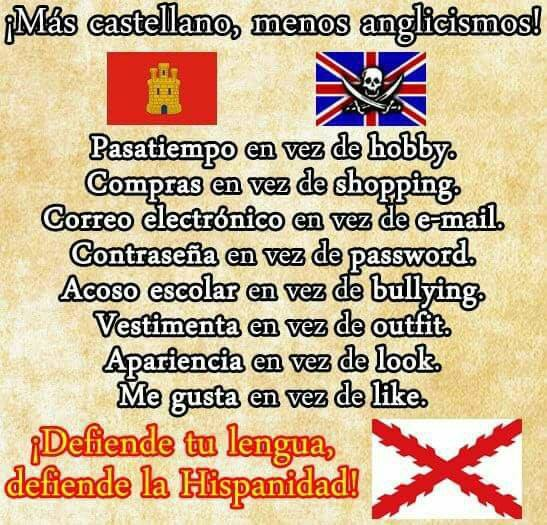

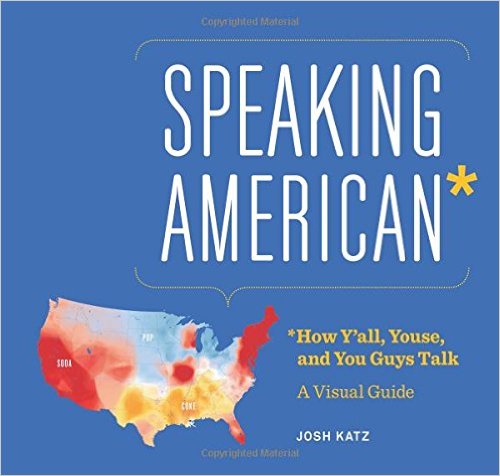


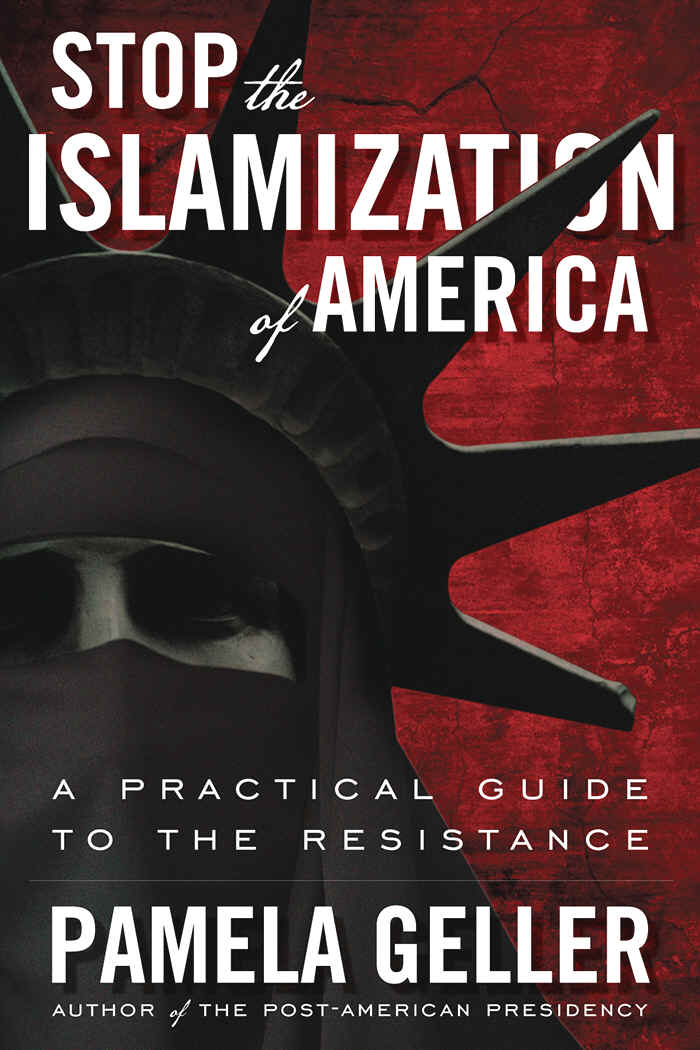
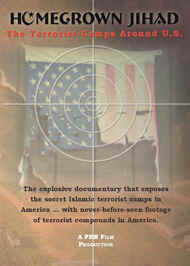
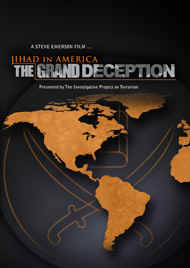

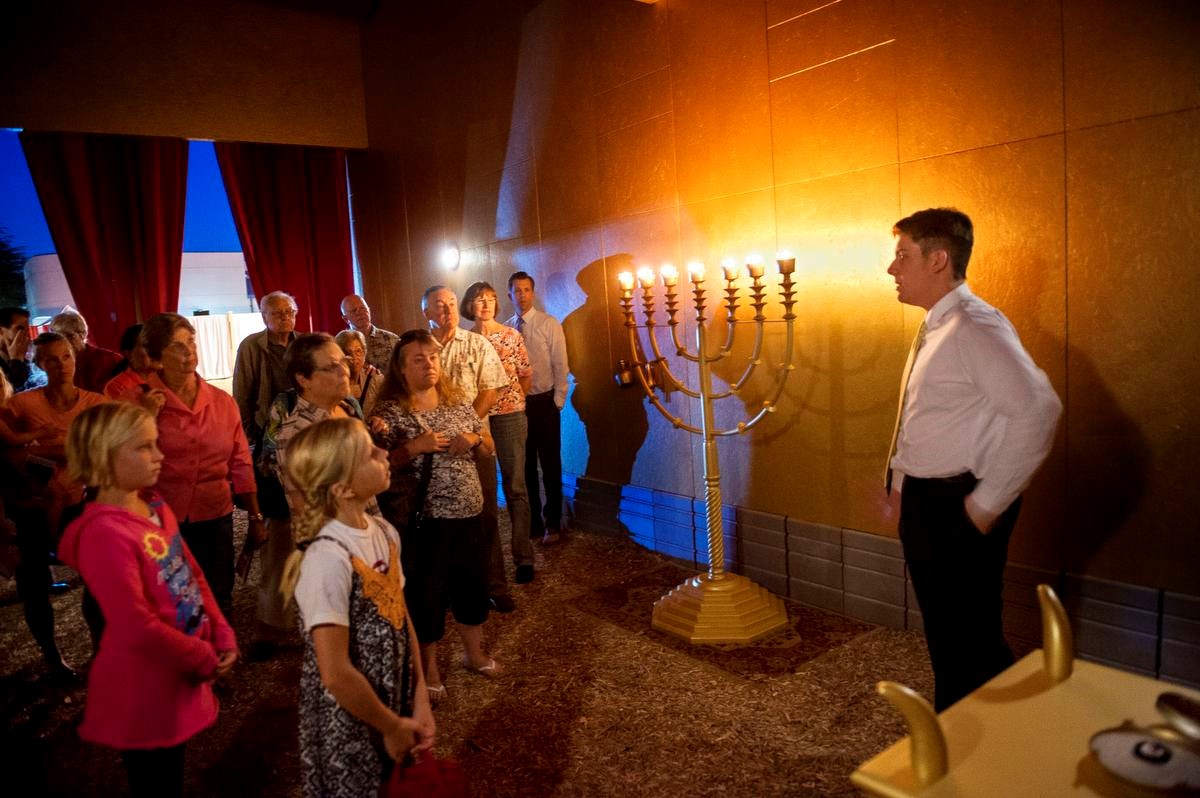
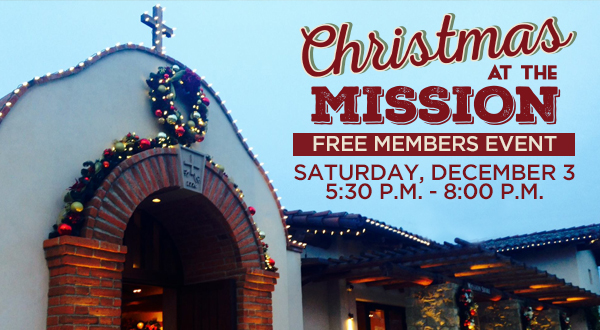
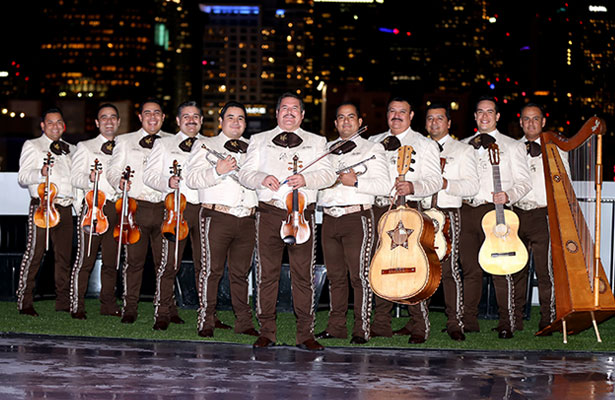
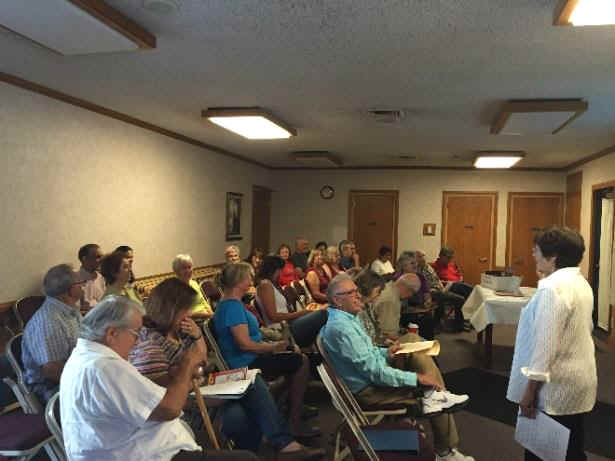
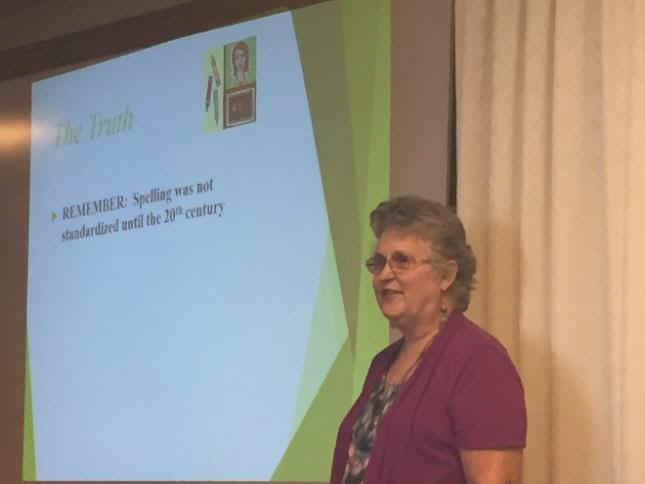
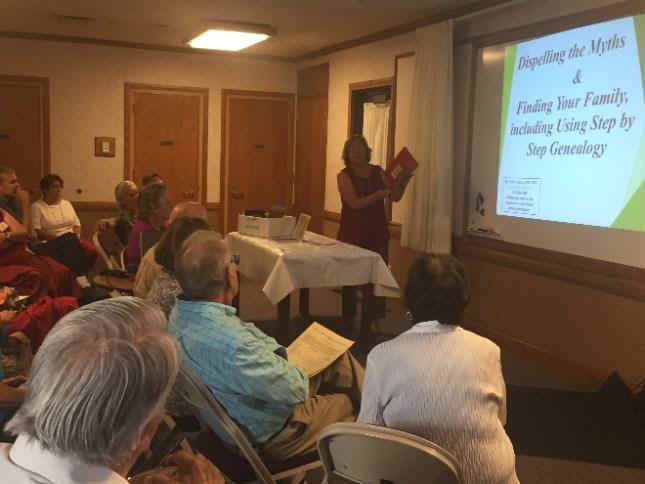
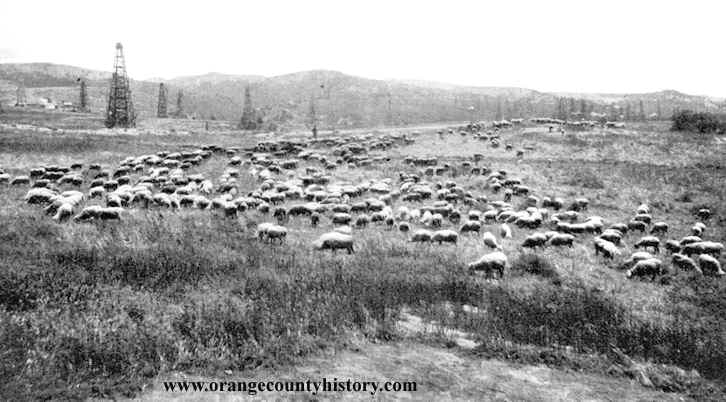
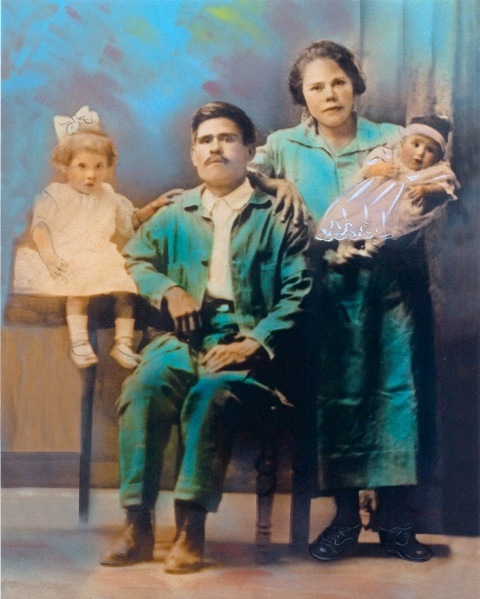 It
was 90 yrs ago that Margarito (1898-1973), Juana
(1903-1965), Dolores (1923-1990), Julia (1.16.26), and
our maternal grandfather Juan Vargas (1860-1951/52), whom we
affectionately called papa Juan, crossed the International
Bridge from Ciudad Juárez into El Paso. . .then into California by
way of Yuma.
It
was 90 yrs ago that Margarito (1898-1973), Juana
(1903-1965), Dolores (1923-1990), Julia (1.16.26), and
our maternal grandfather Juan Vargas (1860-1951/52), whom we
affectionately called papa Juan, crossed the International
Bridge from Ciudad Juárez into El Paso. . .then into California by
way of Yuma. 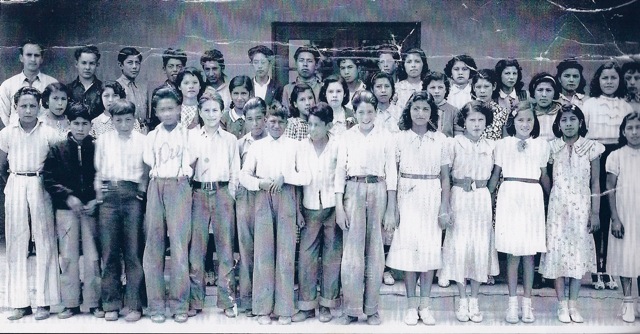
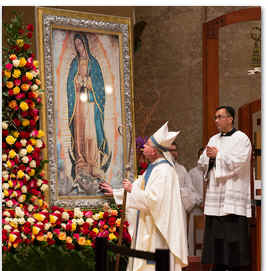




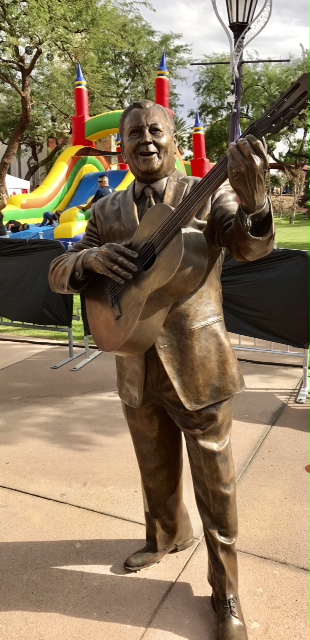
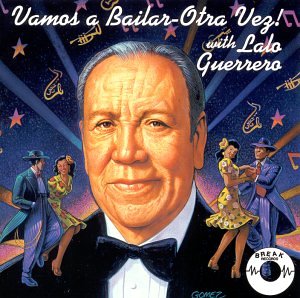
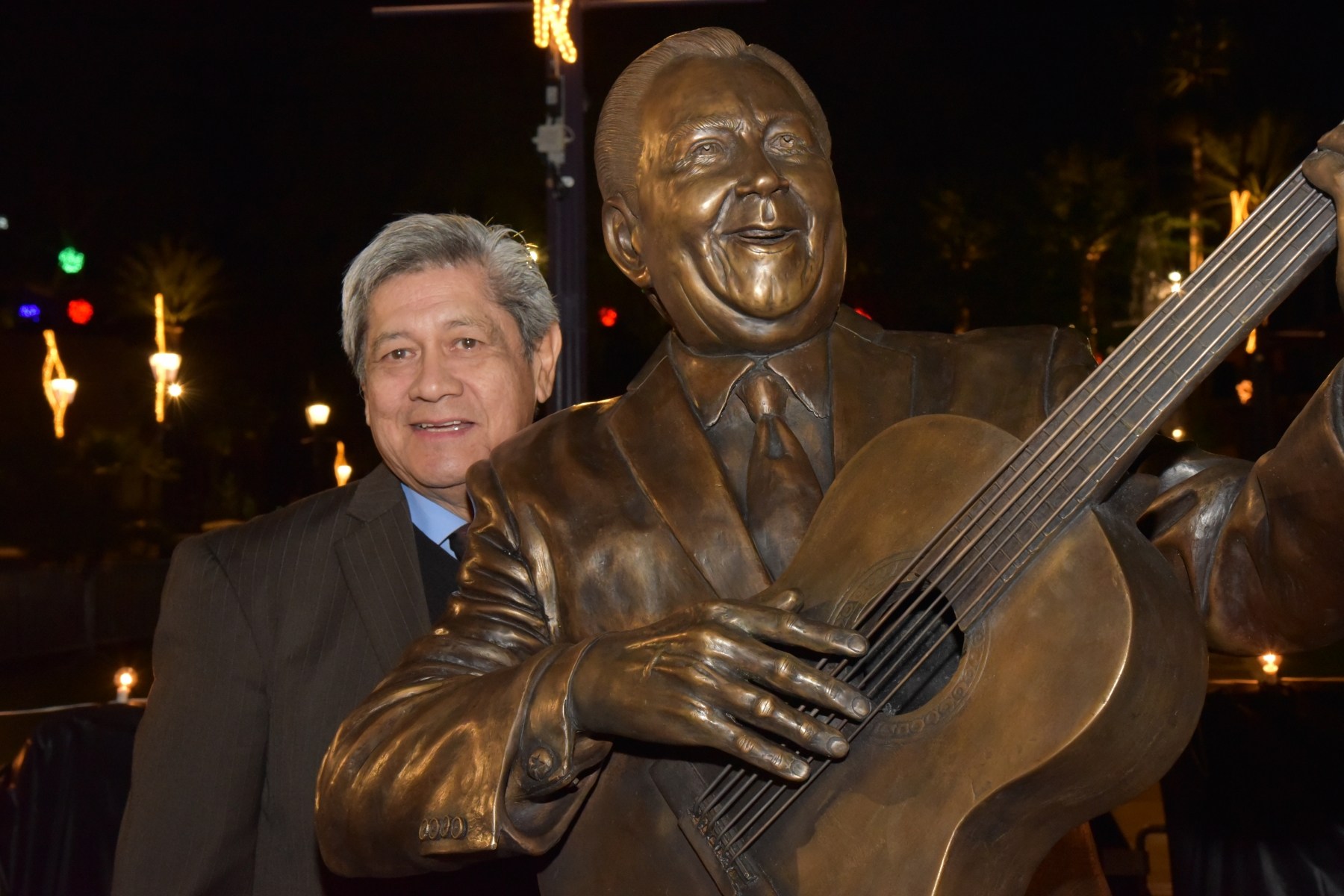
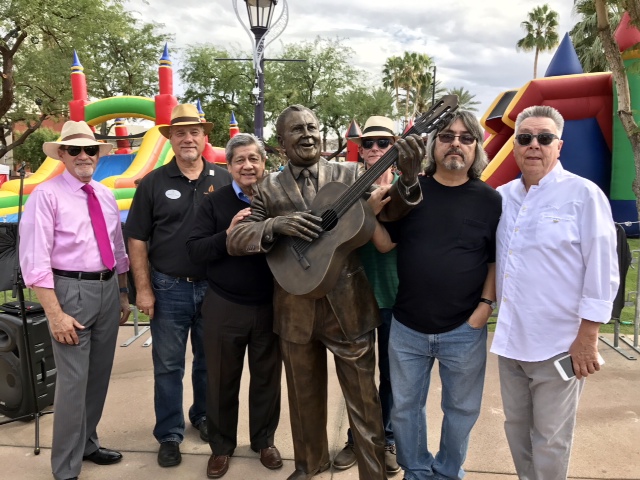


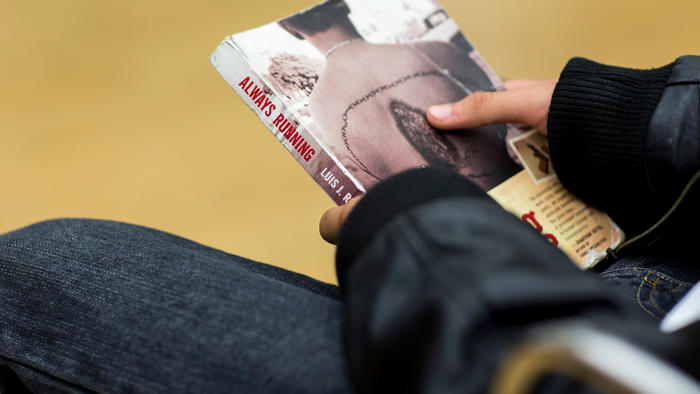
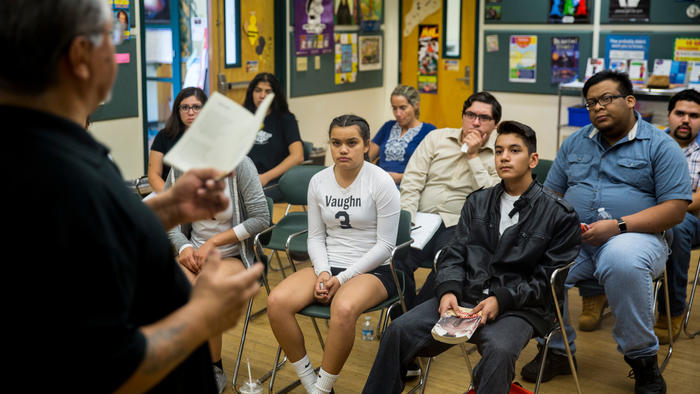



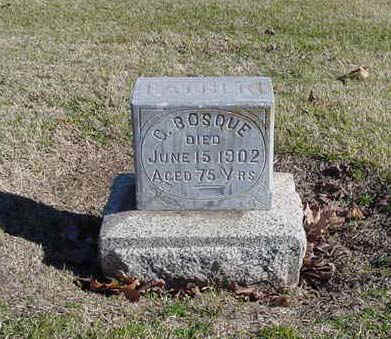
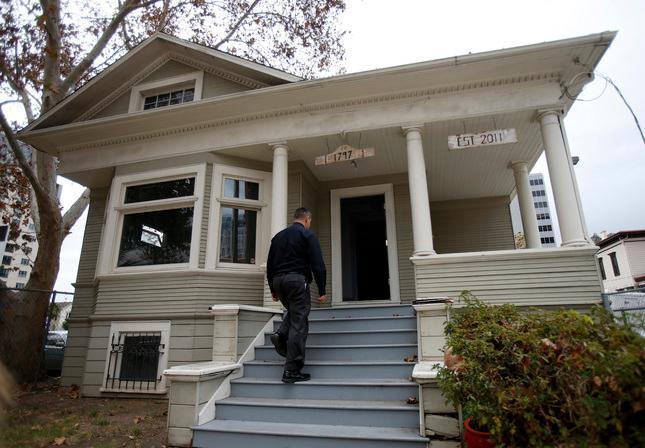
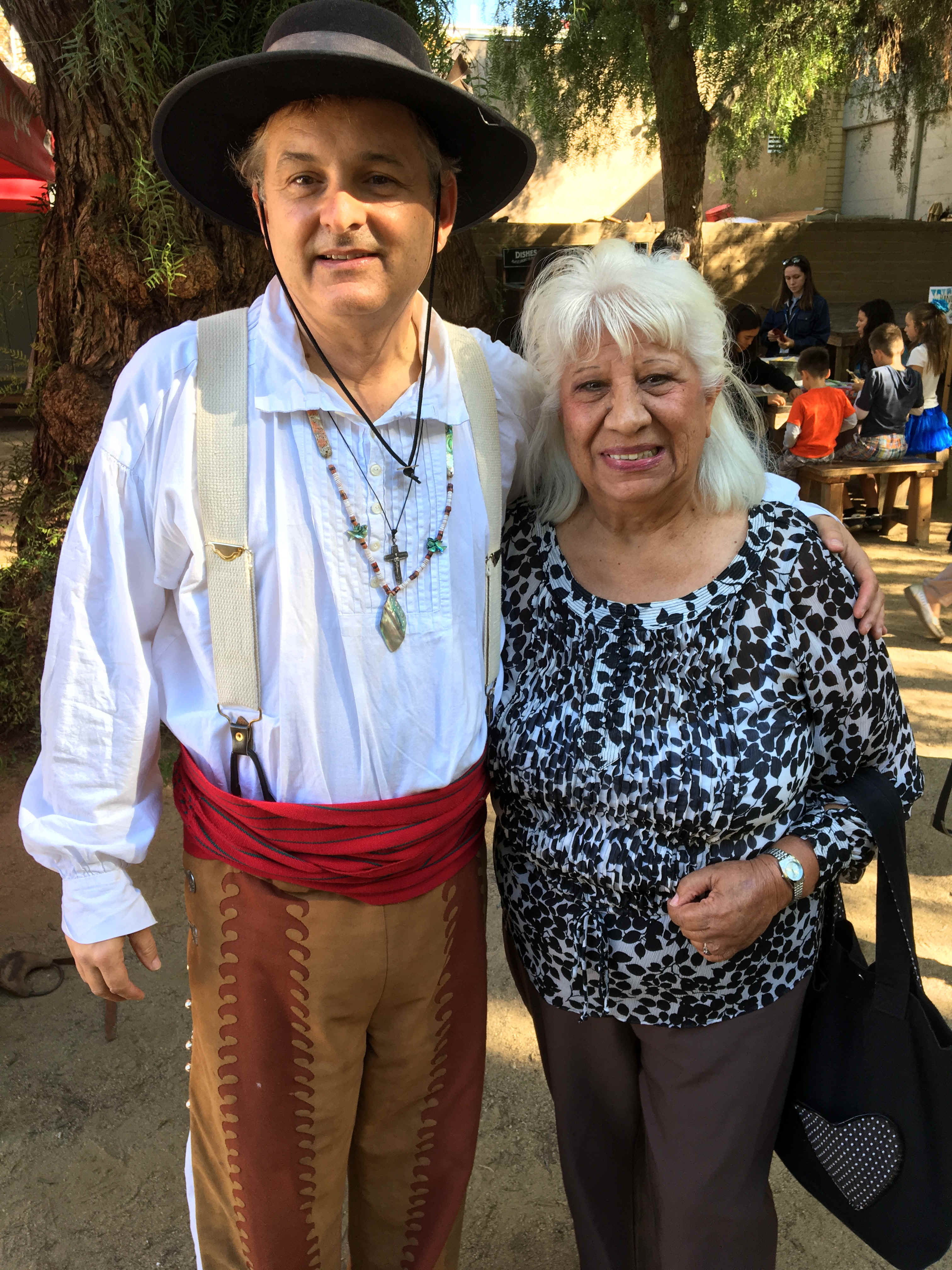
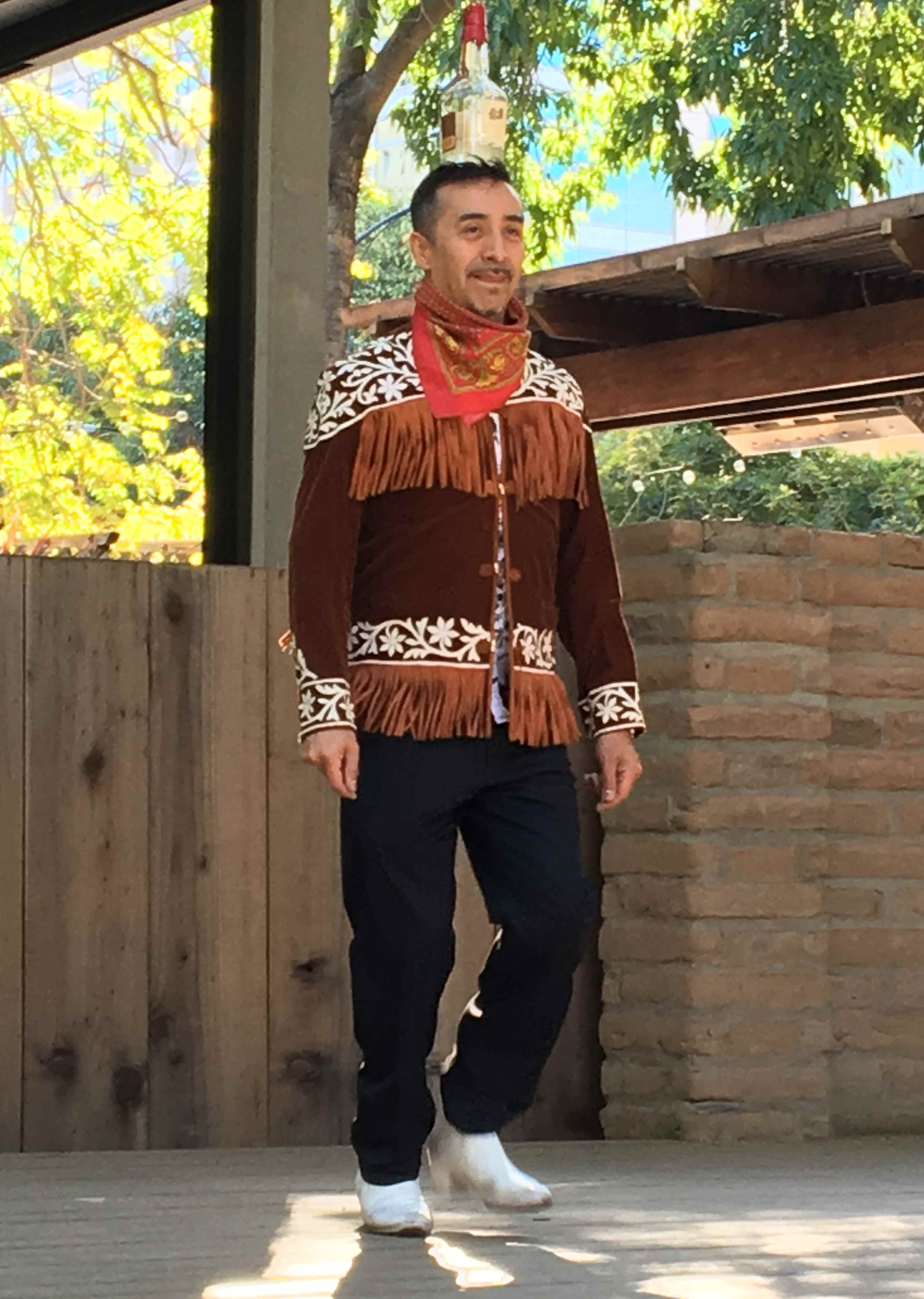
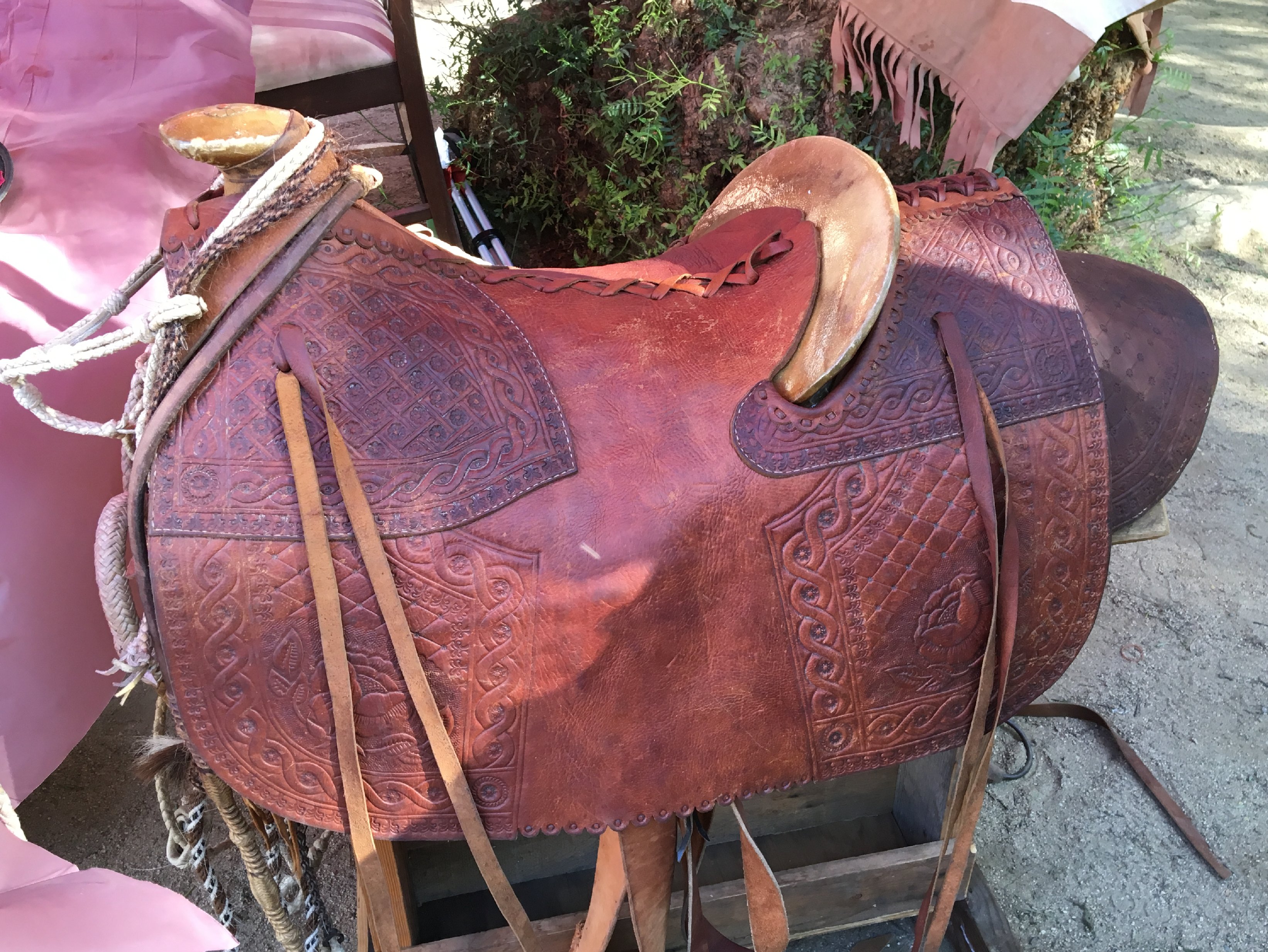
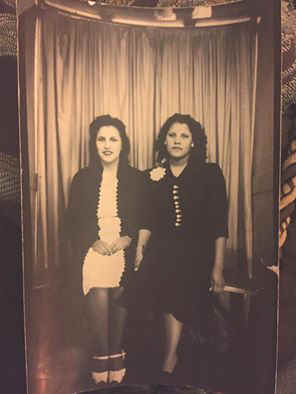 Mom Evangeline was a beauty and a wonderful woman
who was loved by everyone. Her father, Buenaventura (Ben) Romero
Gutierrez called her "Peaches and Cream". Mom, seated
is seated to the left, wearing the white dress and white shoes. We do
not know the lady seated to the right wearing the dark dress.
Mom Evangeline was a beauty and a wonderful woman
who was loved by everyone. Her father, Buenaventura (Ben) Romero
Gutierrez called her "Peaches and Cream". Mom, seated
is seated to the left, wearing the white dress and white shoes. We do
not know the lady seated to the right wearing the dark dress. 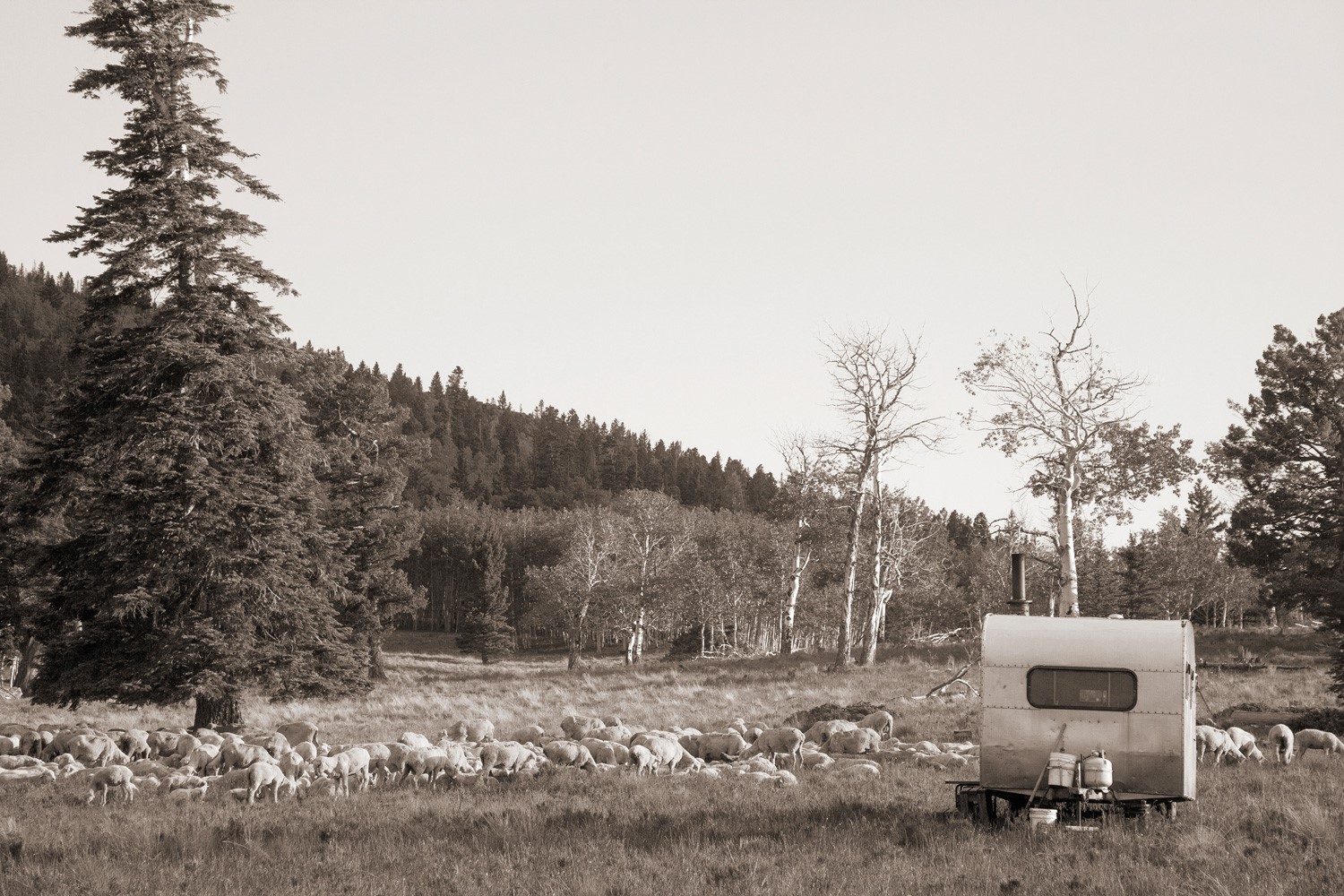
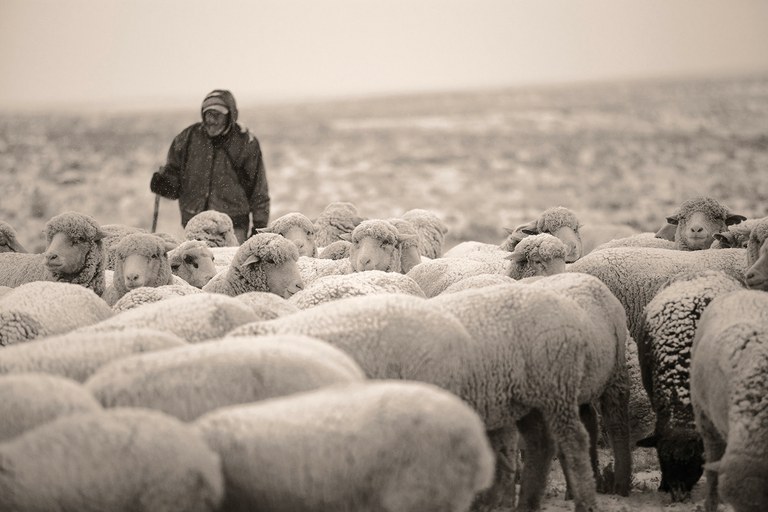
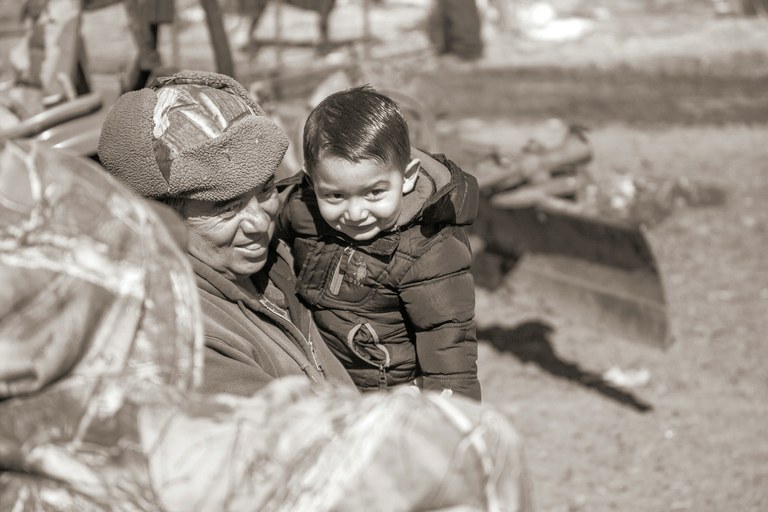
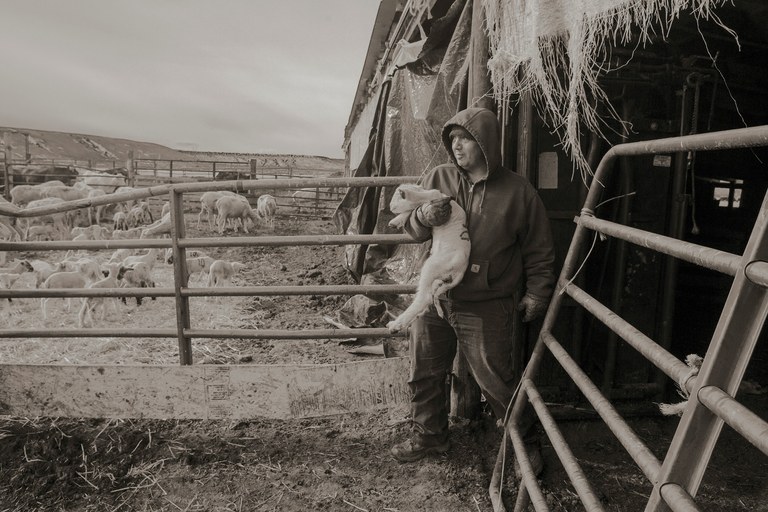
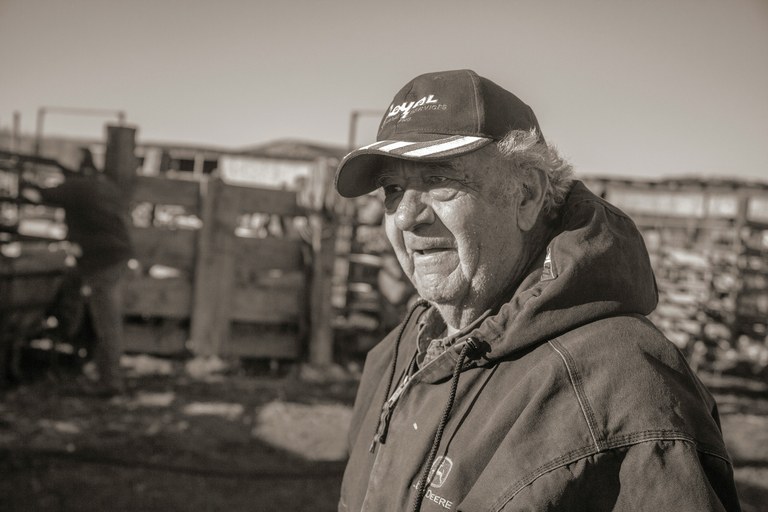
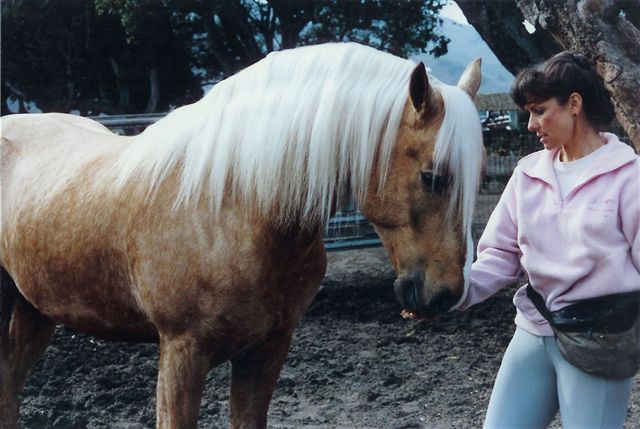
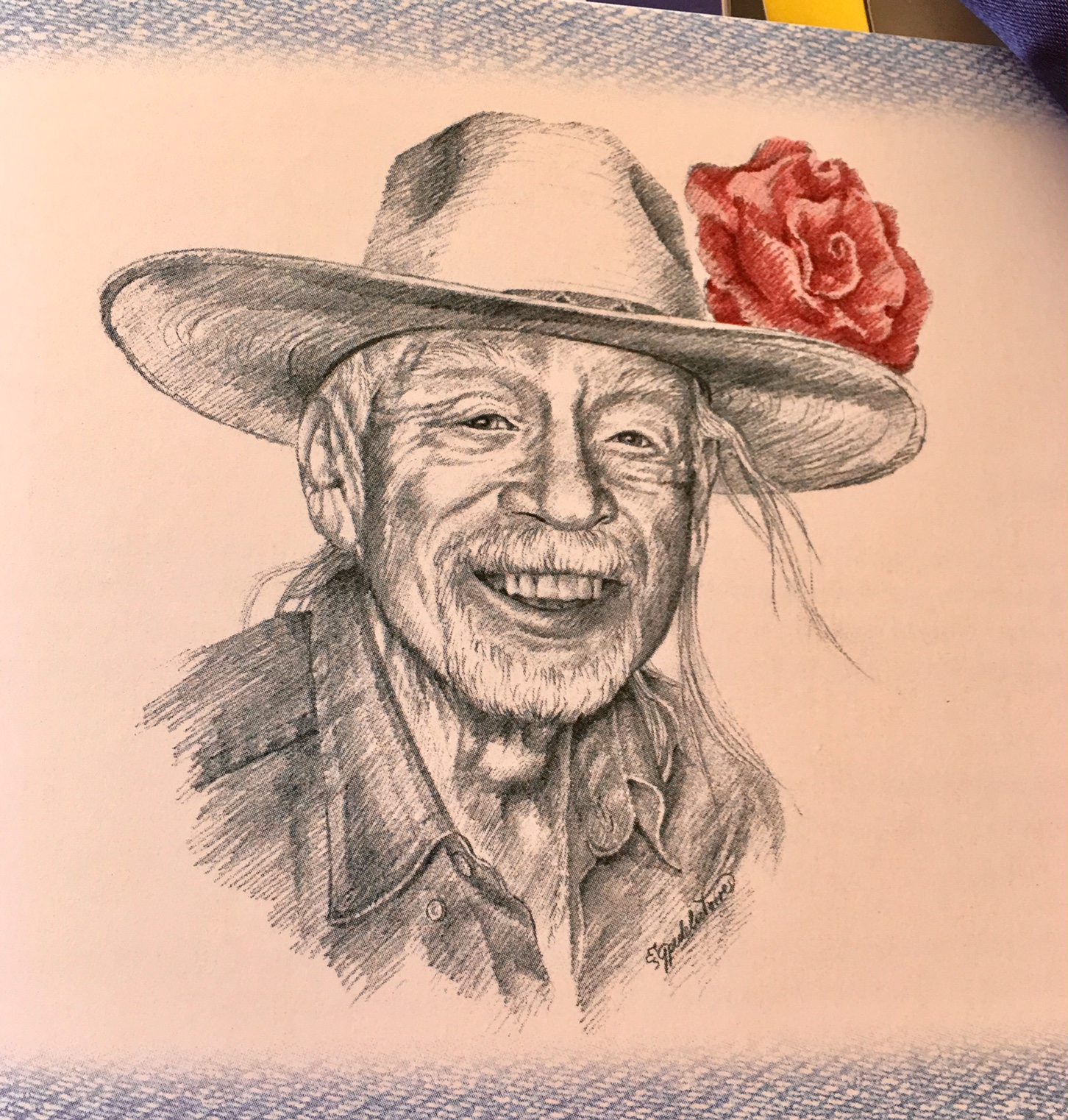
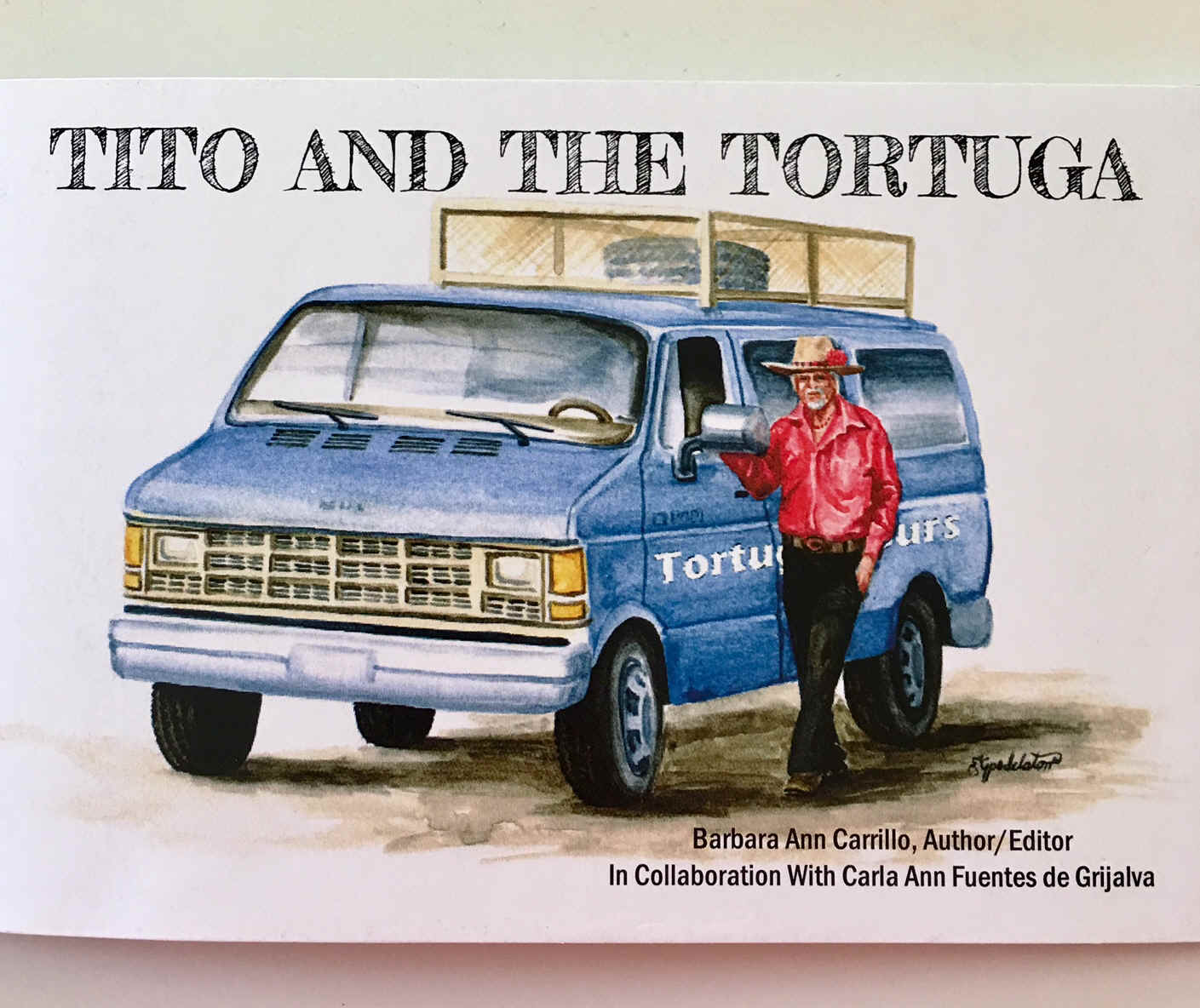
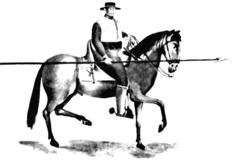
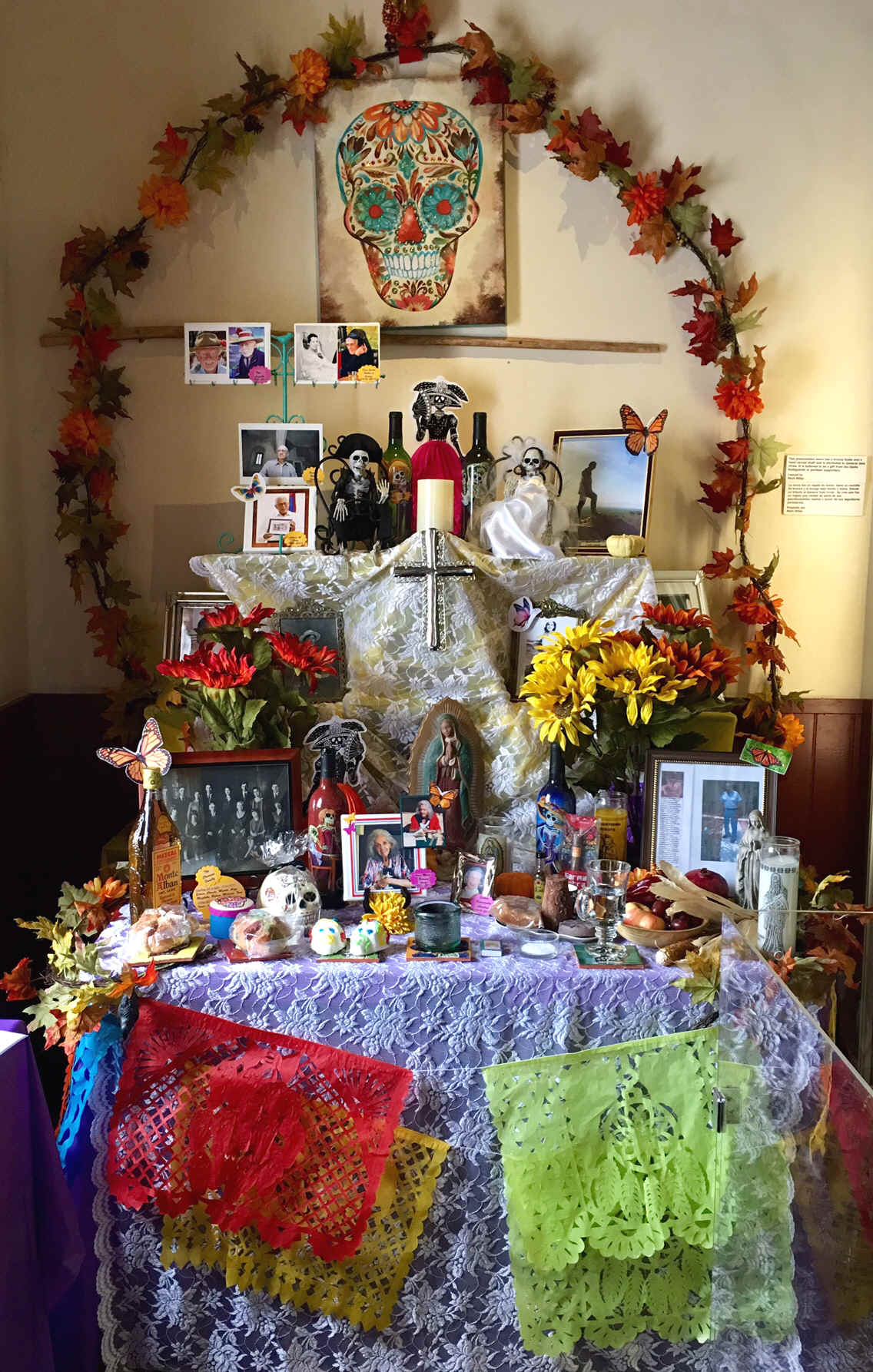
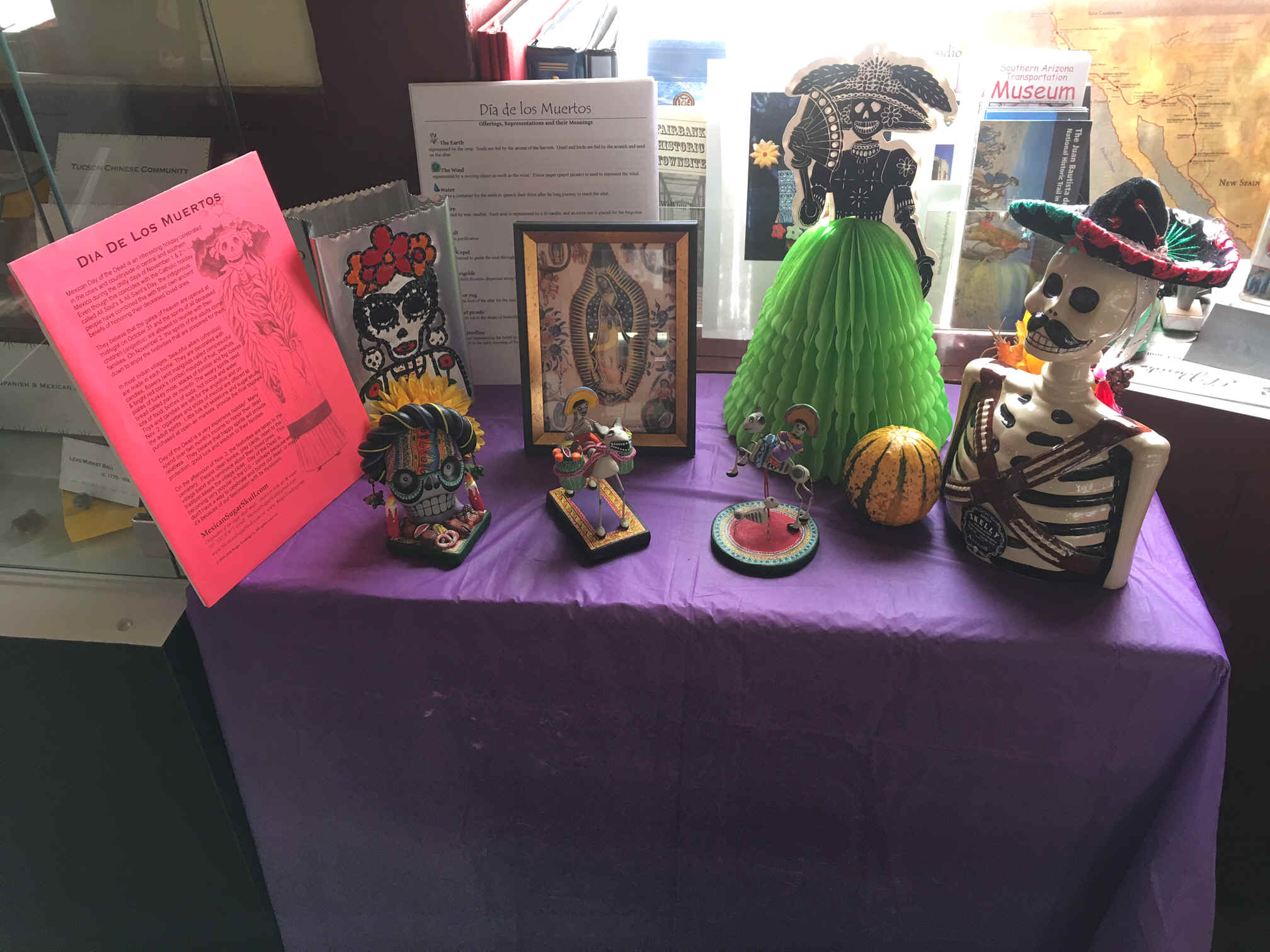

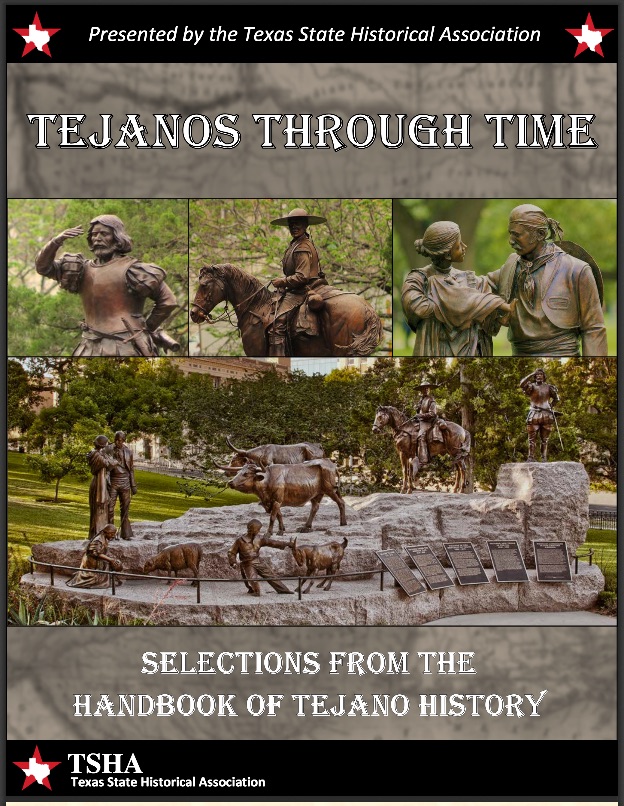
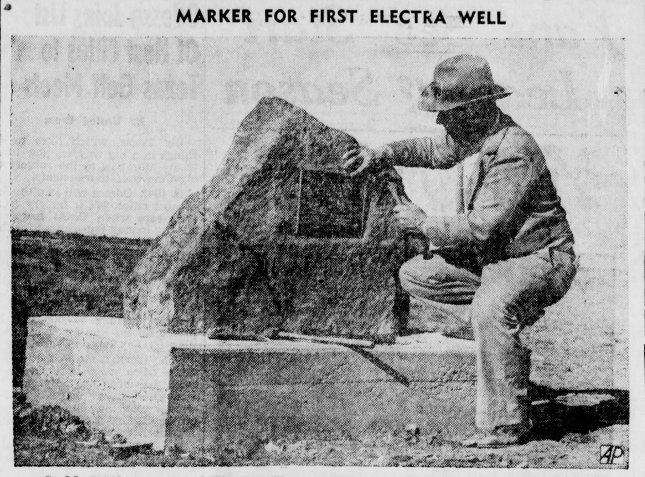

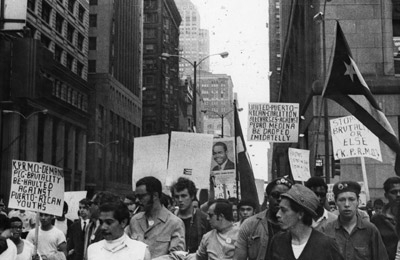
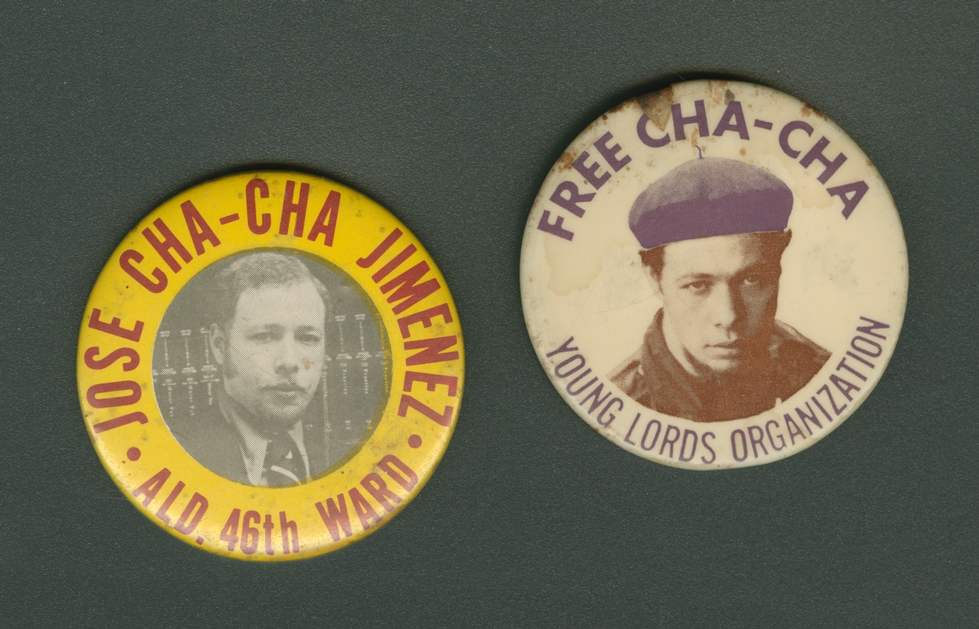
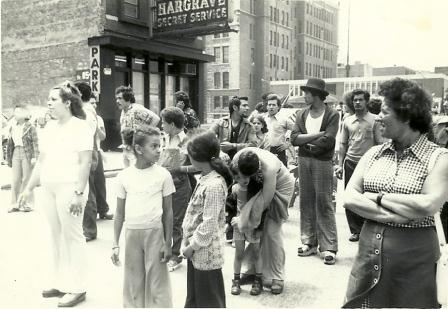
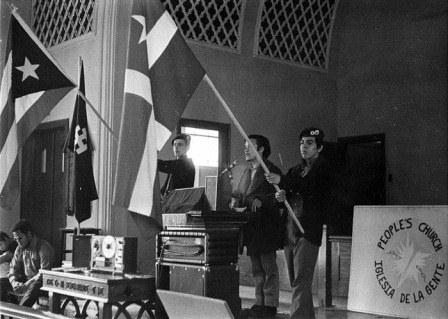
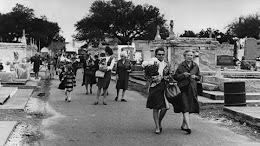
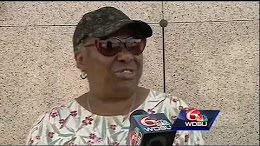
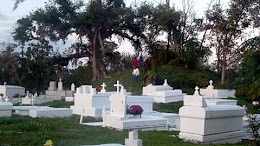
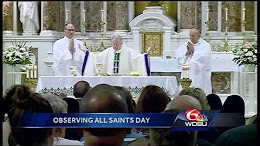
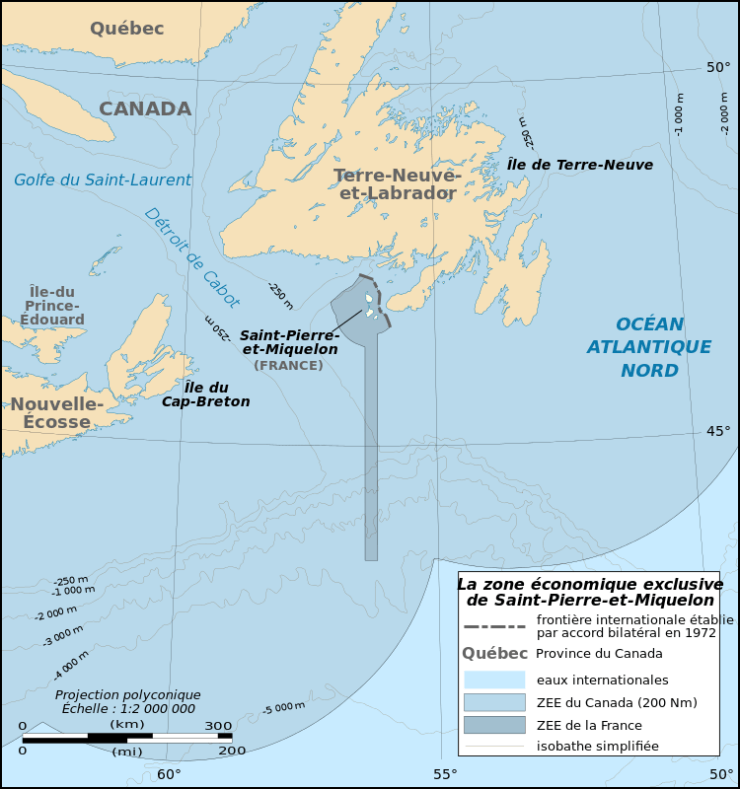
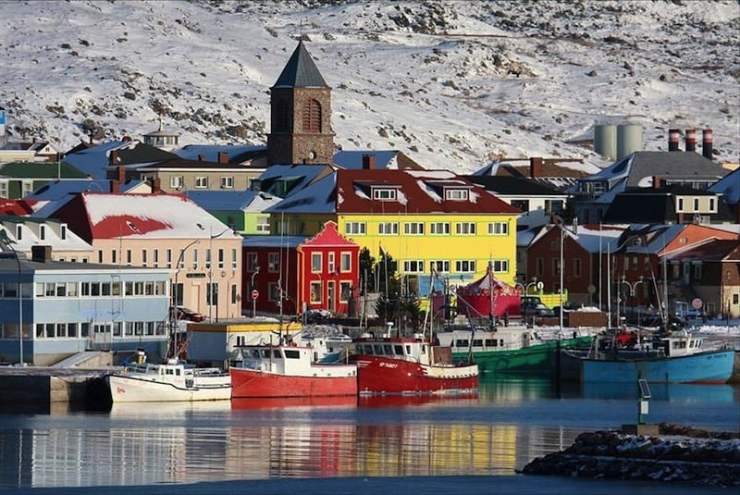
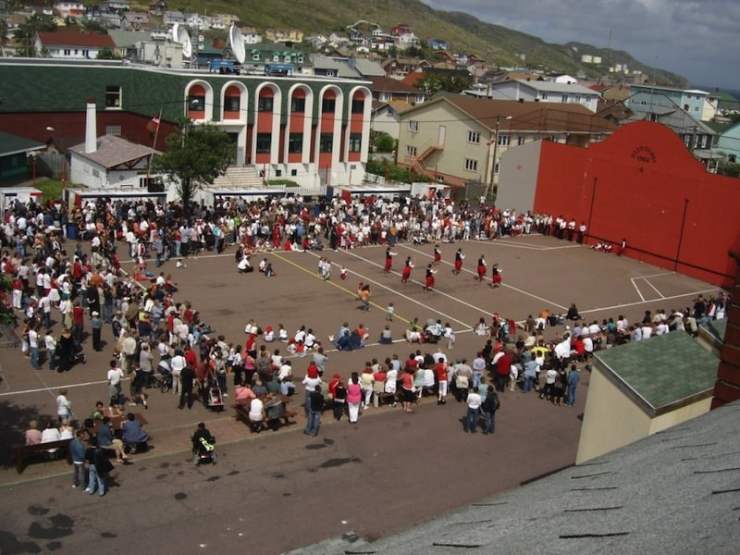
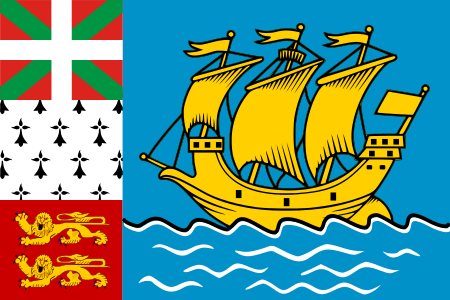

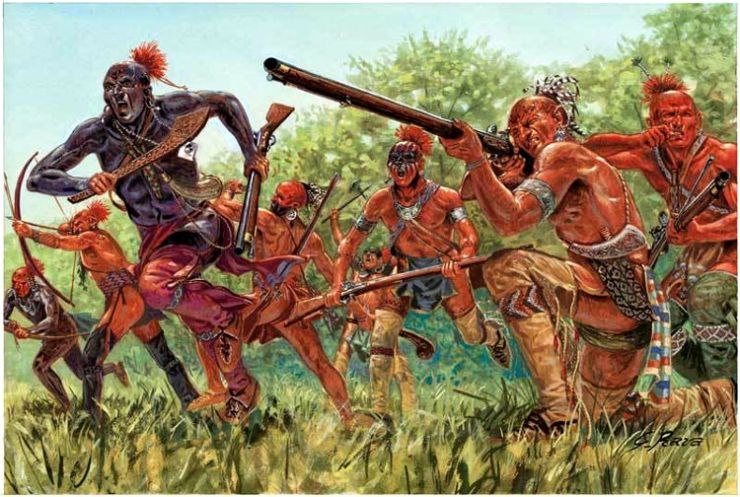
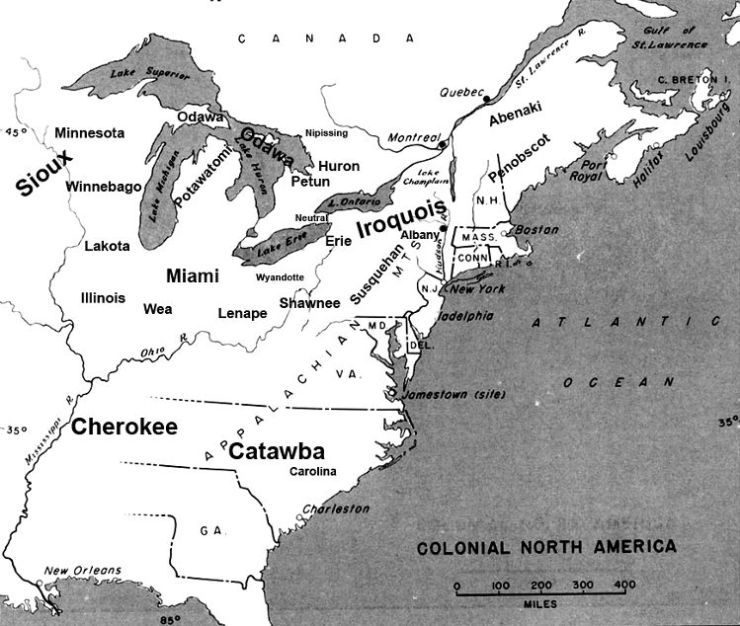
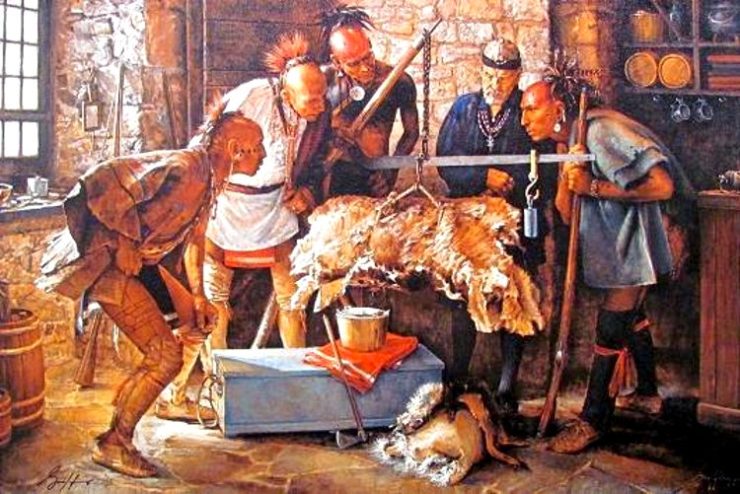
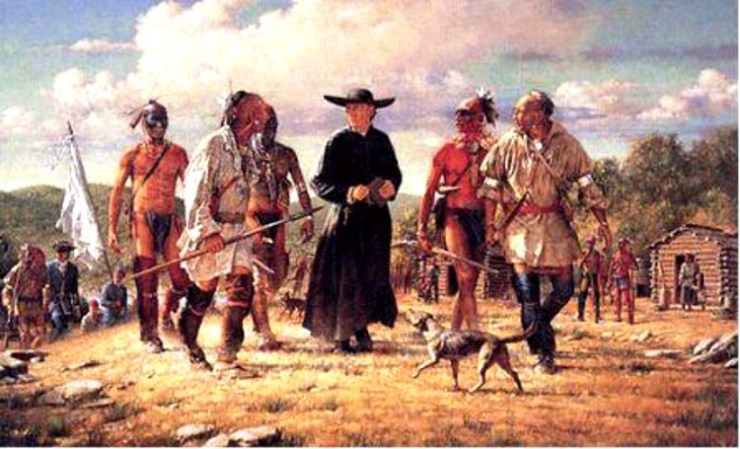
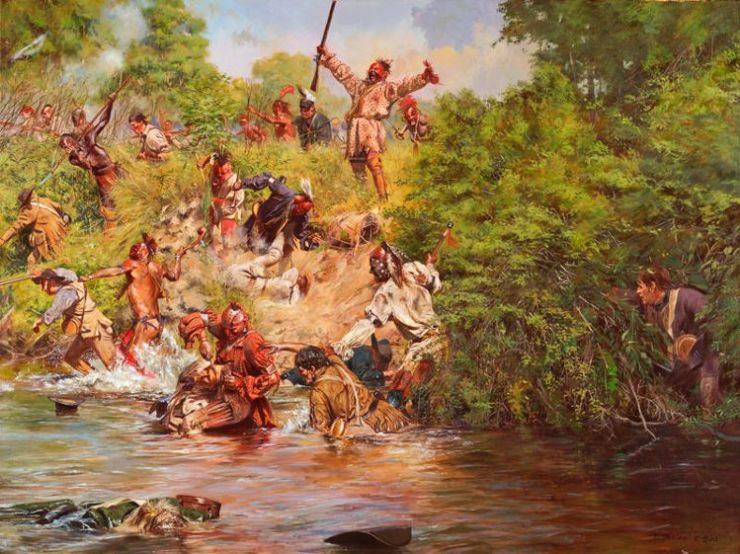
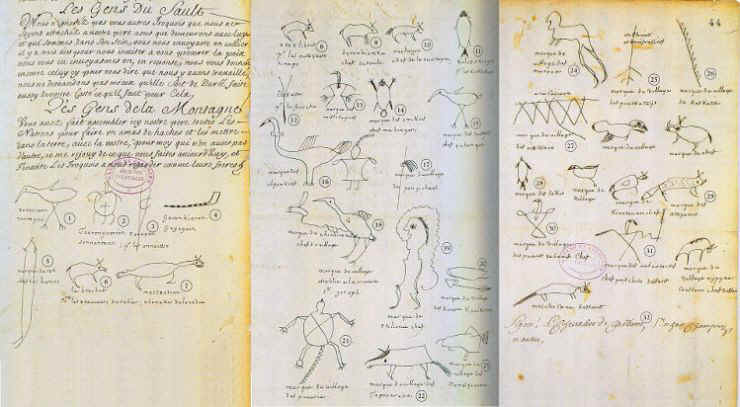

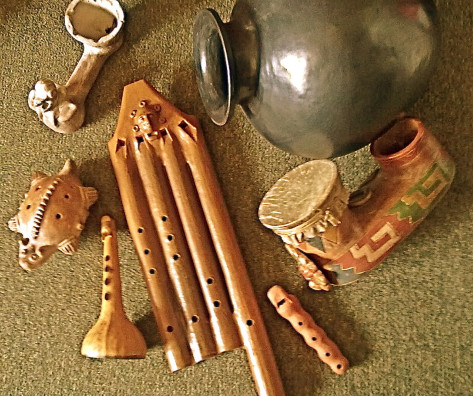

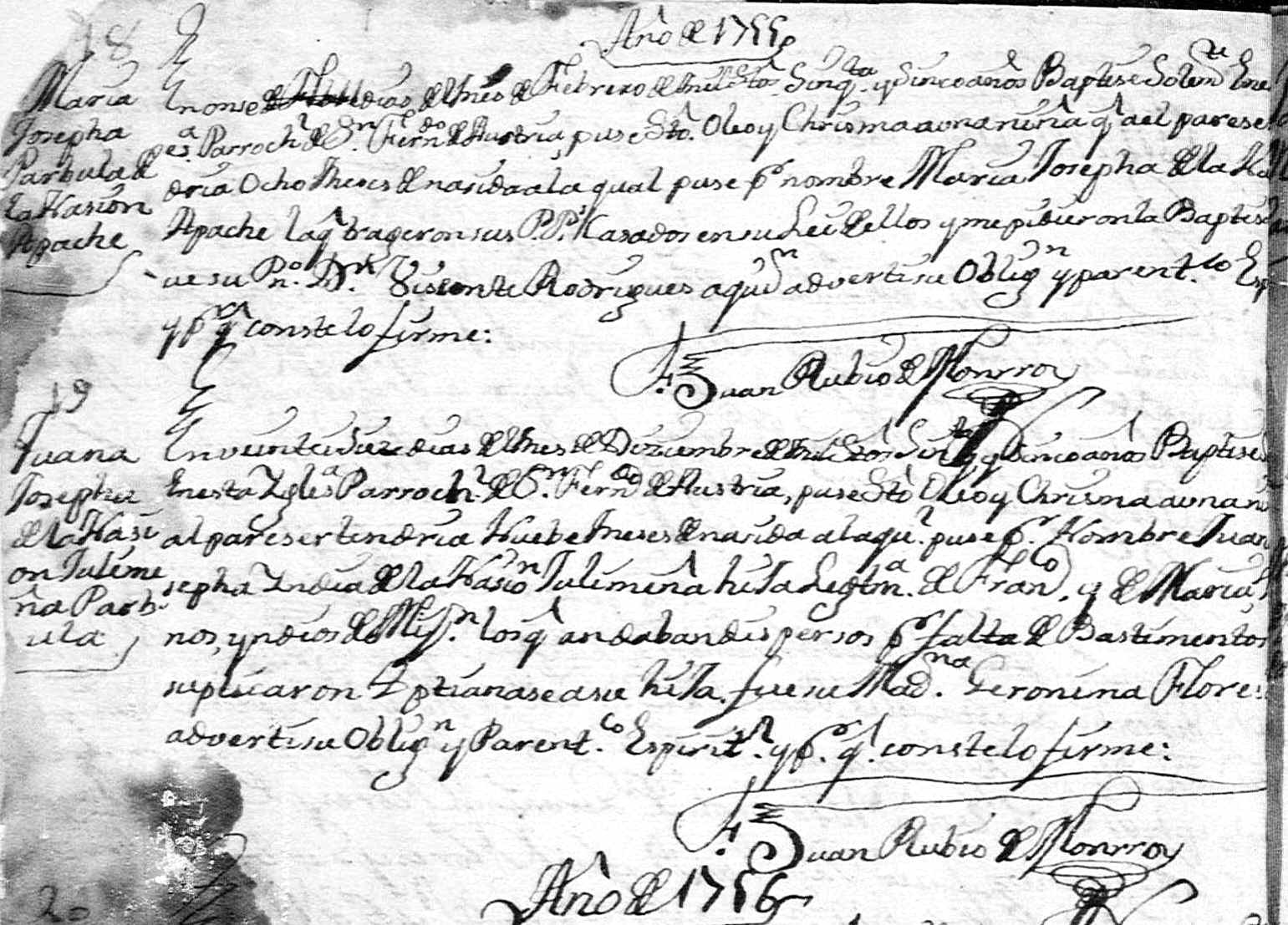

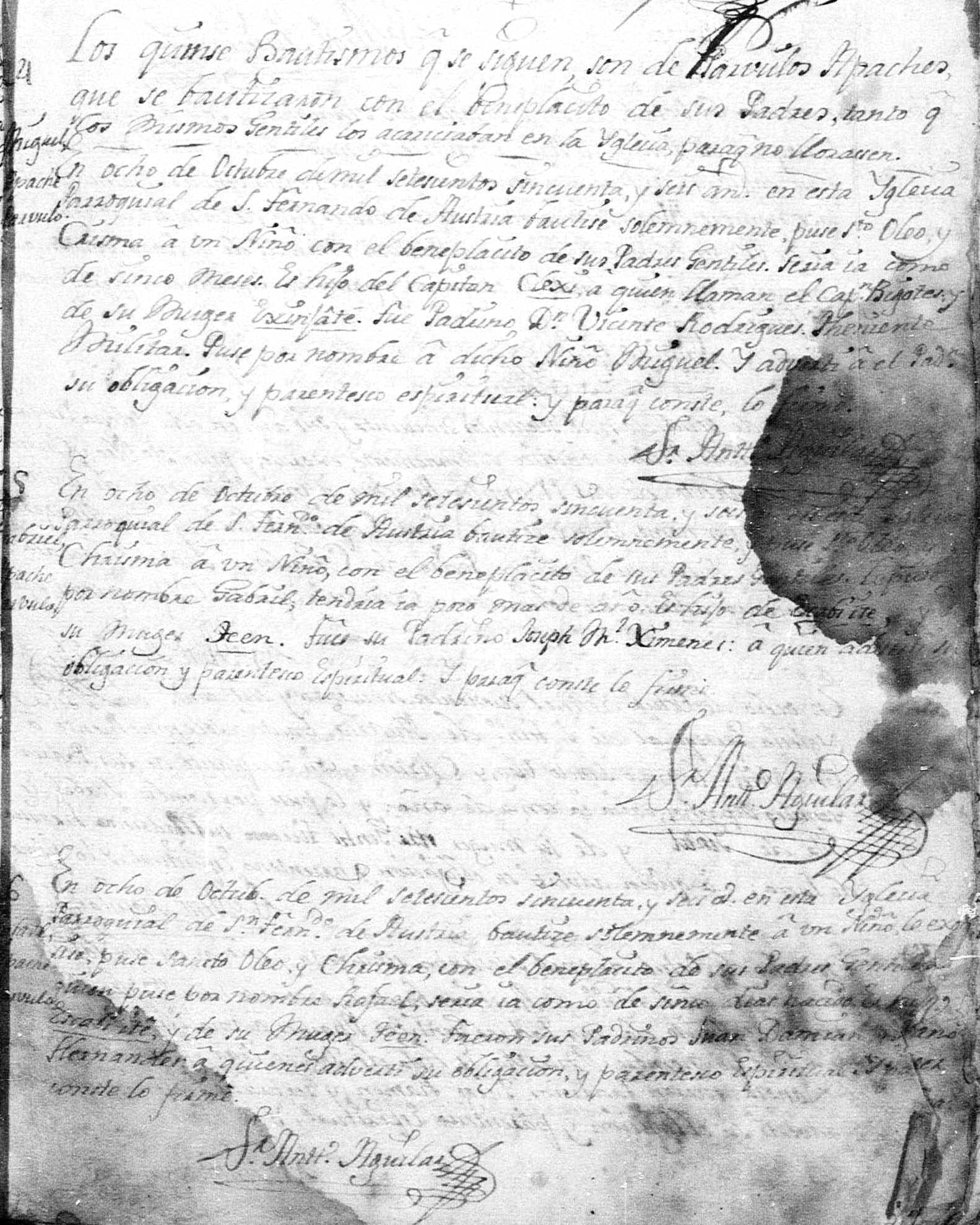
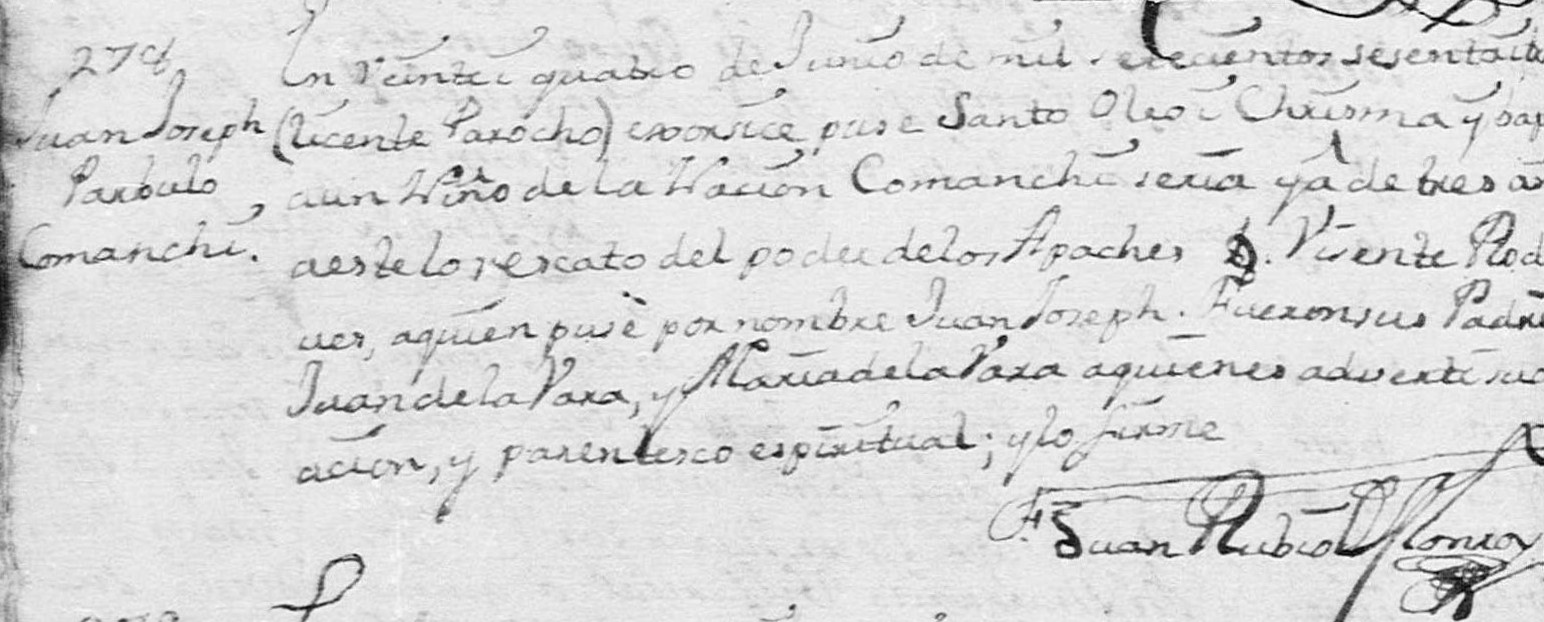
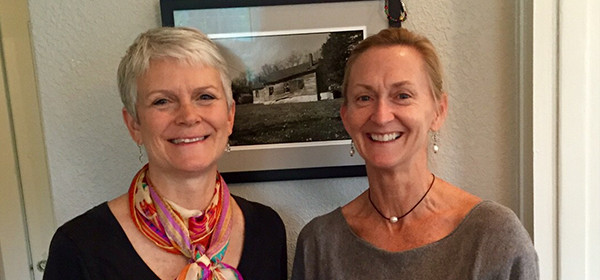

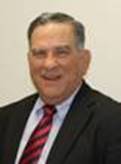
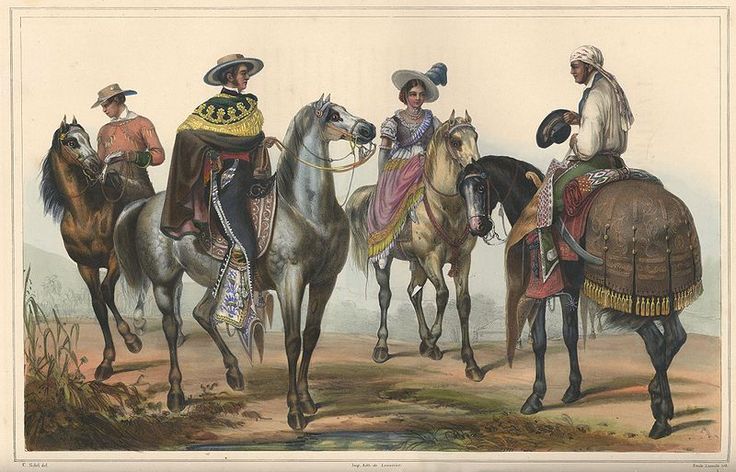
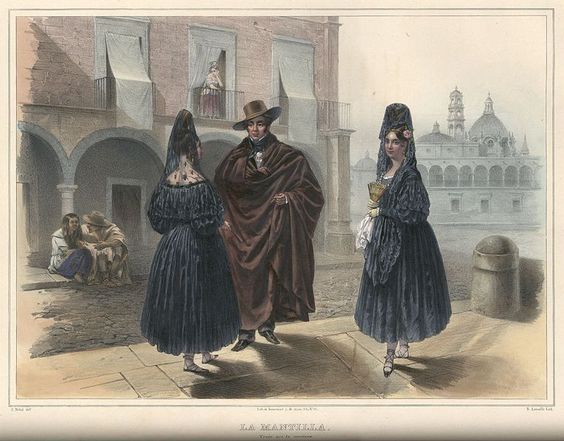
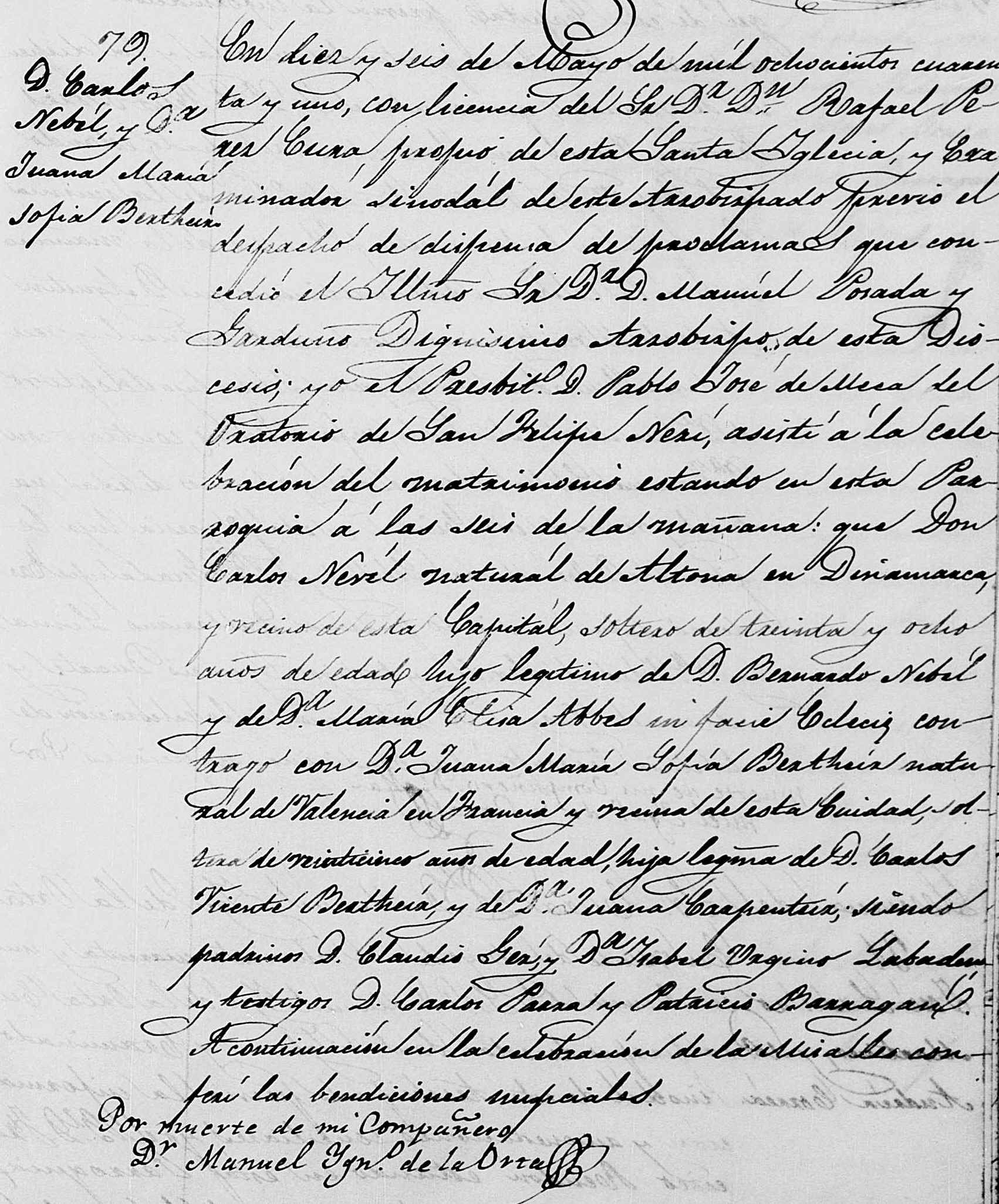
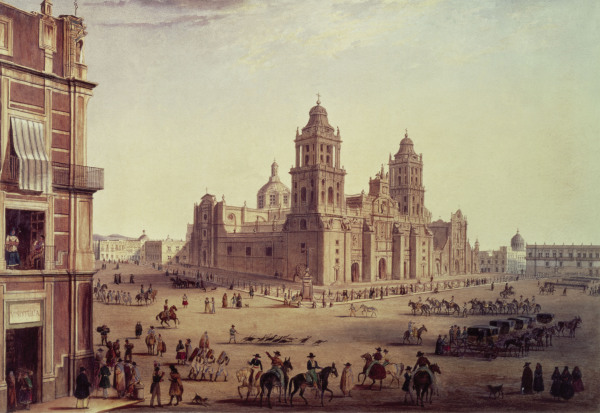
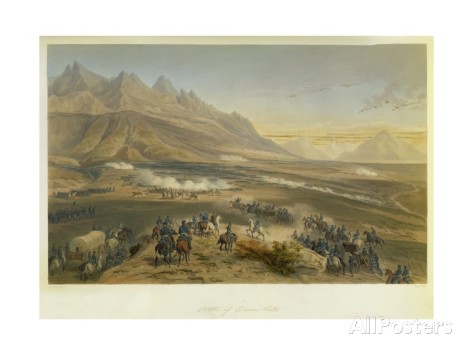
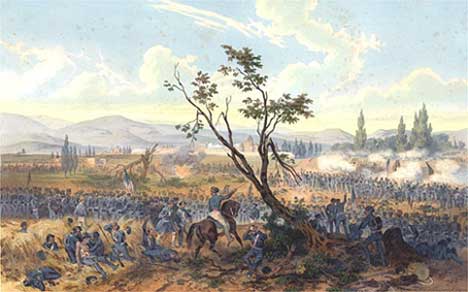
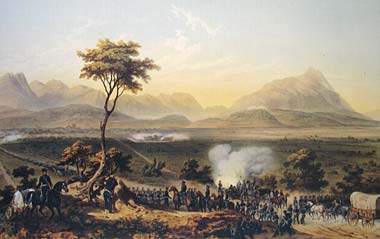
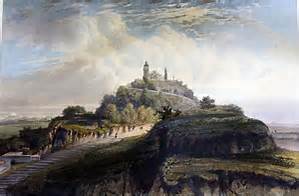
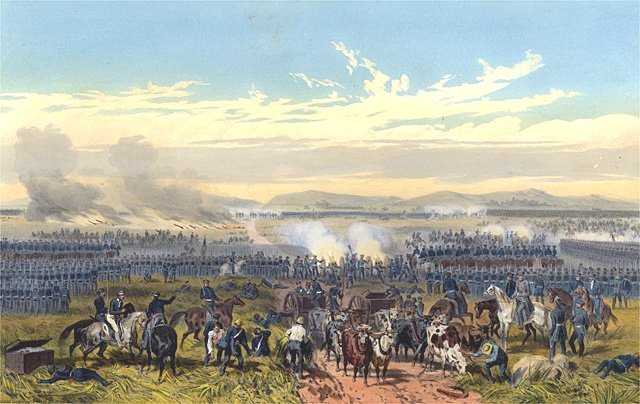
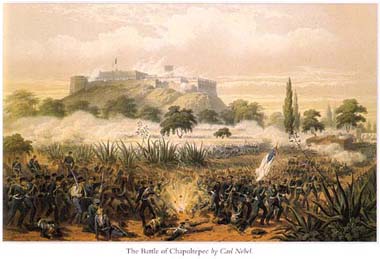
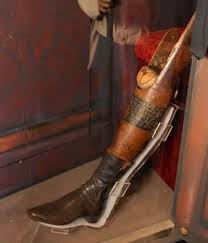
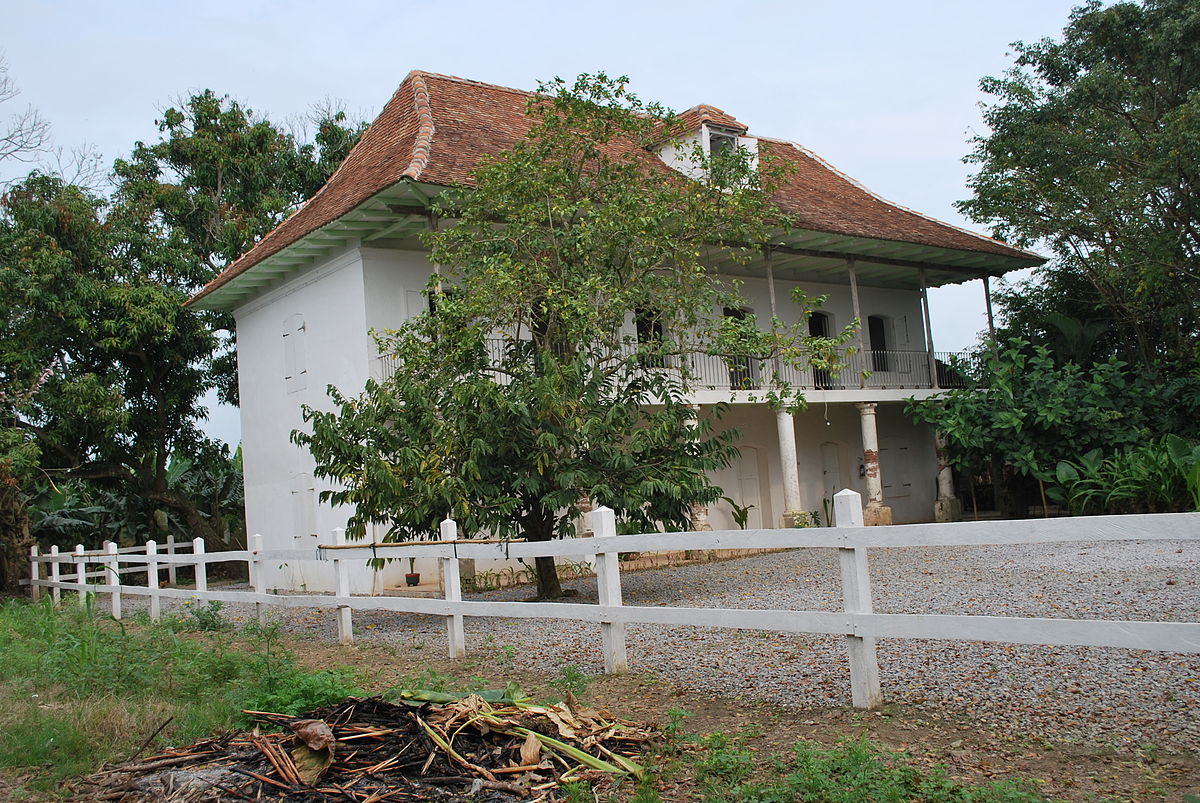
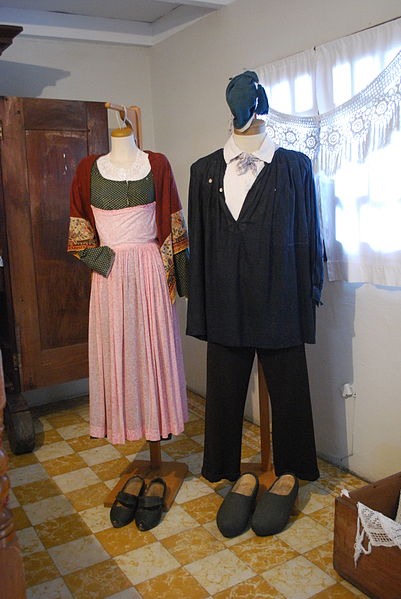 El
24 de abril de
El
24 de abril de 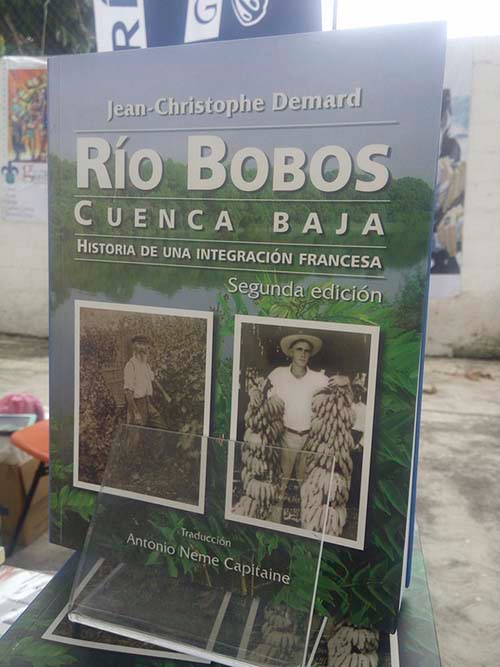
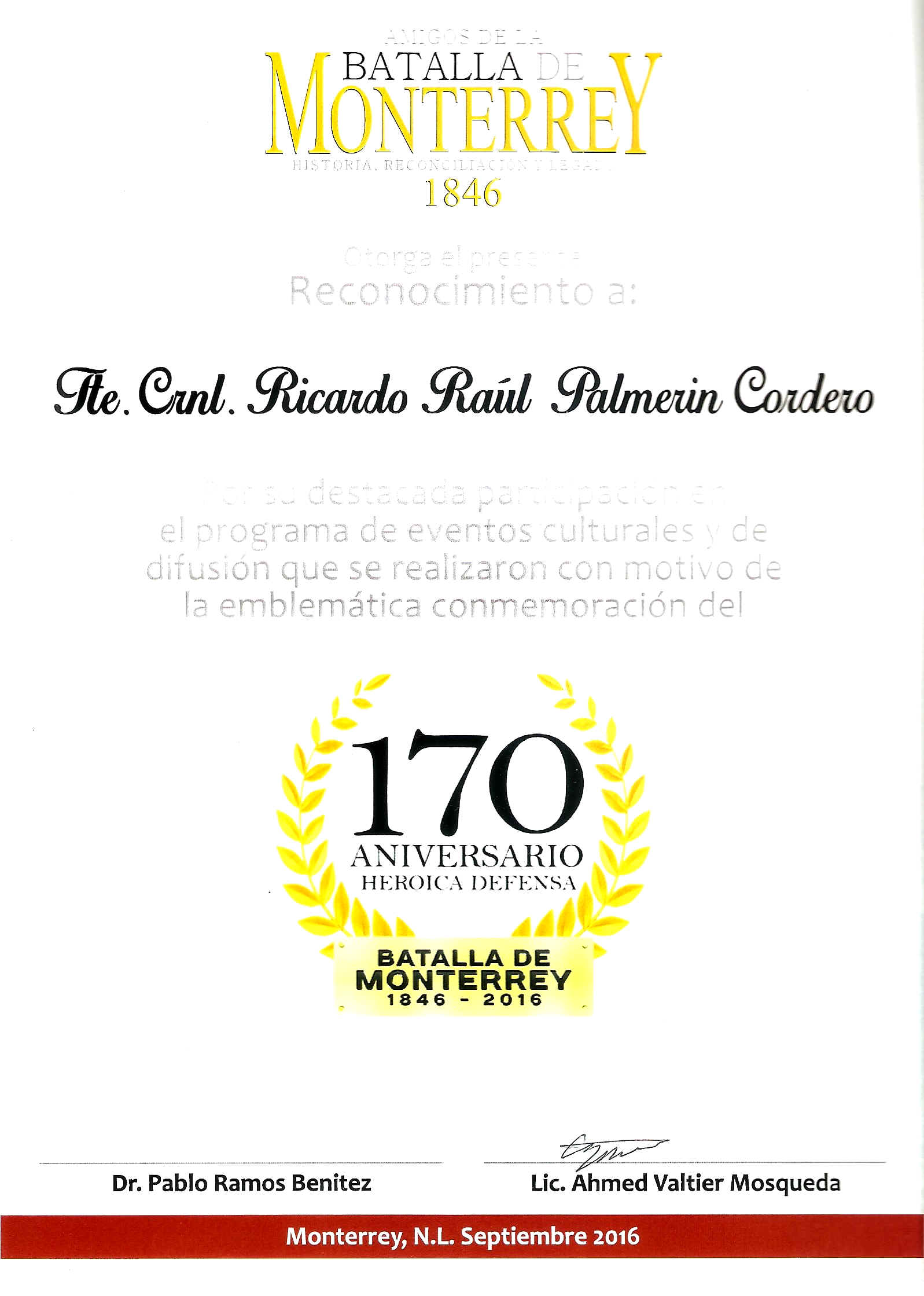
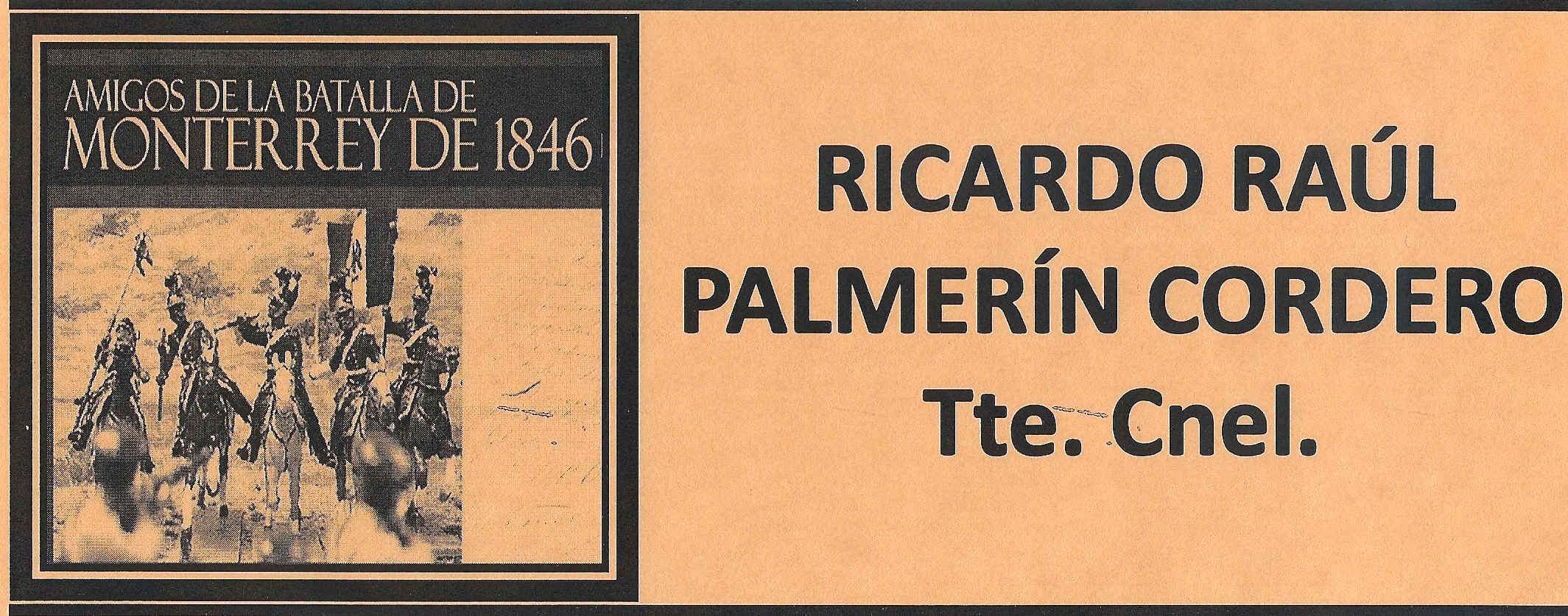
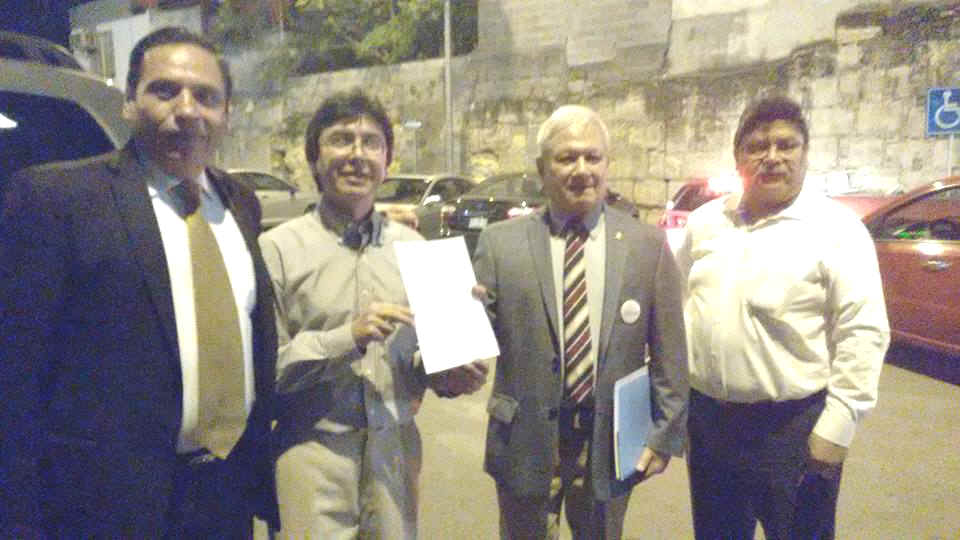 Envìo a Uds. Reconocimientos y fotos tomadas el dìa 28 del mes curso
en el Archivo General del Estado de Nuevo Leòn, en que participè con
la investigación que efectuè en la Dir. Gral. de Arch. e Hist. S.H. de
la S.D.N.: del Teniente Coronel de Caballerìa don Juan Nepomuceno Nàjera.
Comandante del Regimiento de los Lanceros de Jalisco, muerto
valerosamente en defensa de la patria combatiendo al frente de sus
Lanceros contra las tropas invasoras Norteamericanas el dìa 21 de
Septiembre de 1846 en Monterrey, N.L. Fuè el Jefe de mayor grado
de la Divisiòn de Operaciones del Norte al mando esta del General de
Brigada don Pedro de Ampudia y Grimarest.
Envìo a Uds. Reconocimientos y fotos tomadas el dìa 28 del mes curso
en el Archivo General del Estado de Nuevo Leòn, en que participè con
la investigación que efectuè en la Dir. Gral. de Arch. e Hist. S.H. de
la S.D.N.: del Teniente Coronel de Caballerìa don Juan Nepomuceno Nàjera.
Comandante del Regimiento de los Lanceros de Jalisco, muerto
valerosamente en defensa de la patria combatiendo al frente de sus
Lanceros contra las tropas invasoras Norteamericanas el dìa 21 de
Septiembre de 1846 en Monterrey, N.L. Fuè el Jefe de mayor grado
de la Divisiòn de Operaciones del Norte al mando esta del General de
Brigada don Pedro de Ampudia y Grimarest.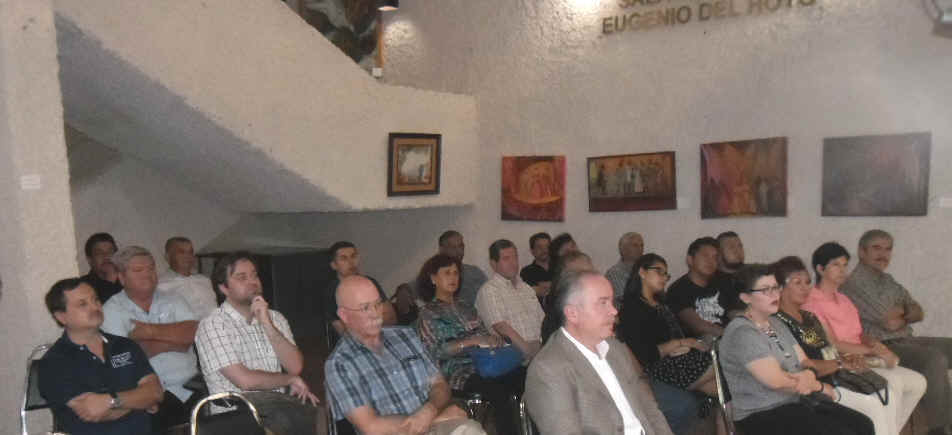

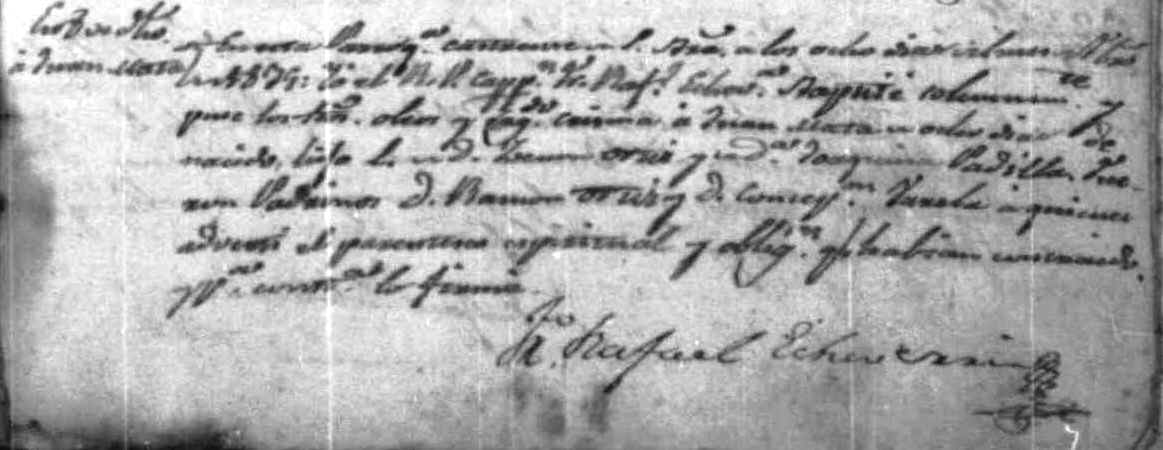
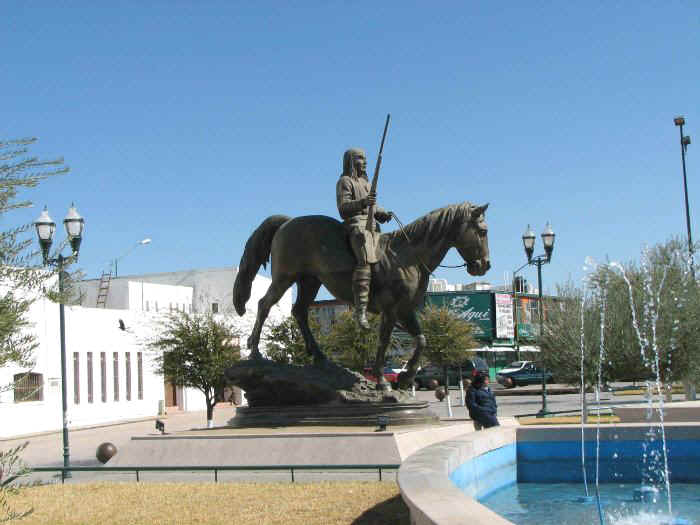
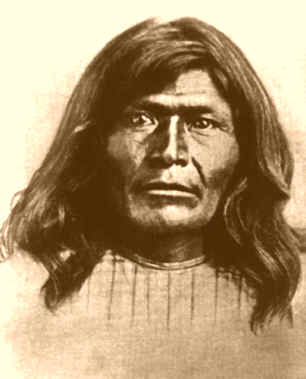 La sierra de Chihuahua, soberbia, imponente, fuè
testigo. Fuerzas del Corl. Don Joaquìn Terrazas, dividida en 2 columnas: una bajo su mando y otra al de Juan Mata Ortiz; atardecer del dìa 14 de Octubre de 1880 en Tres Castillos. El feroz Victorio, valiente hasta lo increíble, verdugo del cristiano, indomable Jefe de la Apacherìa, està frente a frente de Mauricio Corredor, el noble Tarahumara, Capitàn de los voluntarios de Arisiachi; sus miradas se encuentran en actitud de reto, se acordarìa
La sierra de Chihuahua, soberbia, imponente, fuè
testigo. Fuerzas del Corl. Don Joaquìn Terrazas, dividida en 2 columnas: una bajo su mando y otra al de Juan Mata Ortiz; atardecer del dìa 14 de Octubre de 1880 en Tres Castillos. El feroz Victorio, valiente hasta lo increíble, verdugo del cristiano, indomable Jefe de la Apacherìa, està frente a frente de Mauricio Corredor, el noble Tarahumara, Capitàn de los voluntarios de Arisiachi; sus miradas se encuentran en actitud de reto, se acordarìa
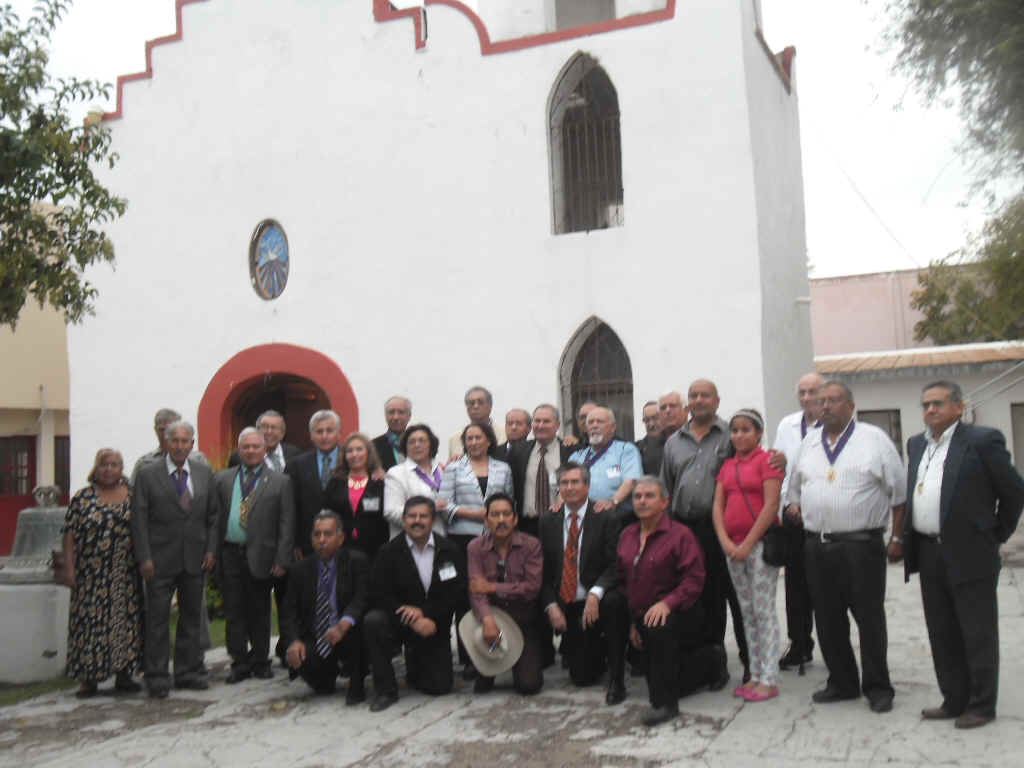
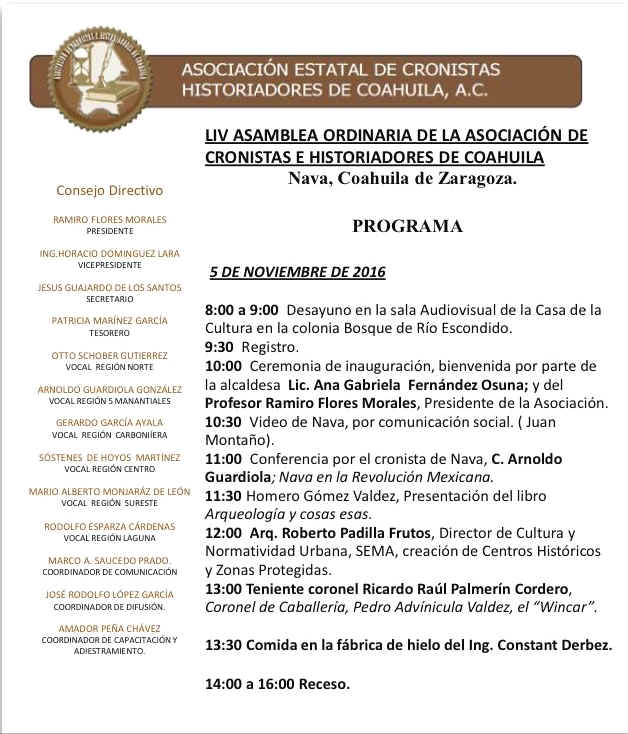
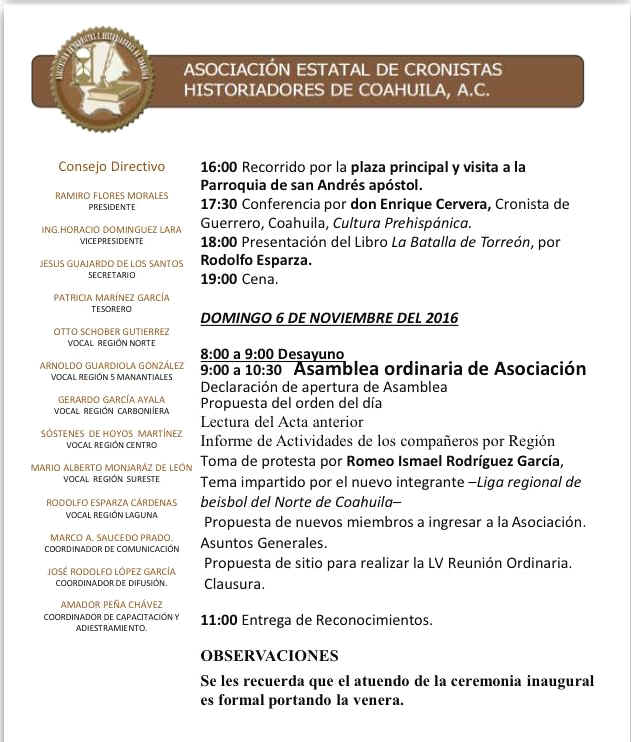
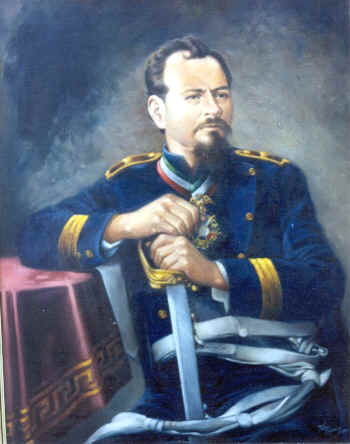 El ameritado Coronel de Caballerìa don Pedro Advìncula Valdès, falleció en San Juan de Sabinas, Coah. El dìa 13 de Agosto de 1887, a consecuencia de una hipertrofia del corazón, ocasionada por una aneurisma de la aorta descendente cuyas lesiones fueron desarrolladas por una antigua herida de arma de fuego que recibió atravezandole la caja toràxica, según informes de personas fidedignas en un combate que sostuvo el año de 1872, cerca de Lampazos, N.L. con las fuerzas levantadas al mando del Coronel Rosalìo Rubio, en defensa del Gobierno Federal legítimamente constituido y representado entonces por el Sr. Presidente don Benito Juàrez.
El ameritado Coronel de Caballerìa don Pedro Advìncula Valdès, falleció en San Juan de Sabinas, Coah. El dìa 13 de Agosto de 1887, a consecuencia de una hipertrofia del corazón, ocasionada por una aneurisma de la aorta descendente cuyas lesiones fueron desarrolladas por una antigua herida de arma de fuego que recibió atravezandole la caja toràxica, según informes de personas fidedignas en un combate que sostuvo el año de 1872, cerca de Lampazos, N.L. con las fuerzas levantadas al mando del Coronel Rosalìo Rubio, en defensa del Gobierno Federal legítimamente constituido y representado entonces por el Sr. Presidente don Benito Juàrez. 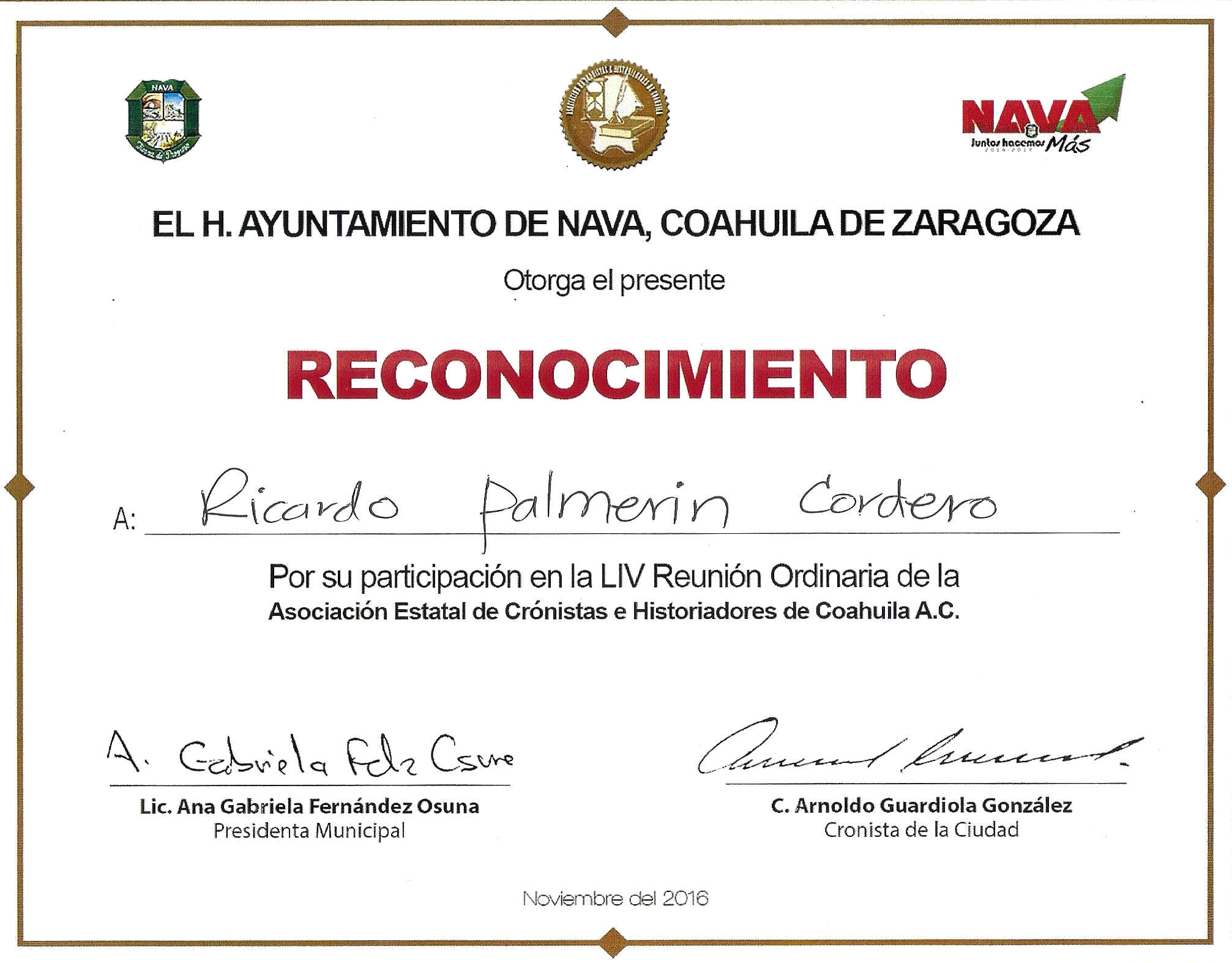
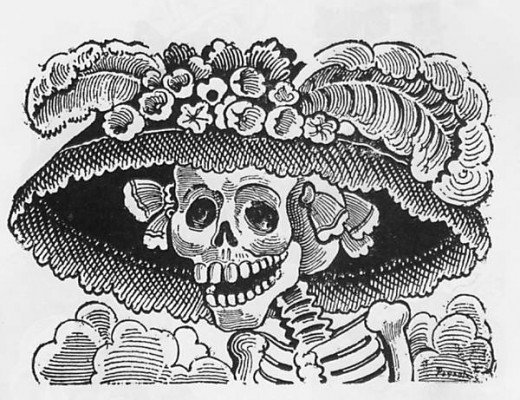
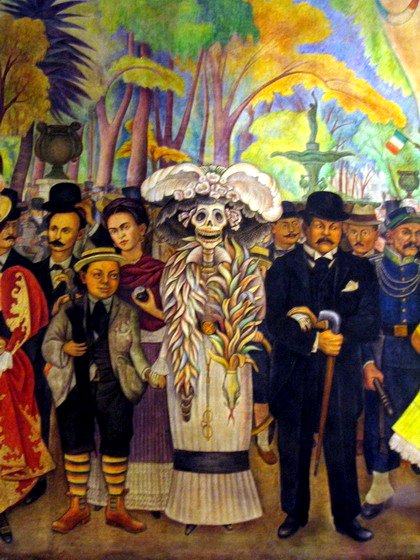 Cultural importance
Cultural importance